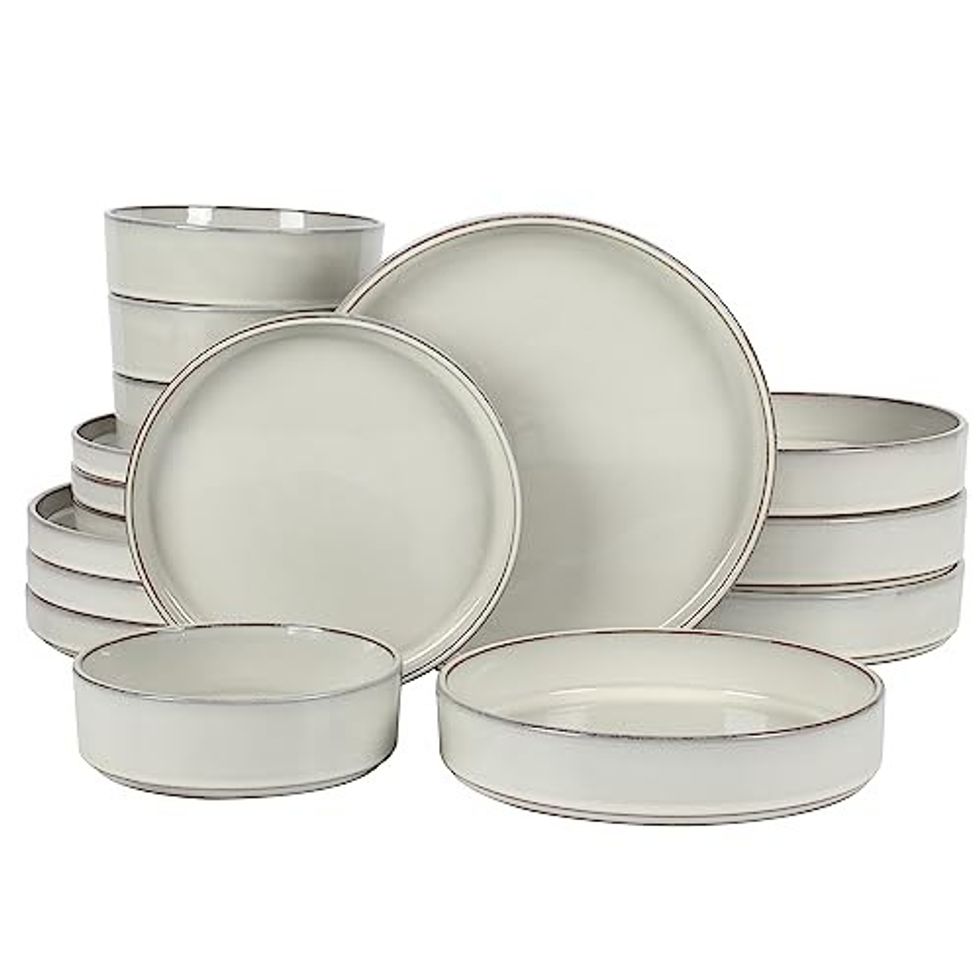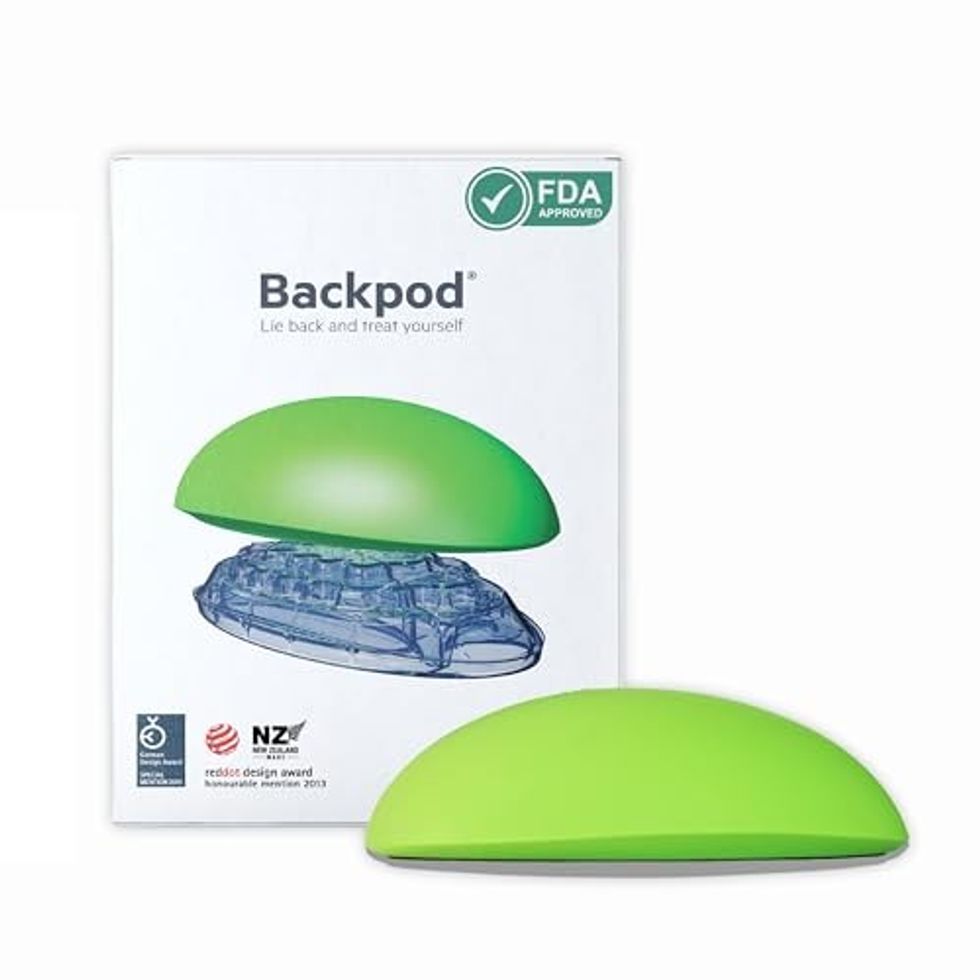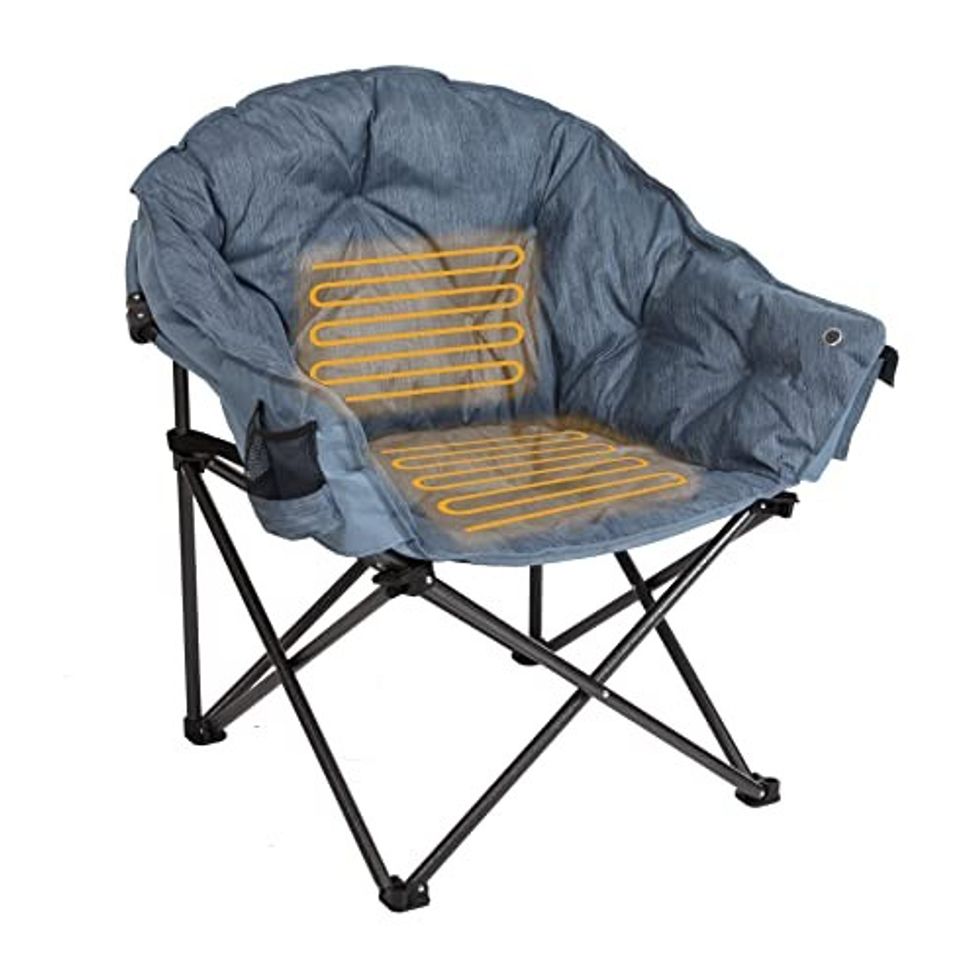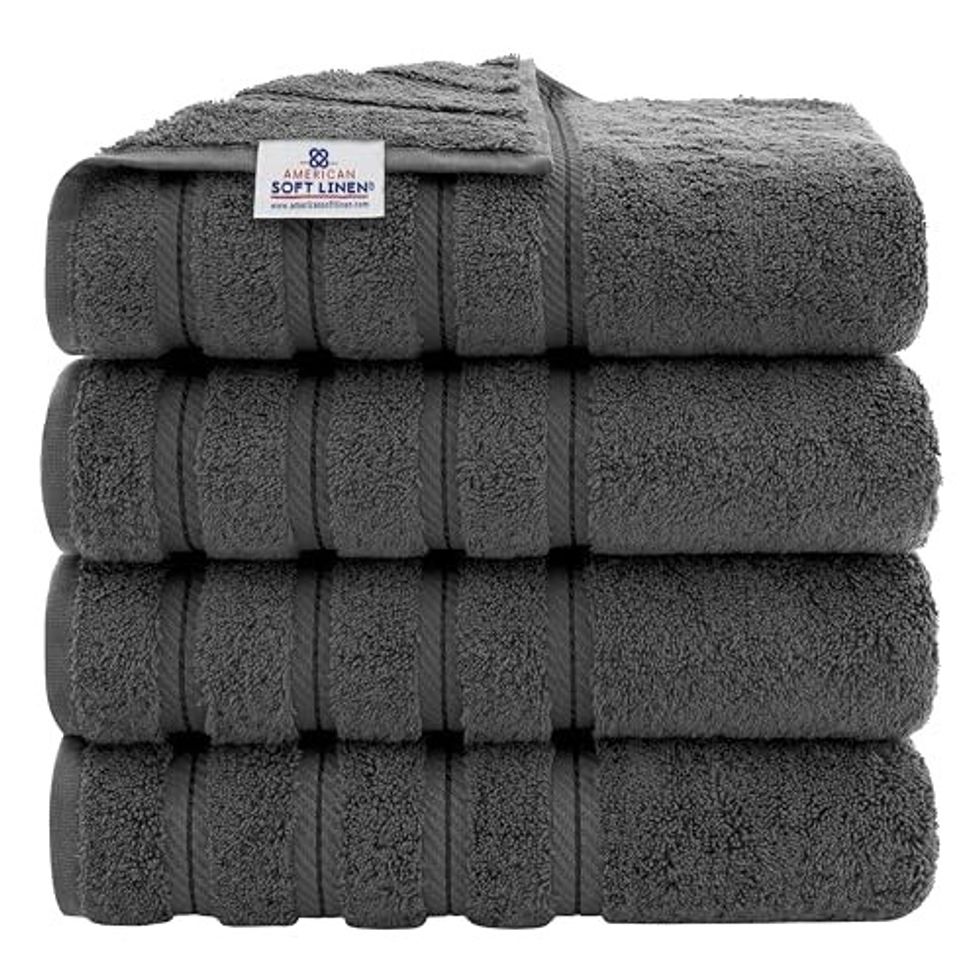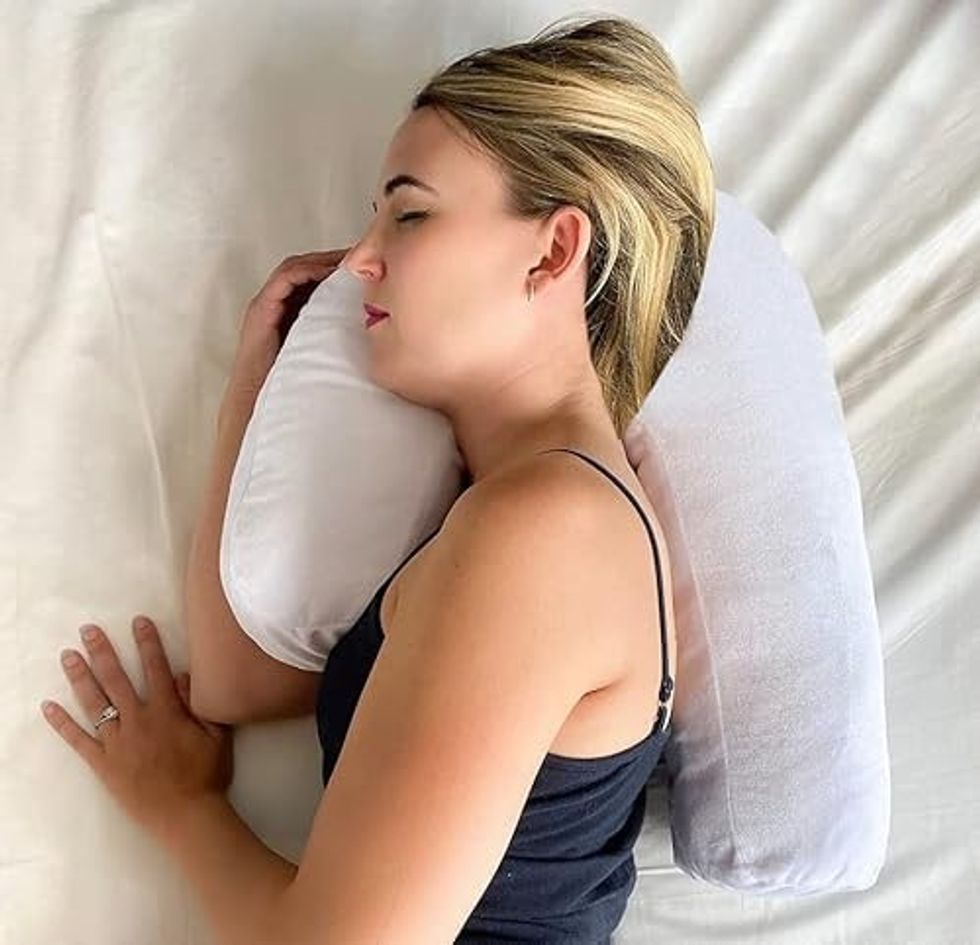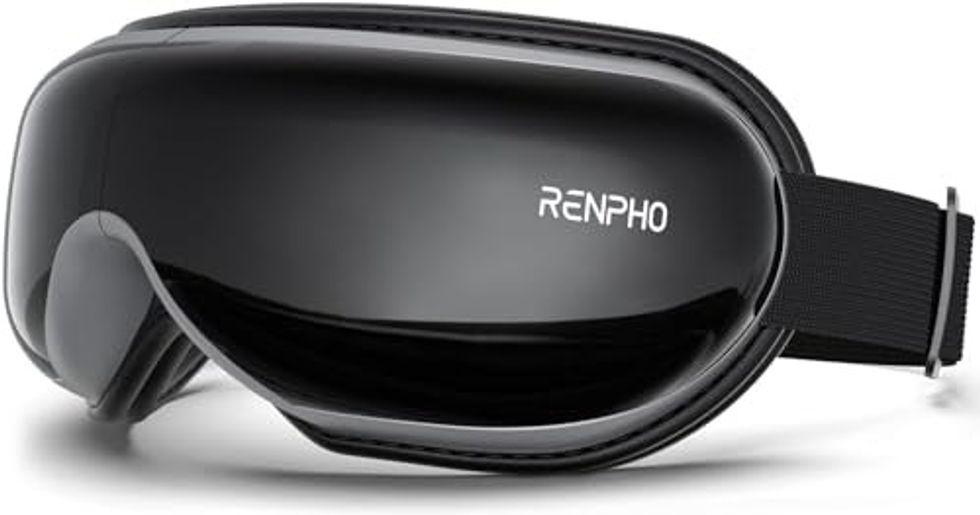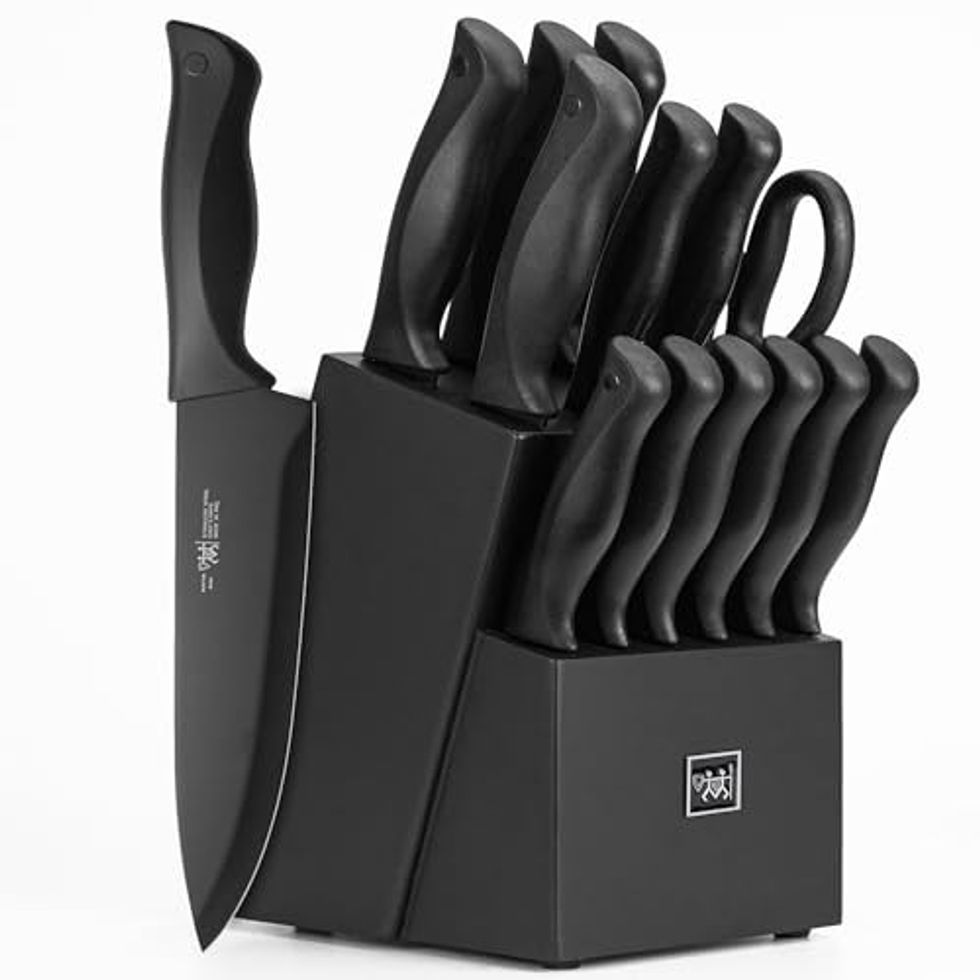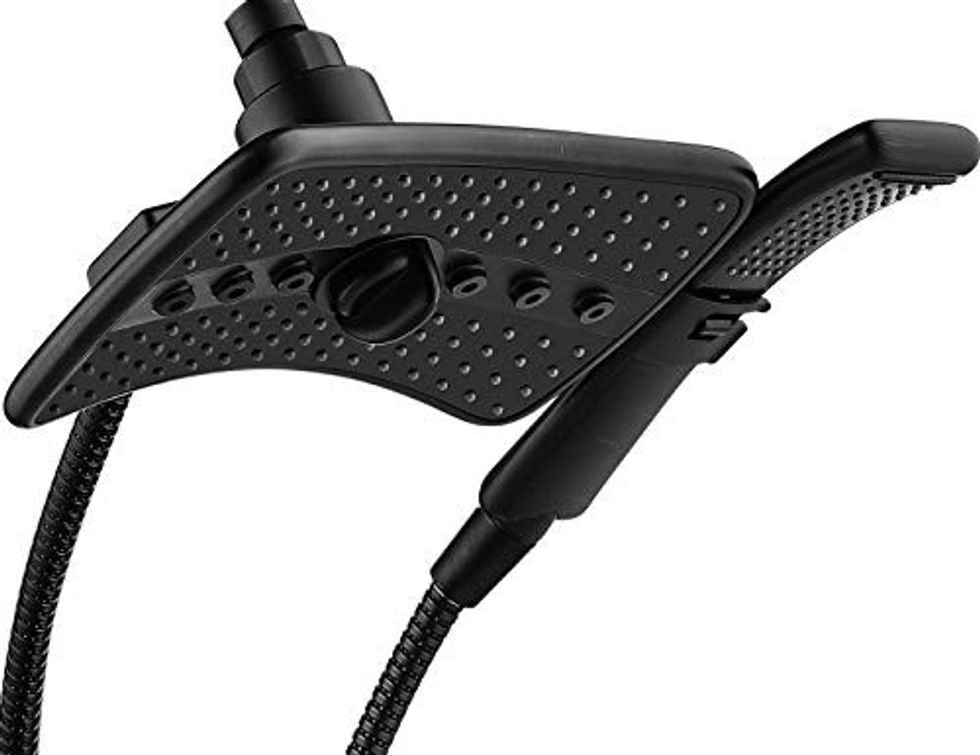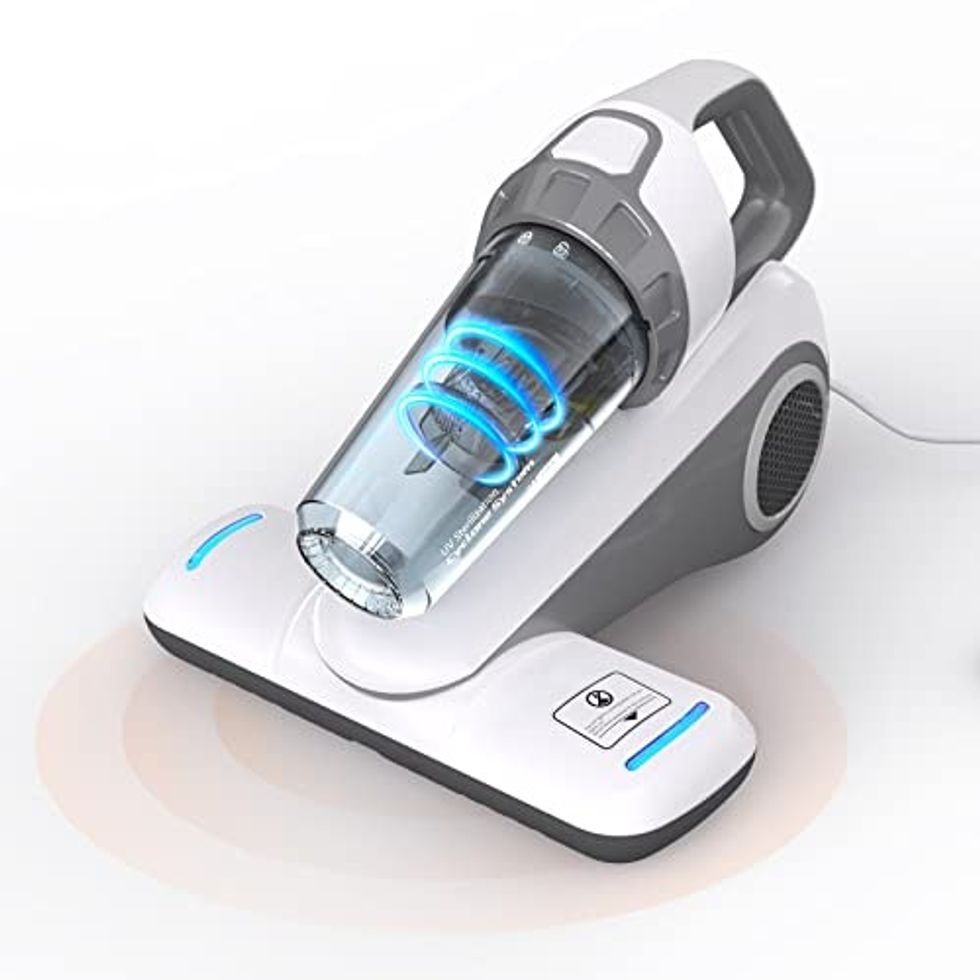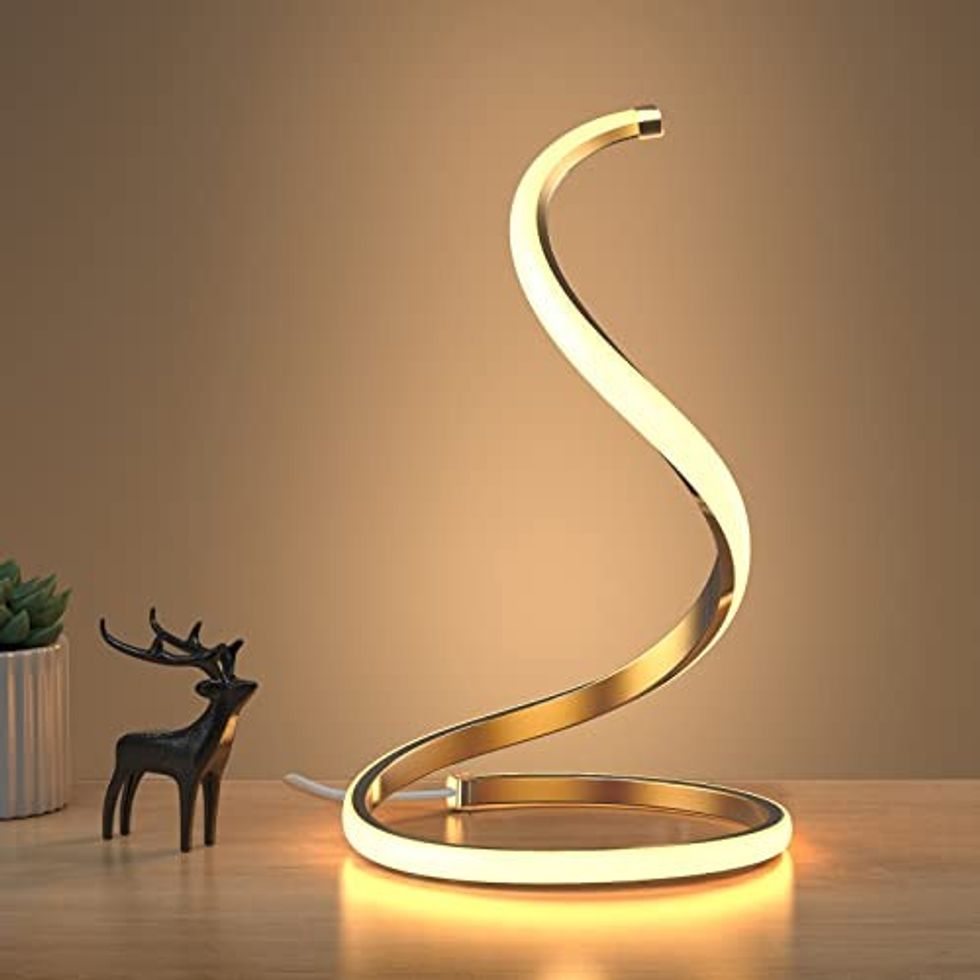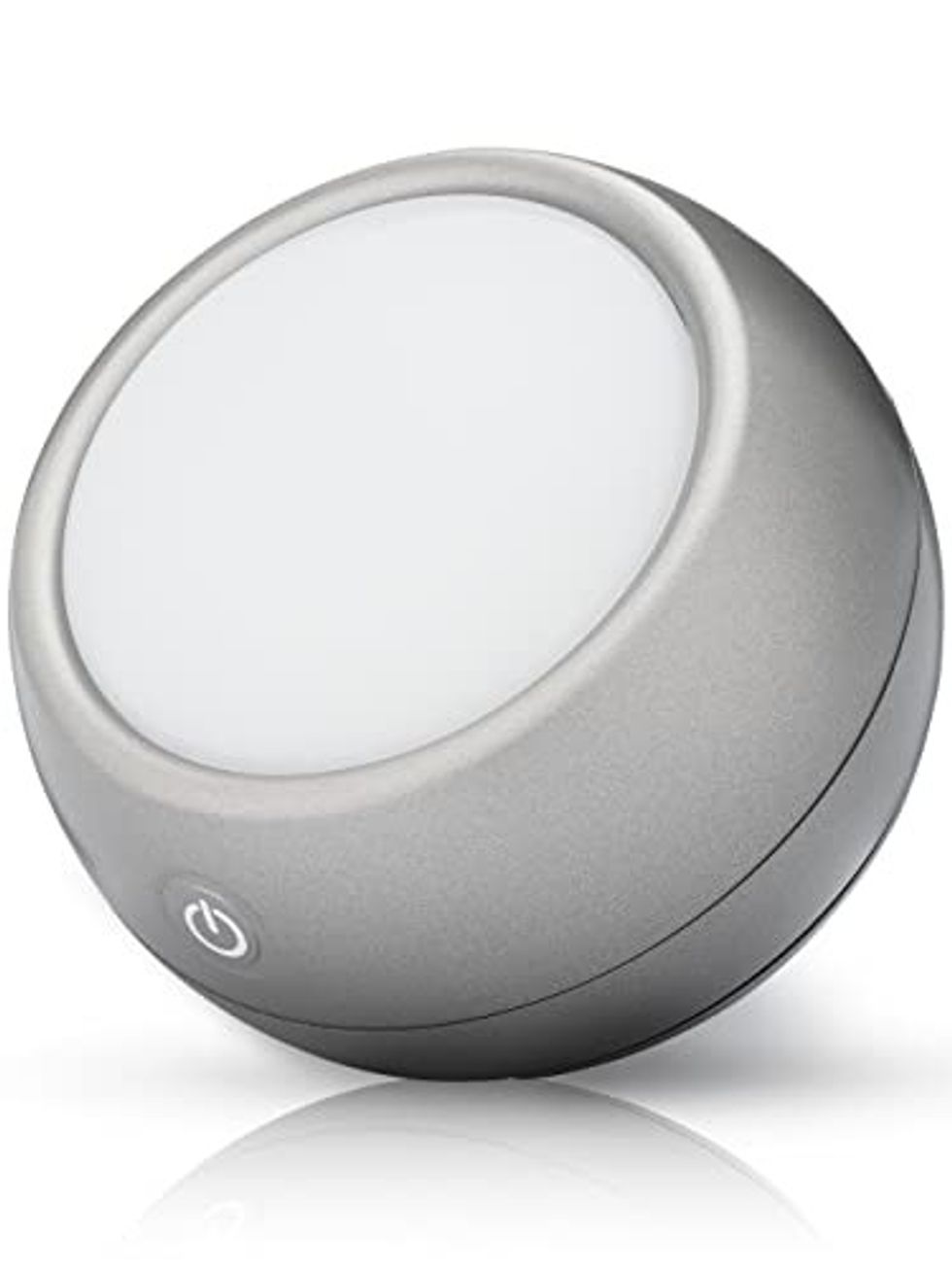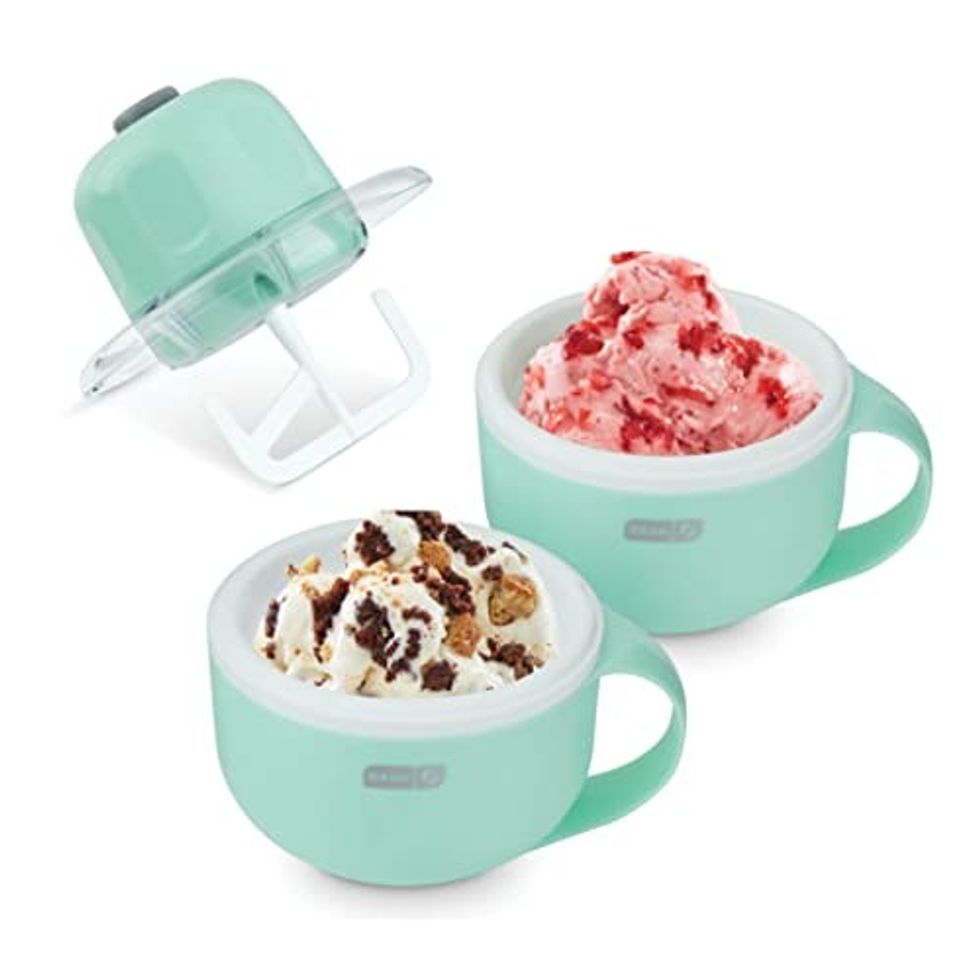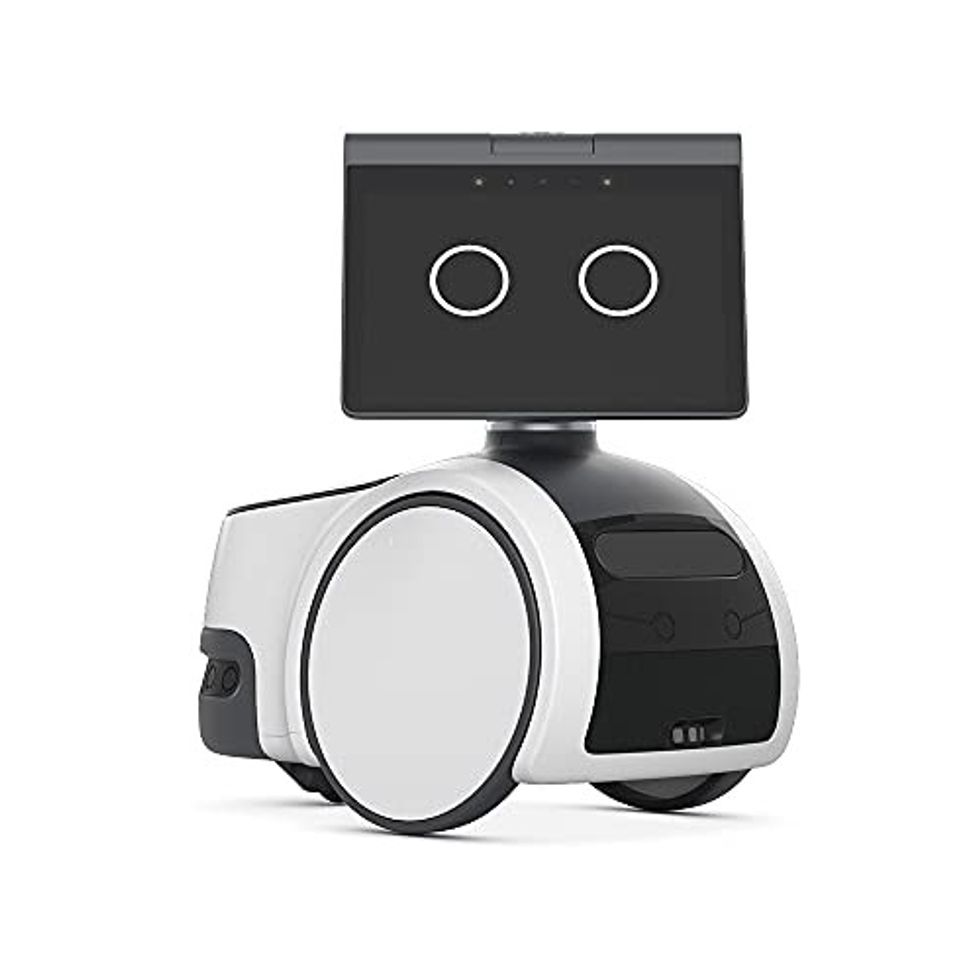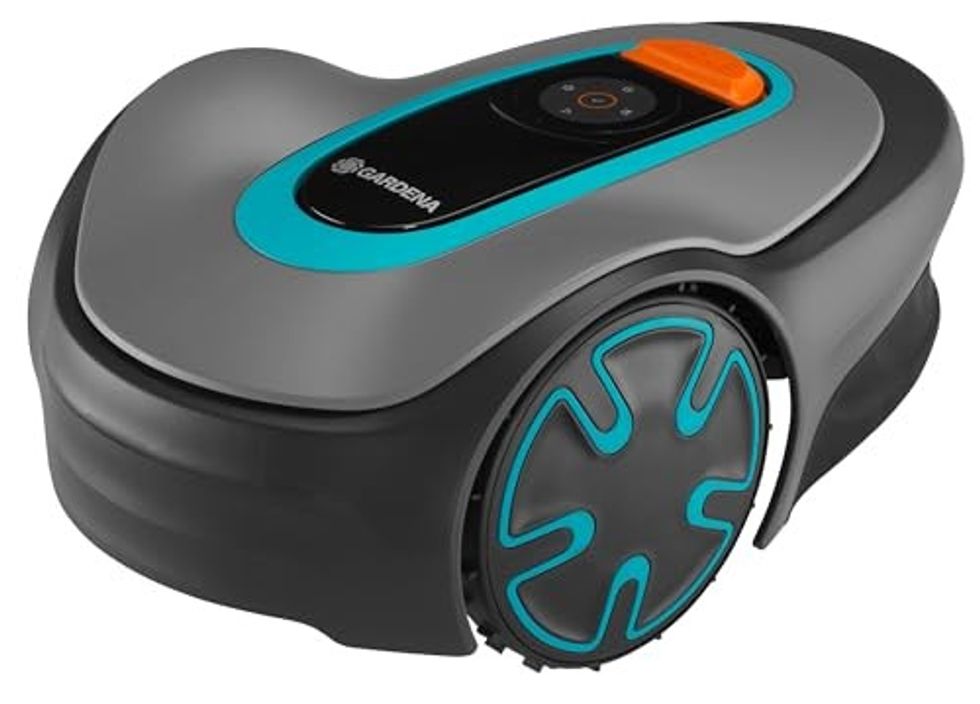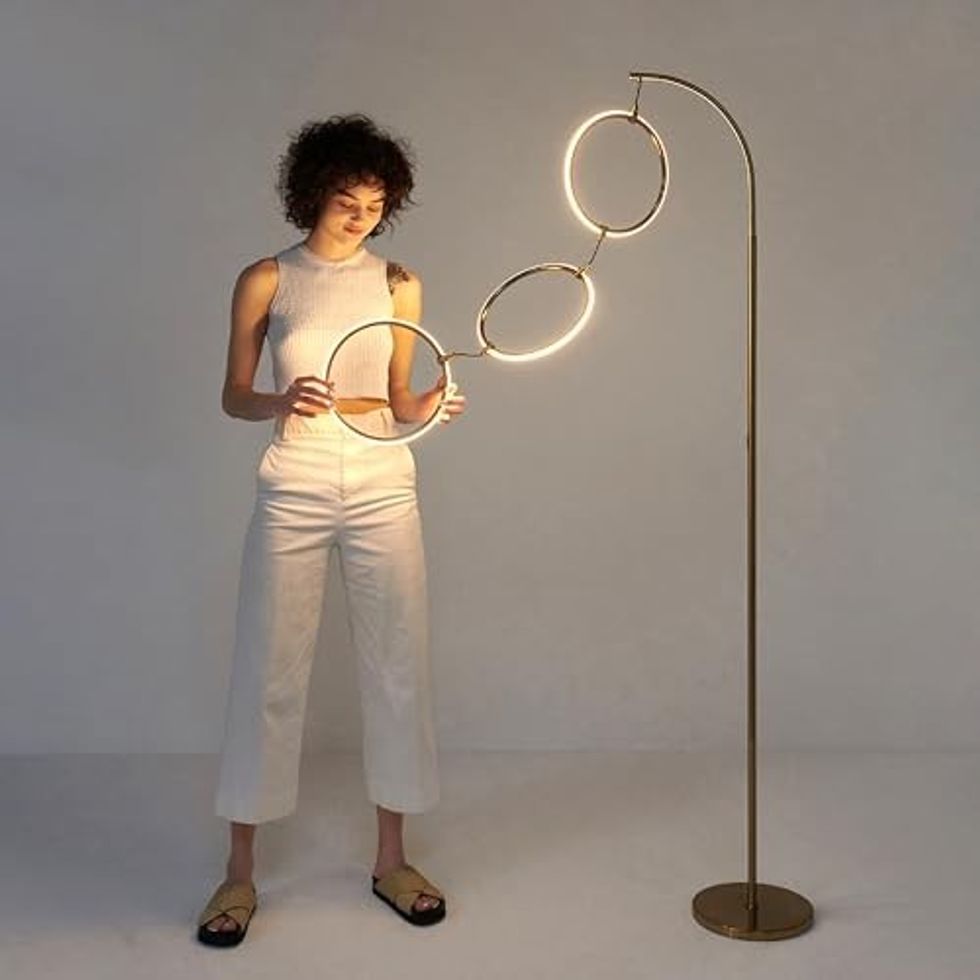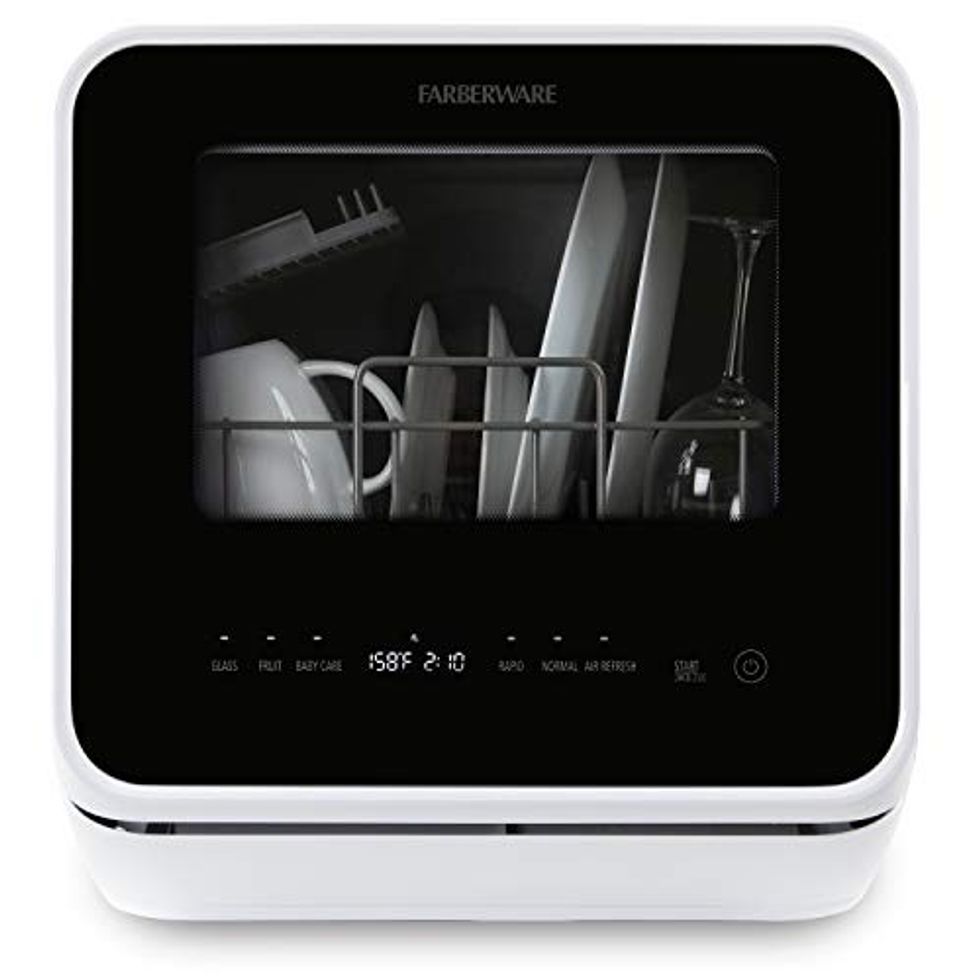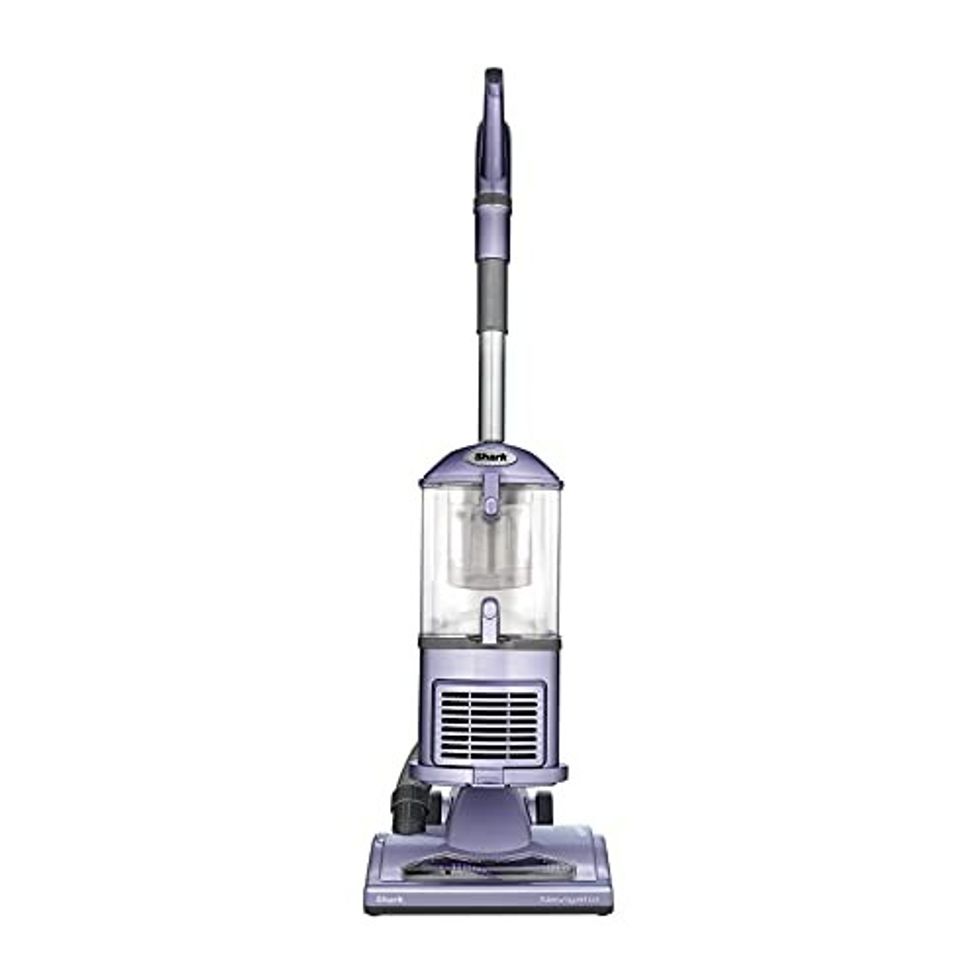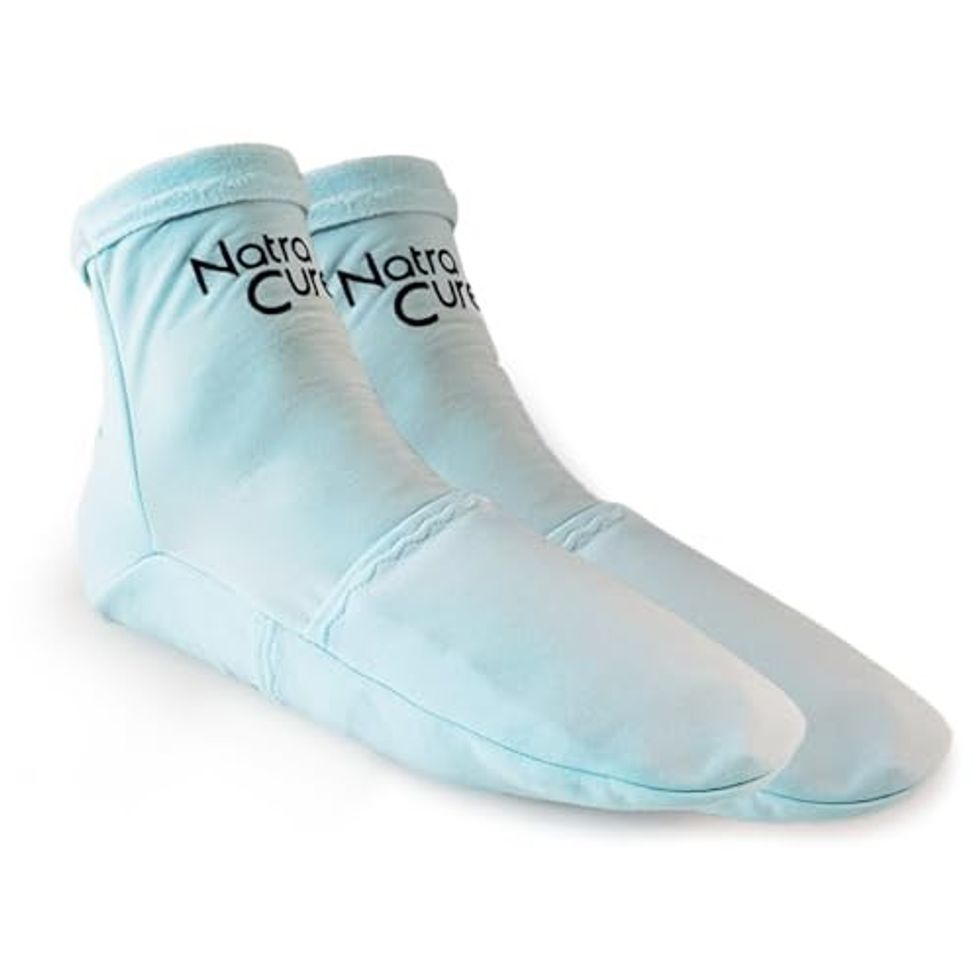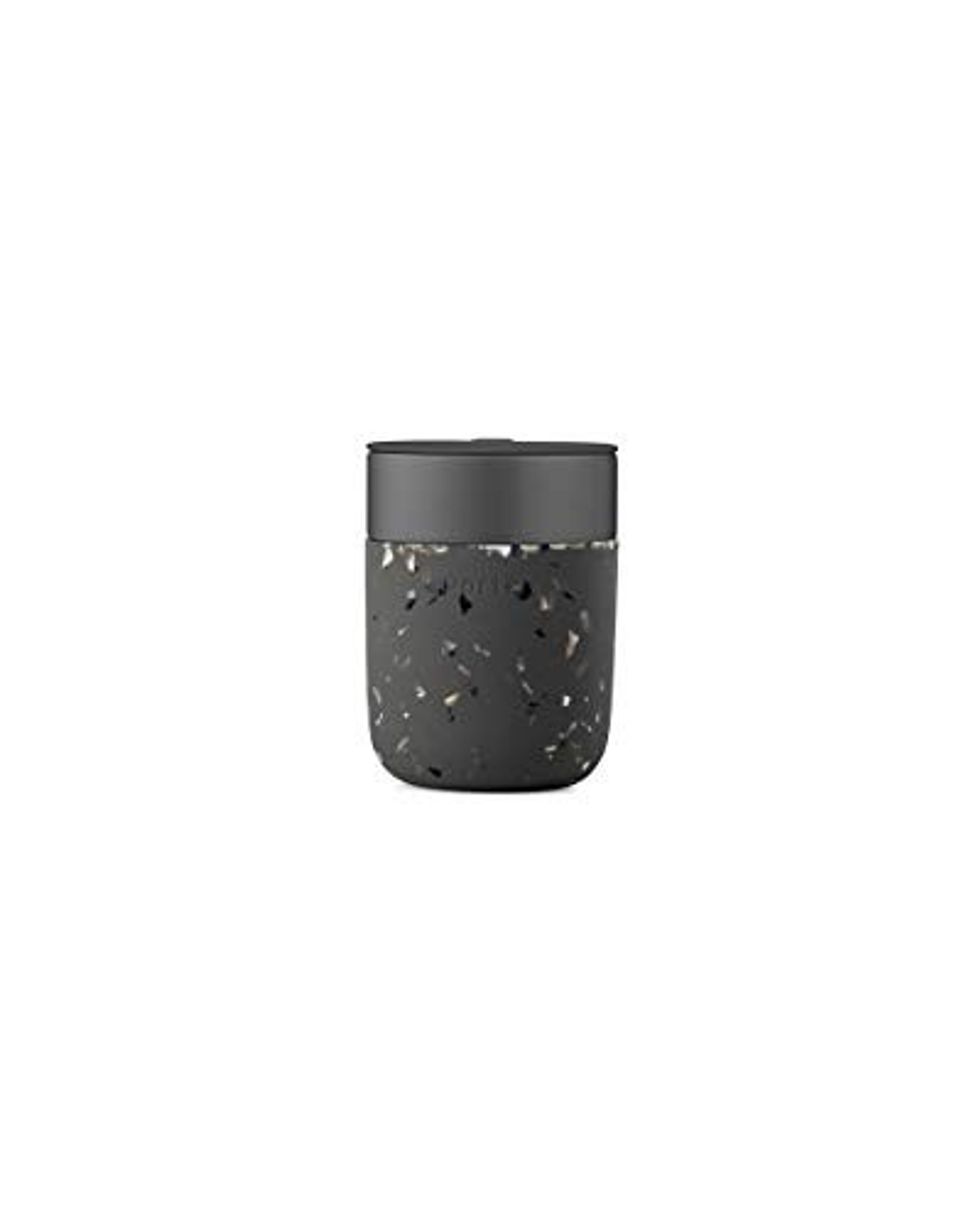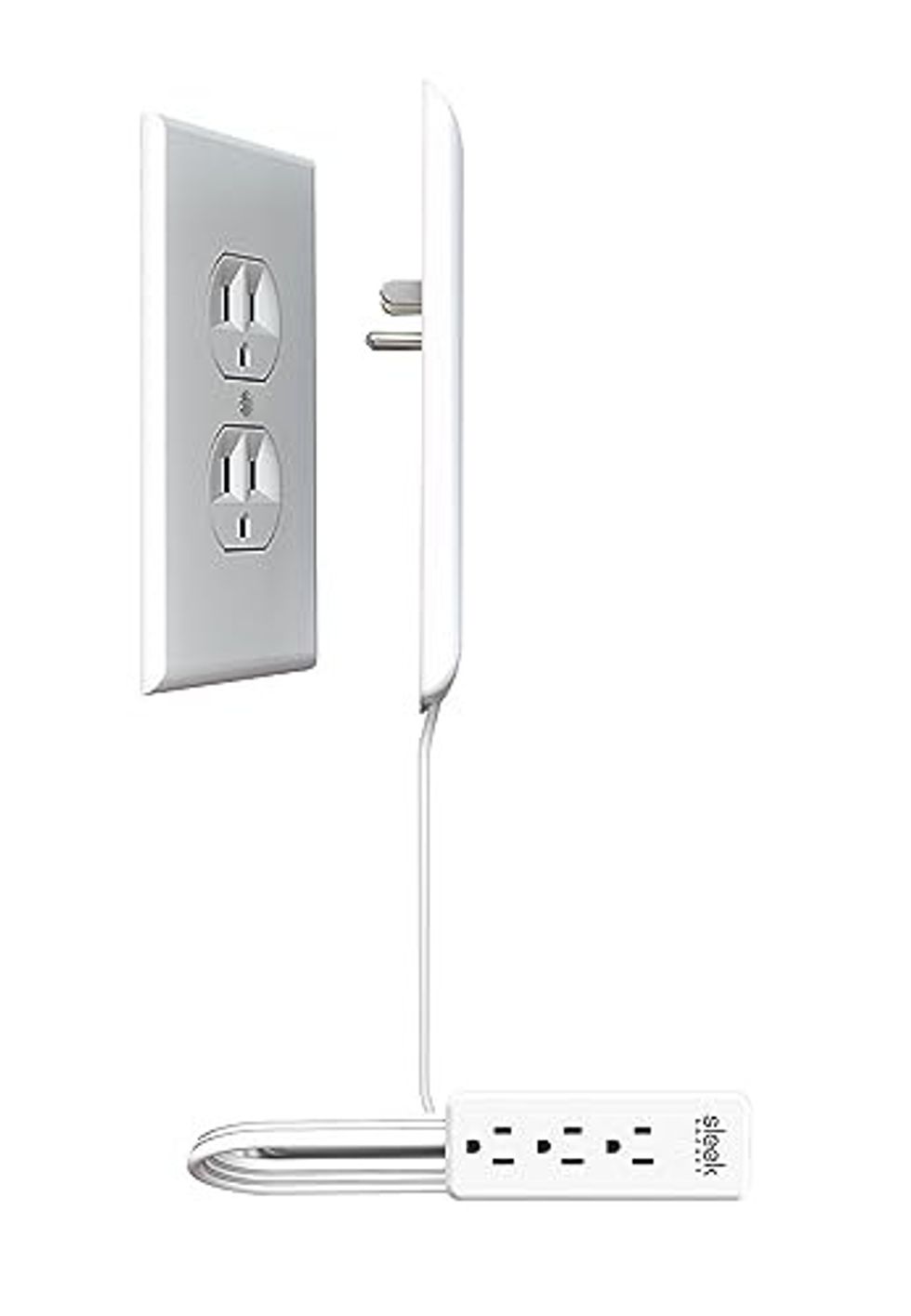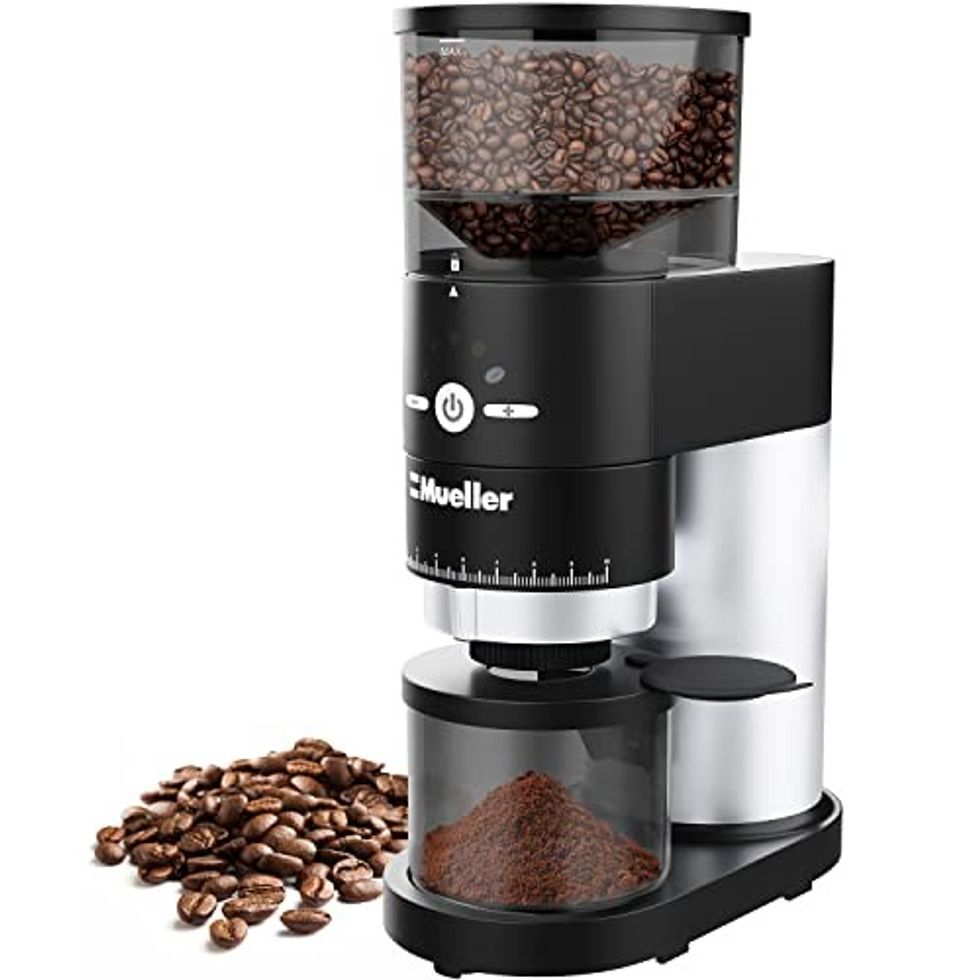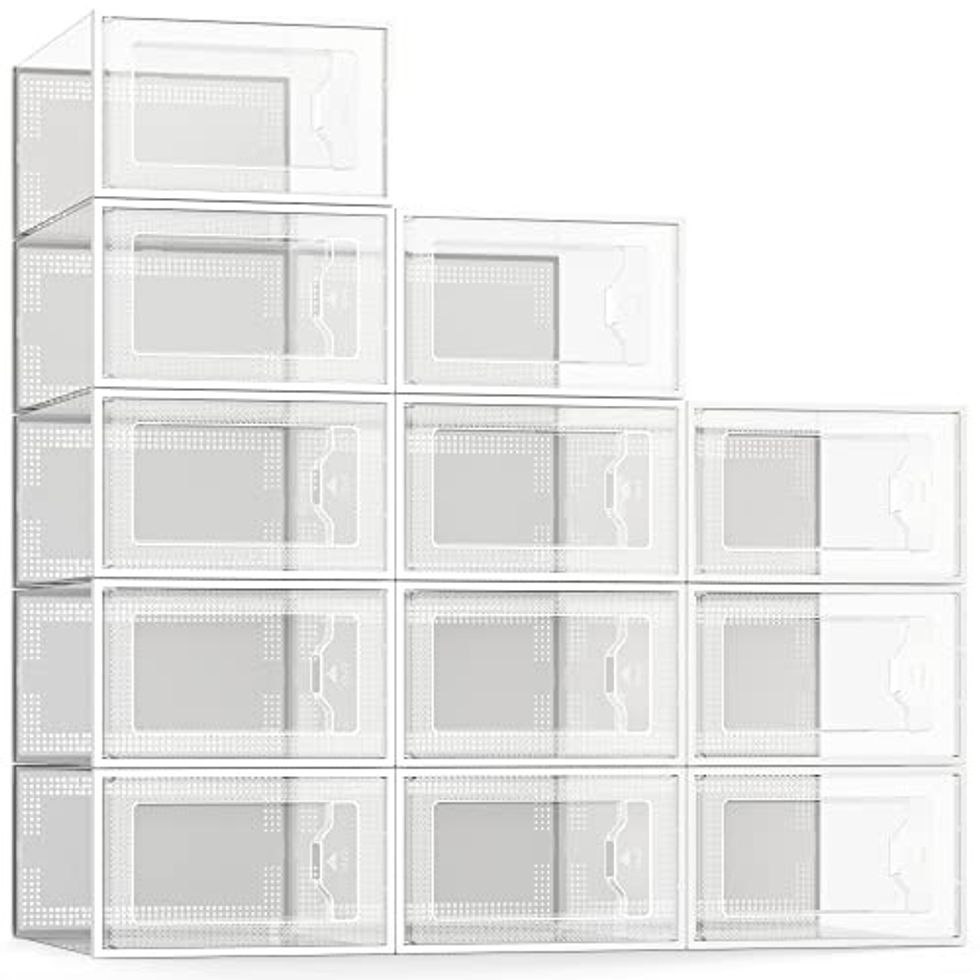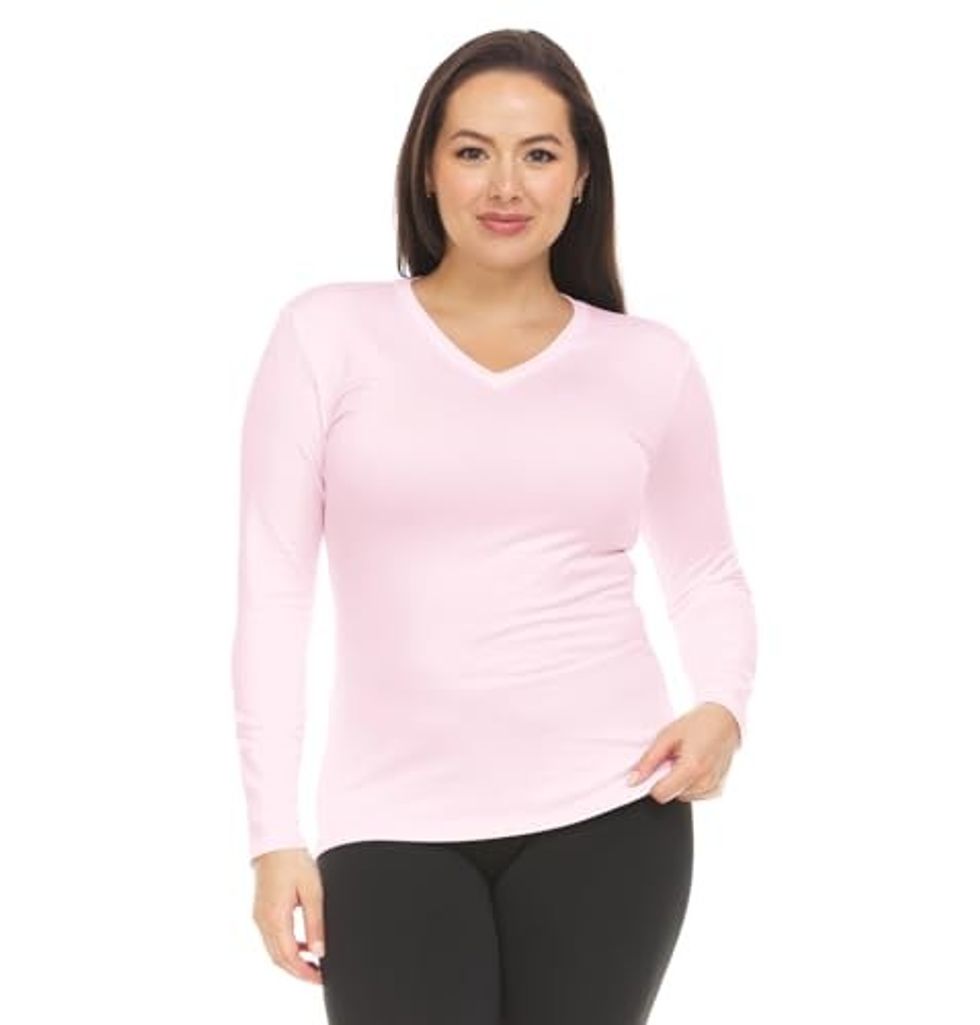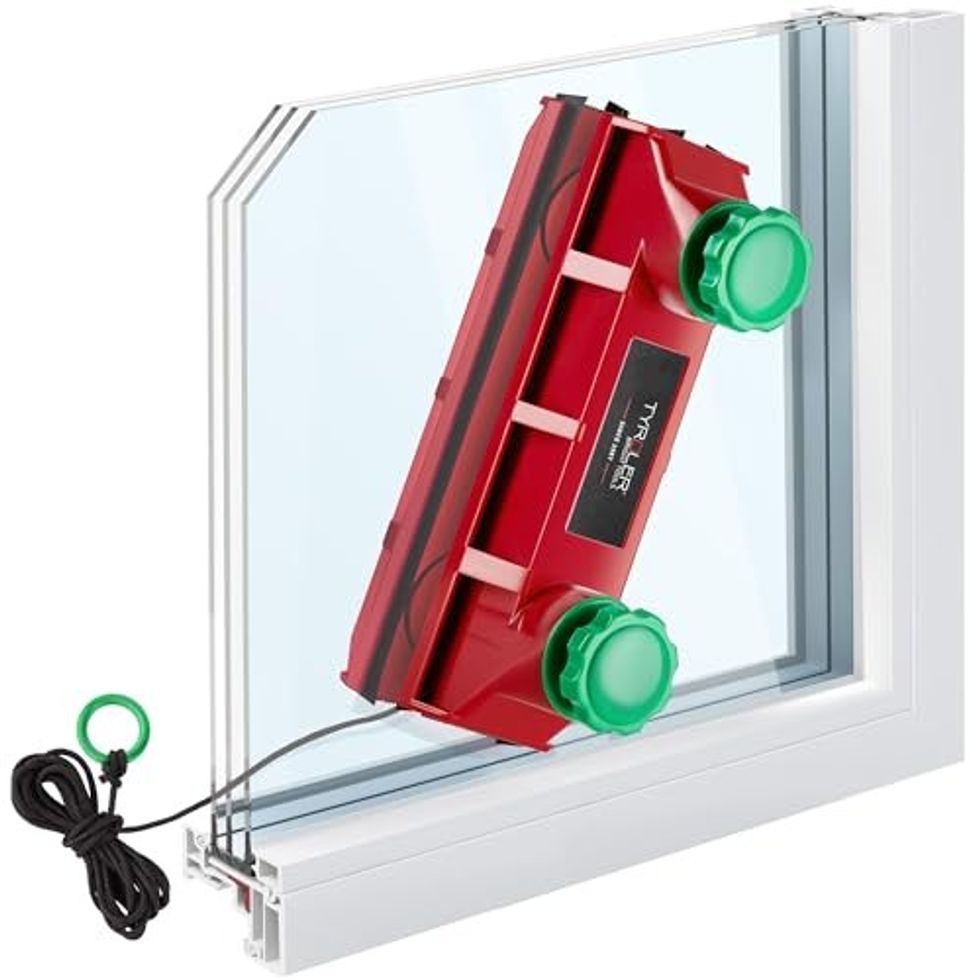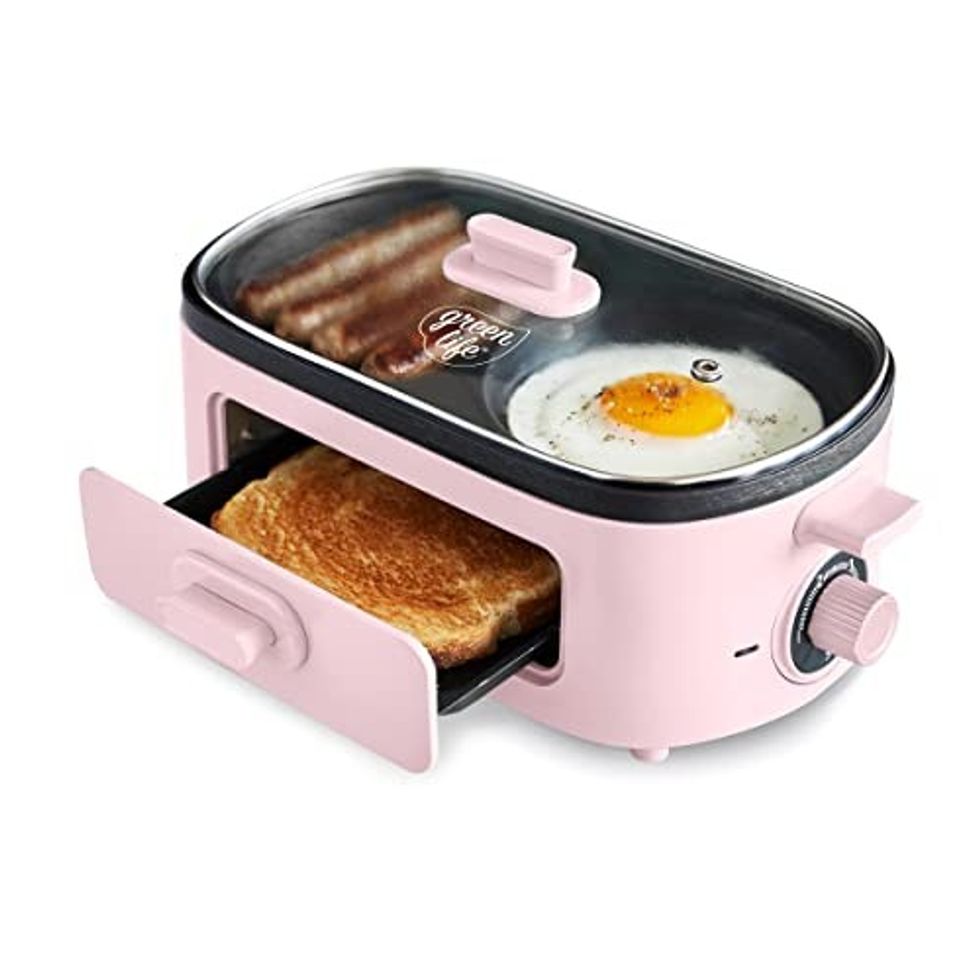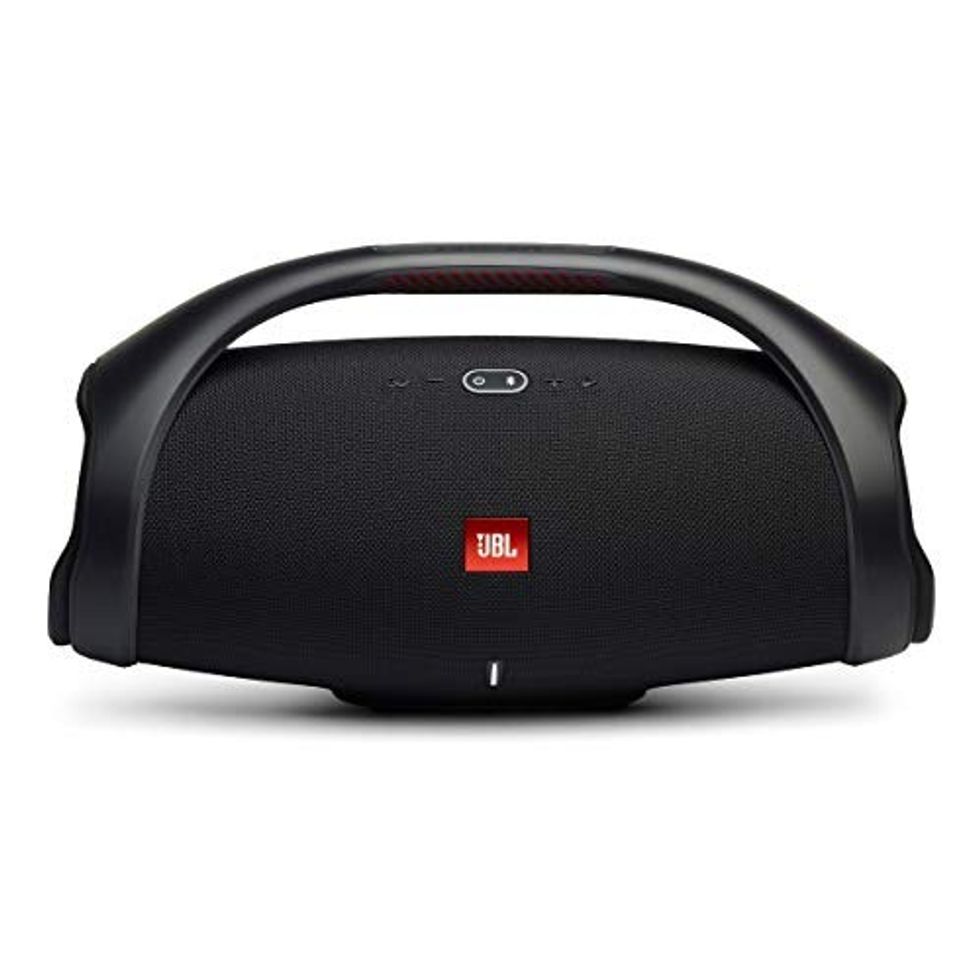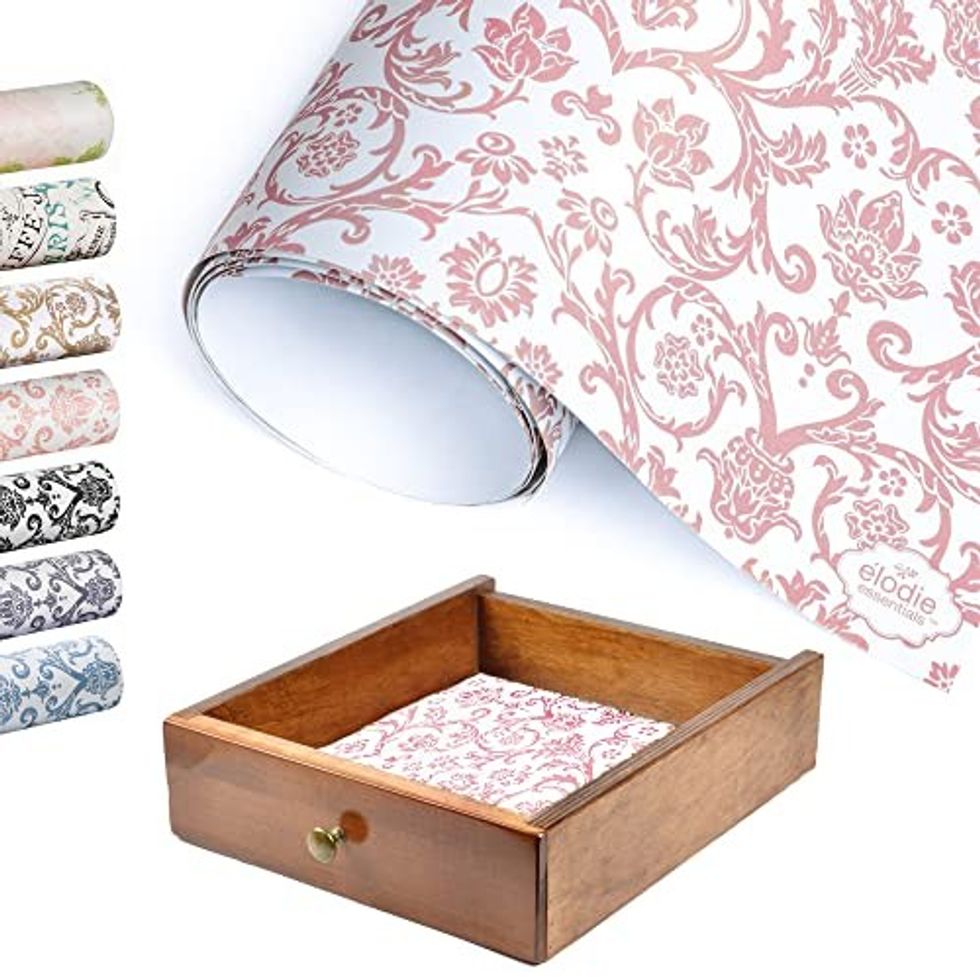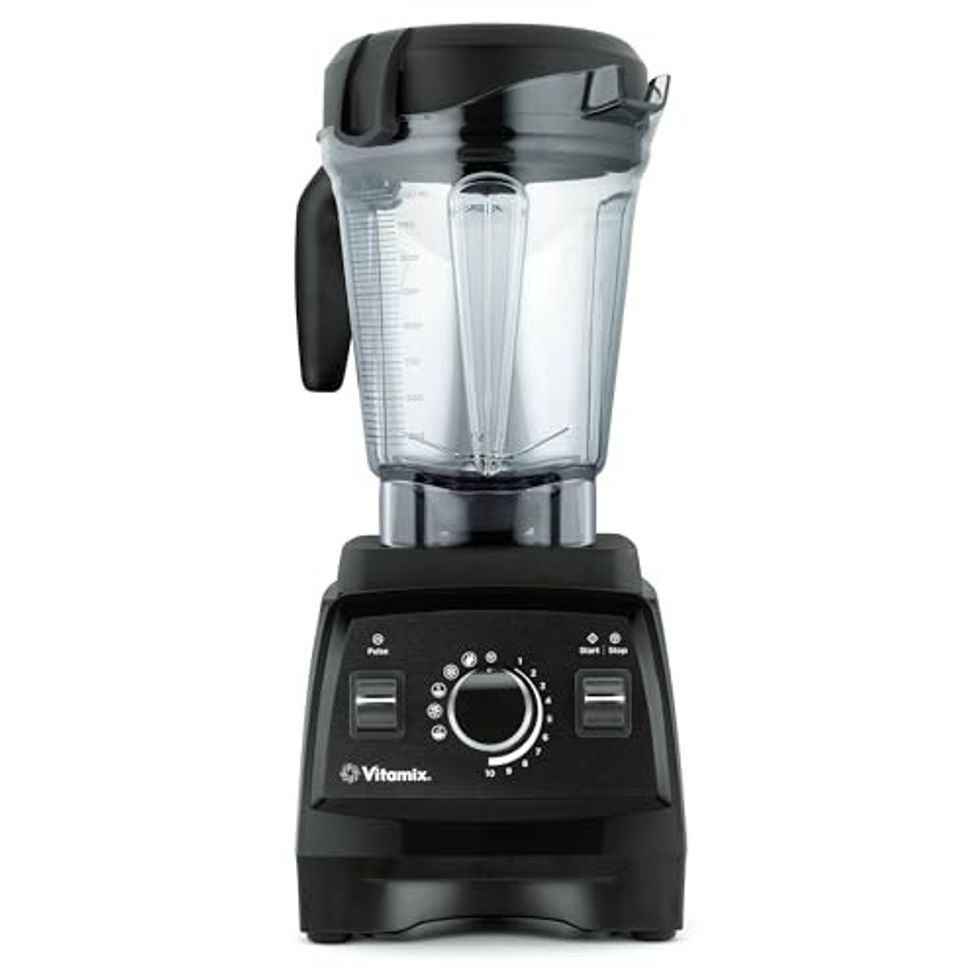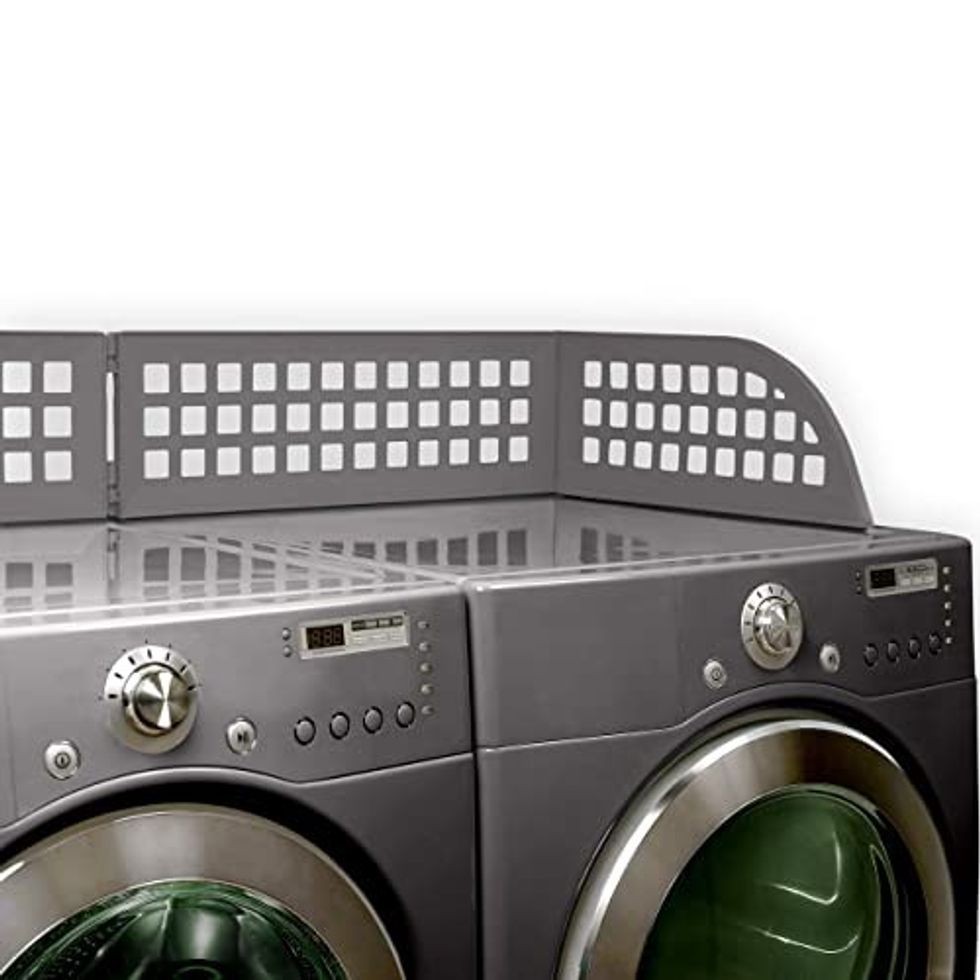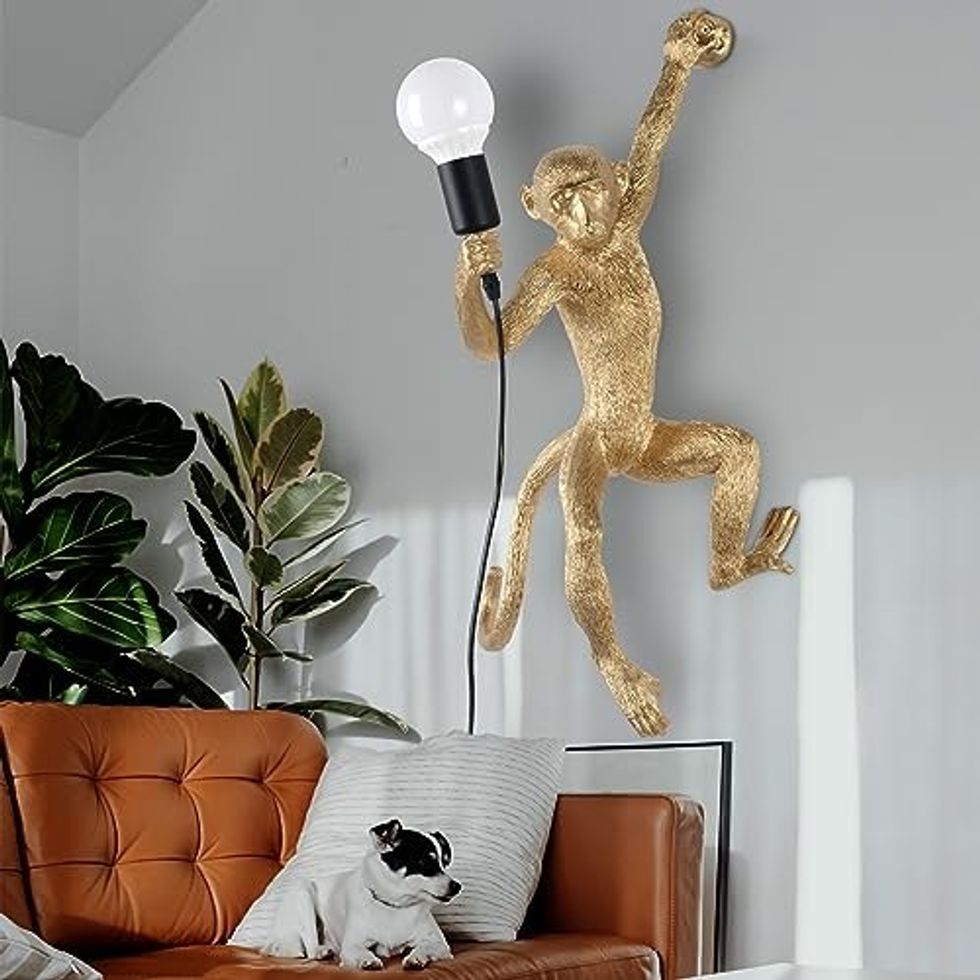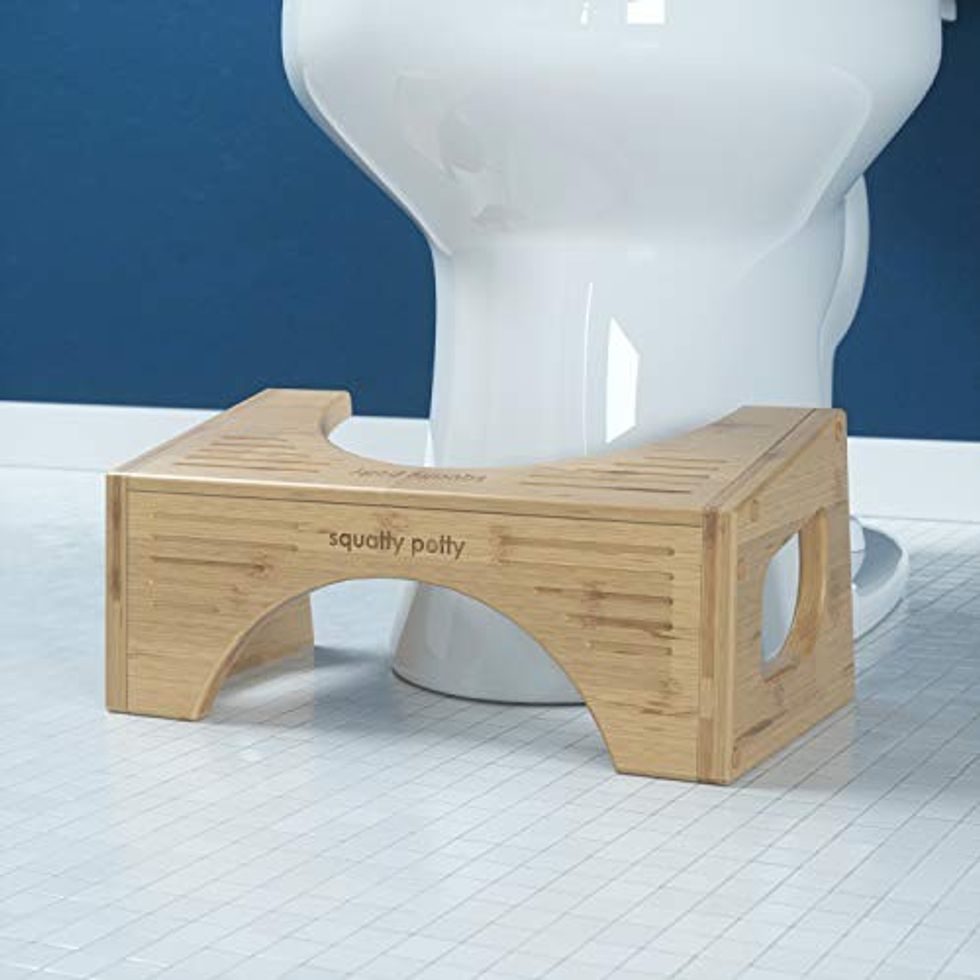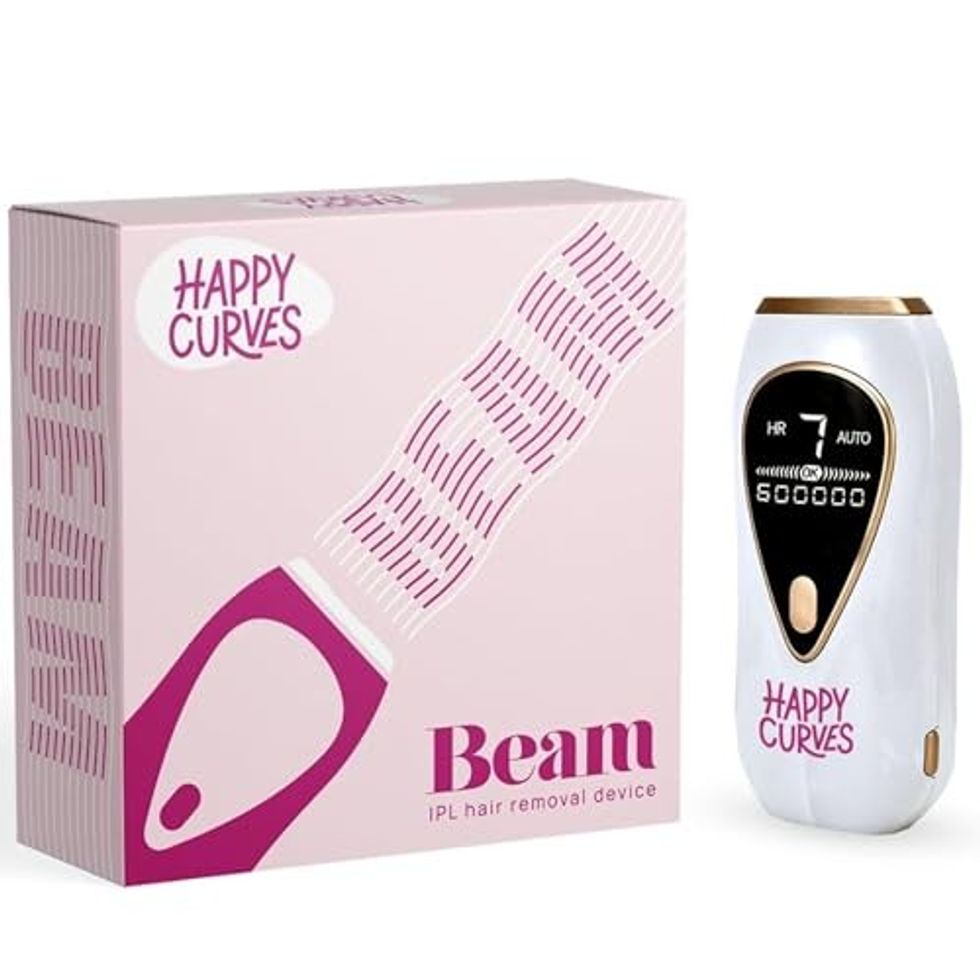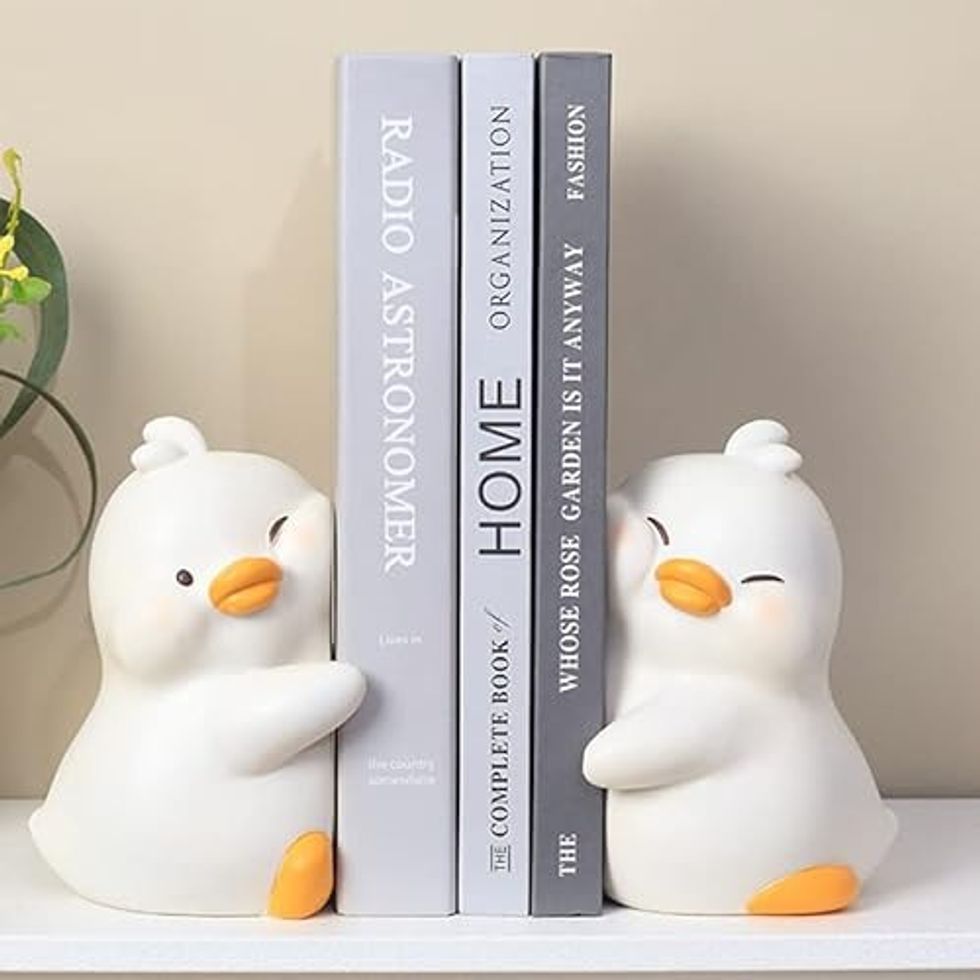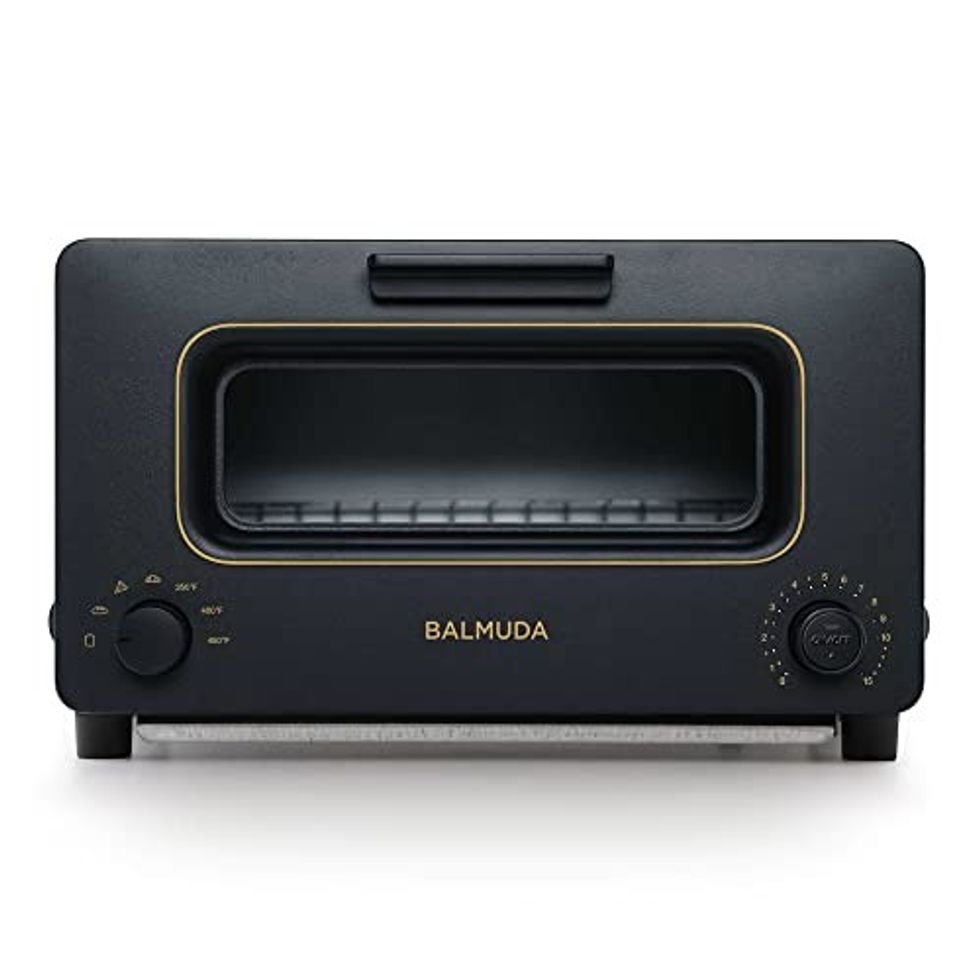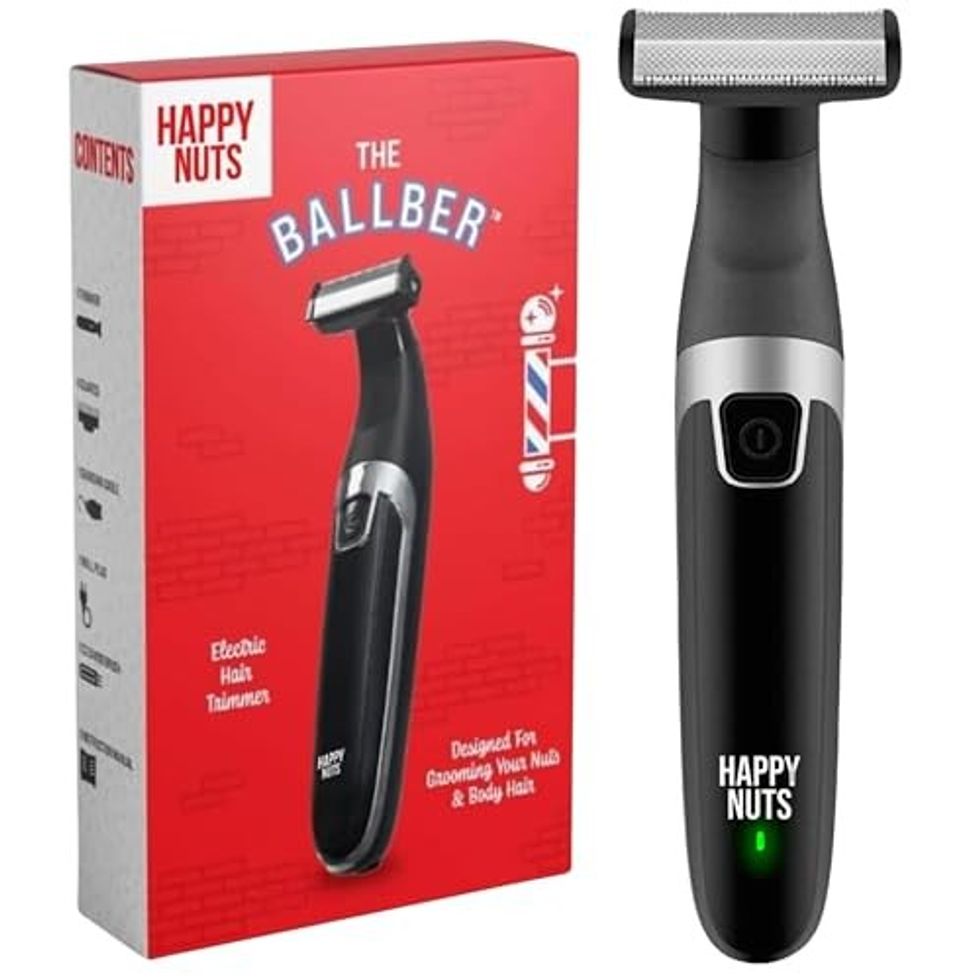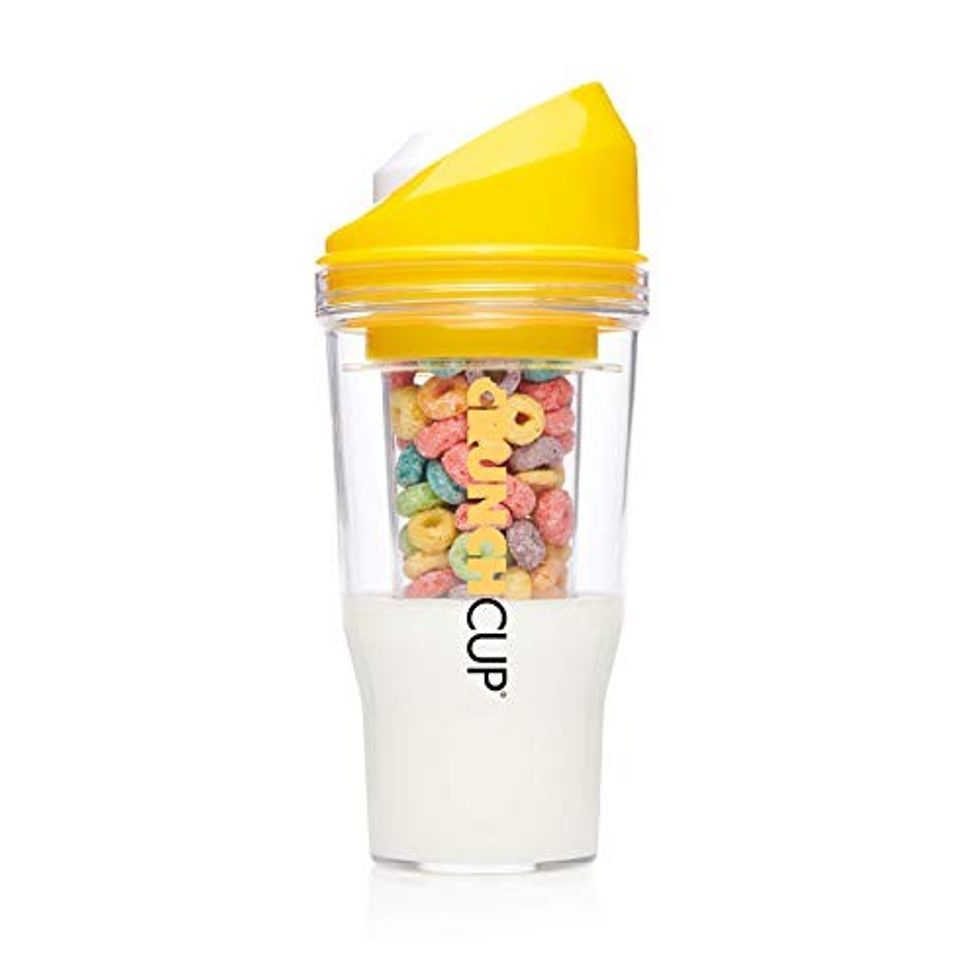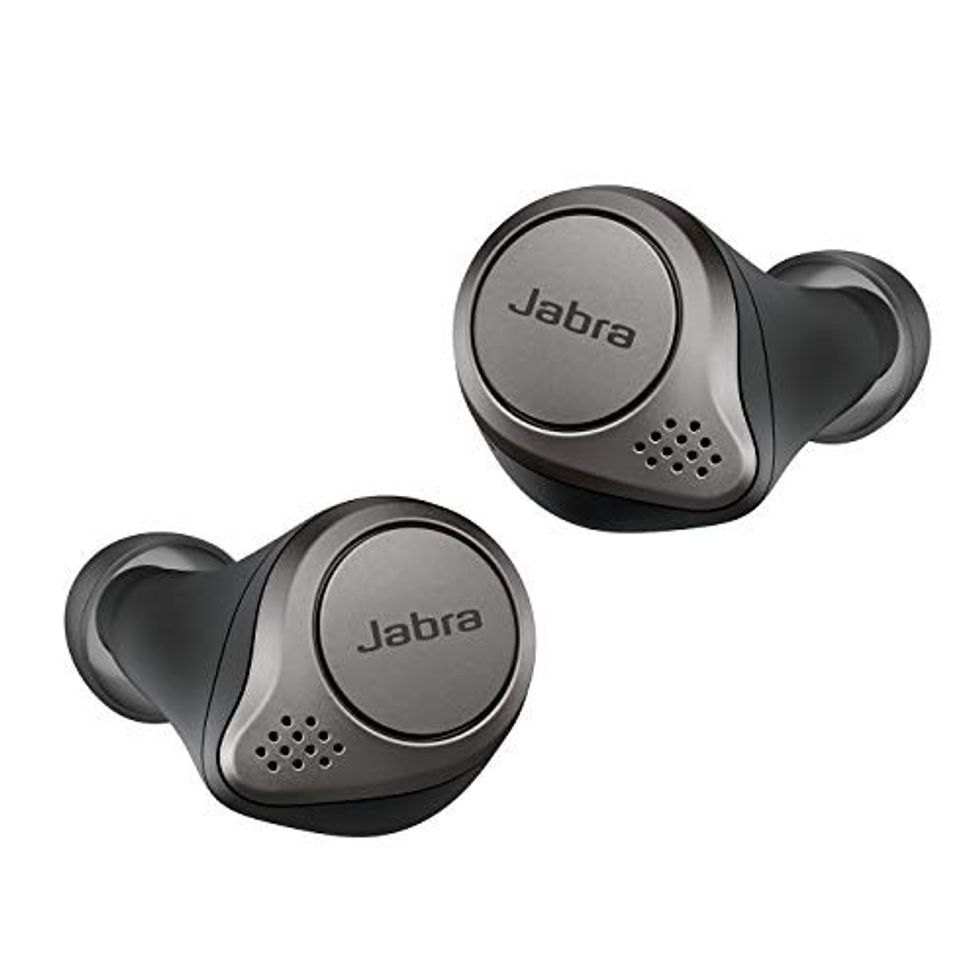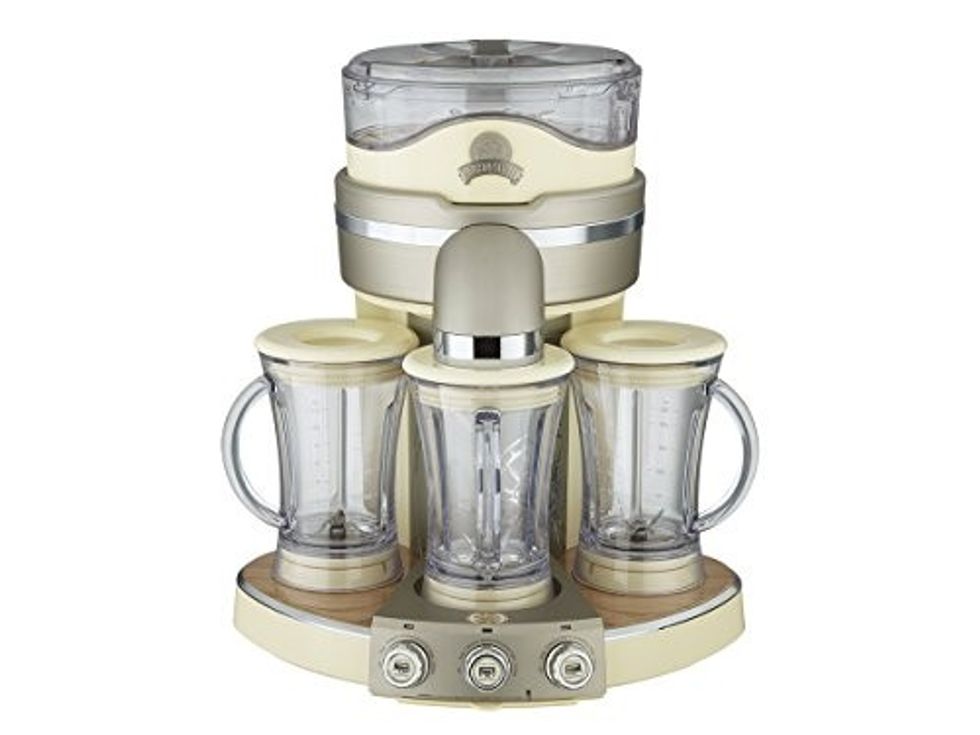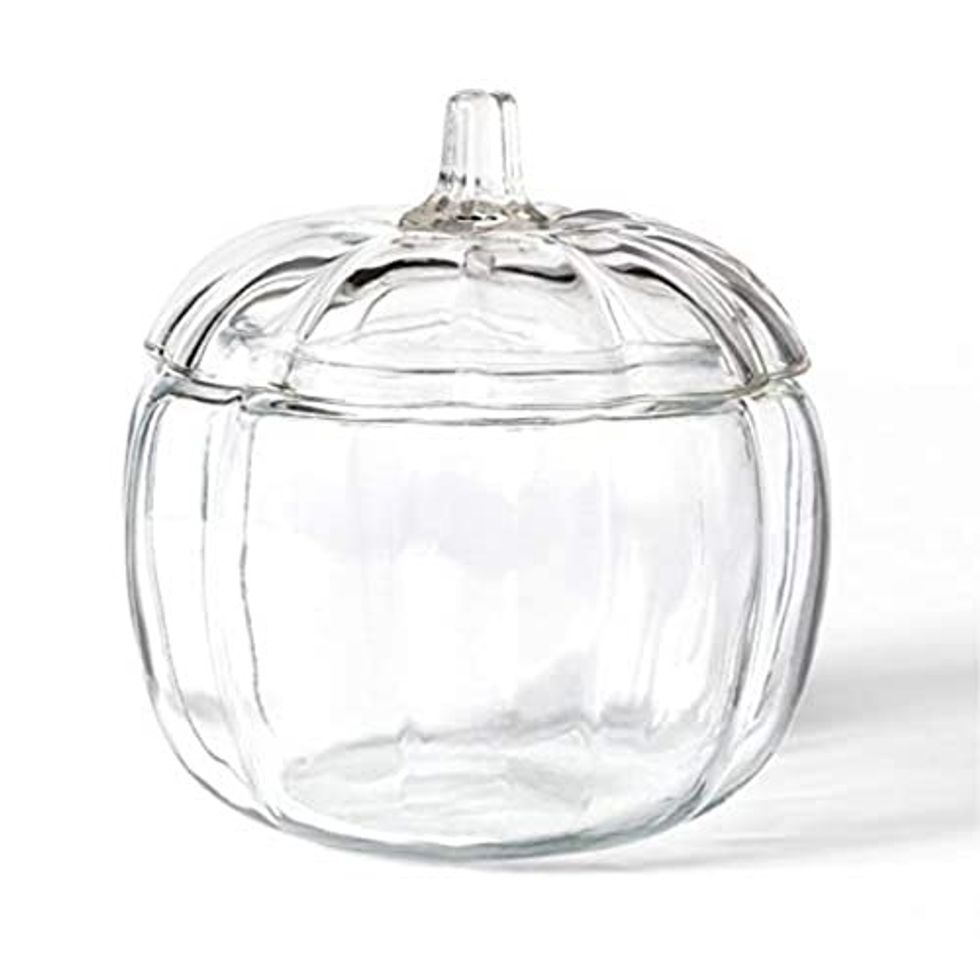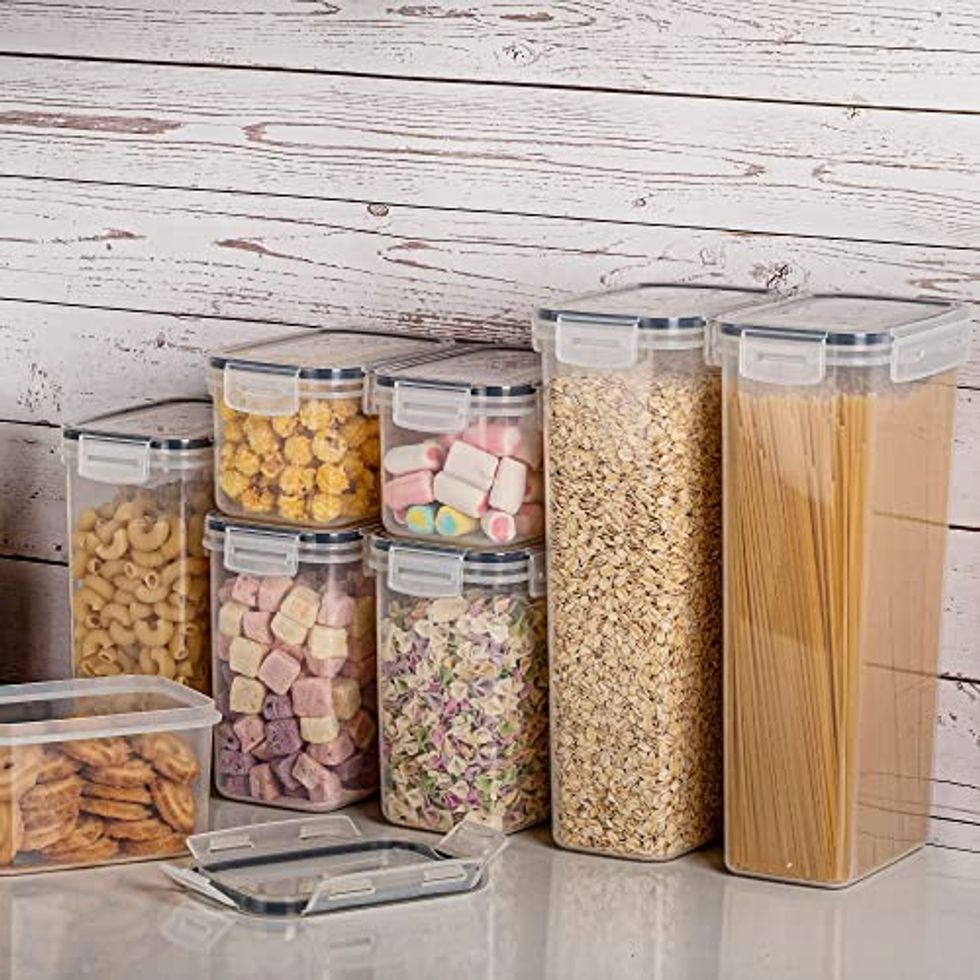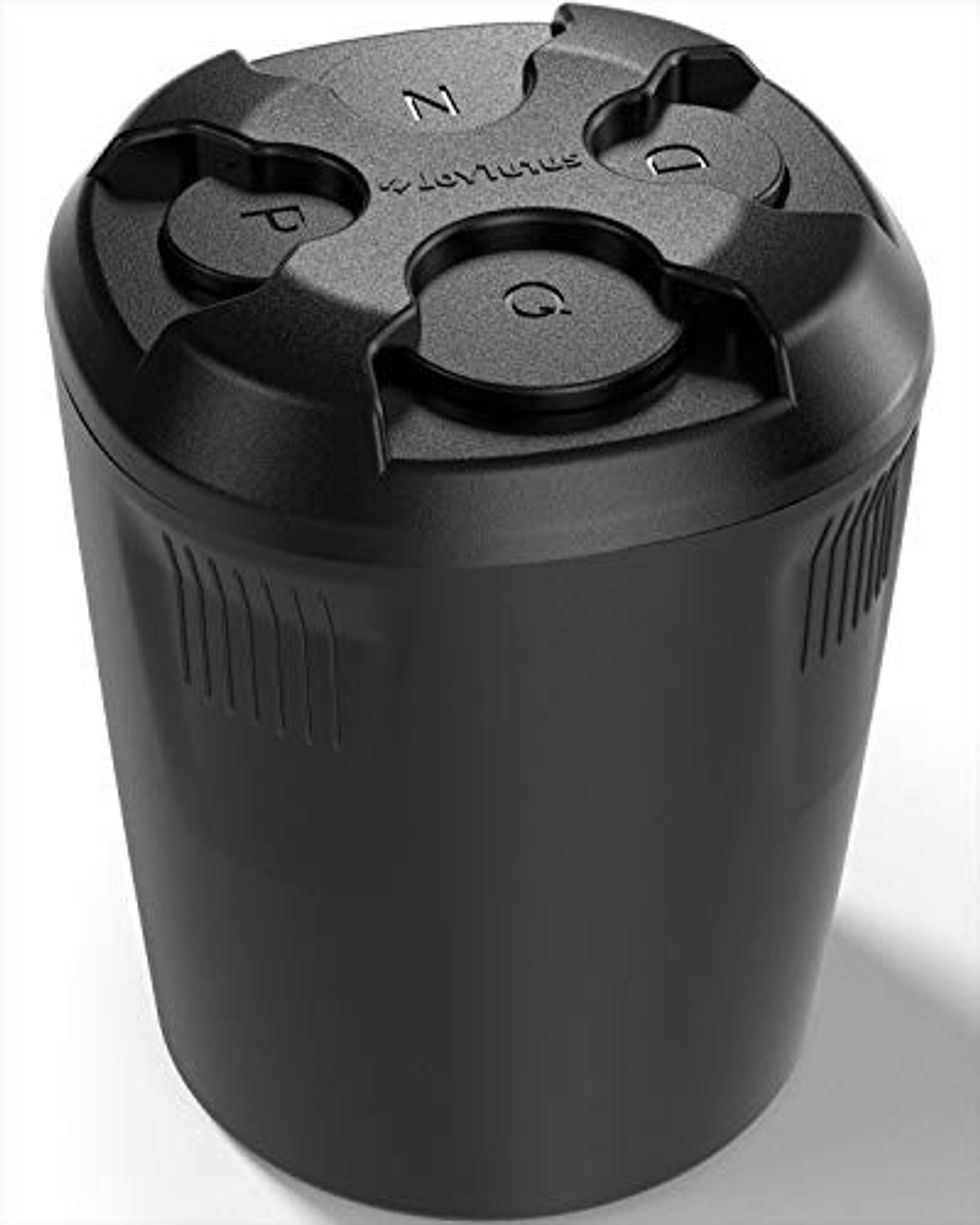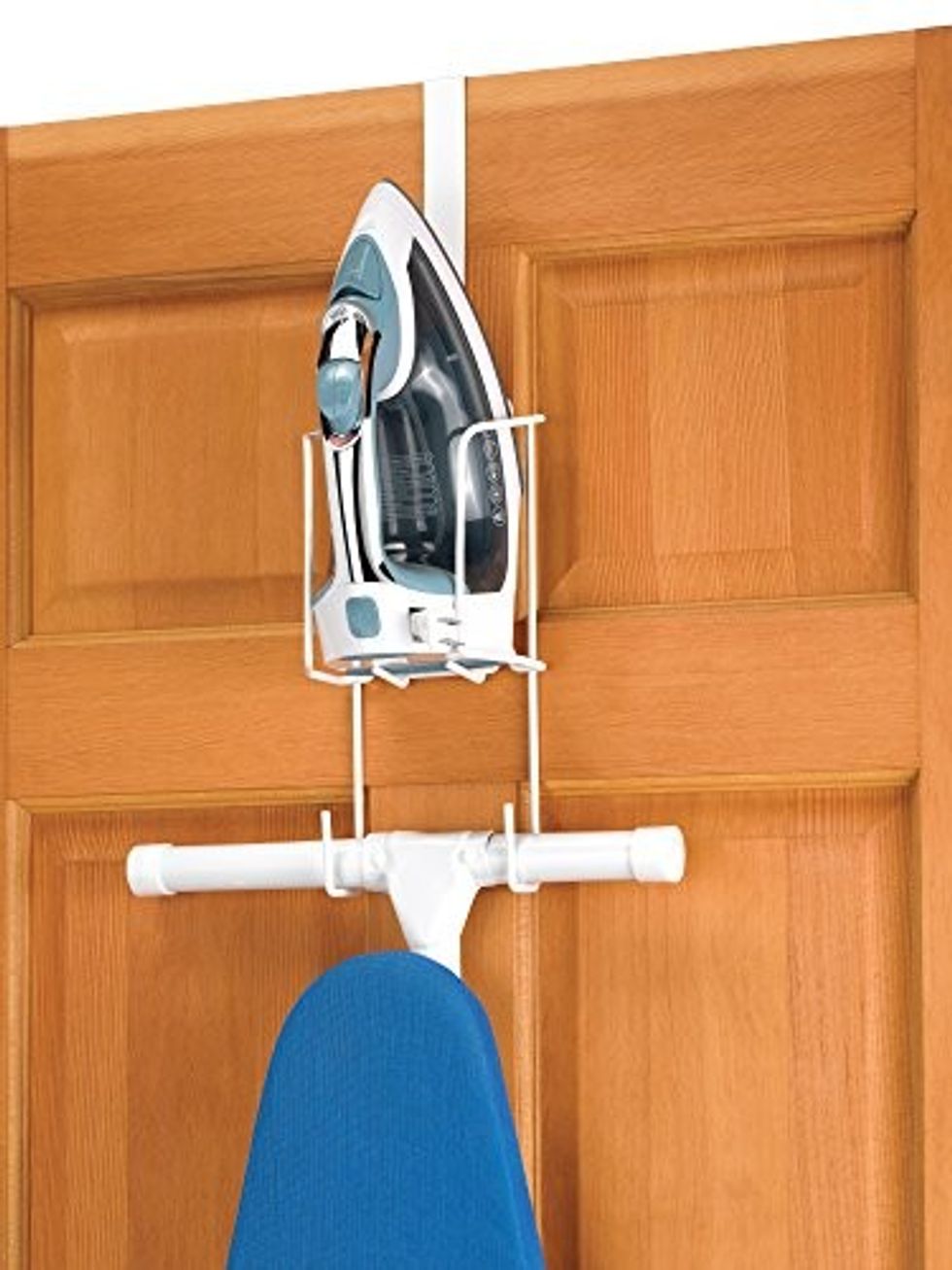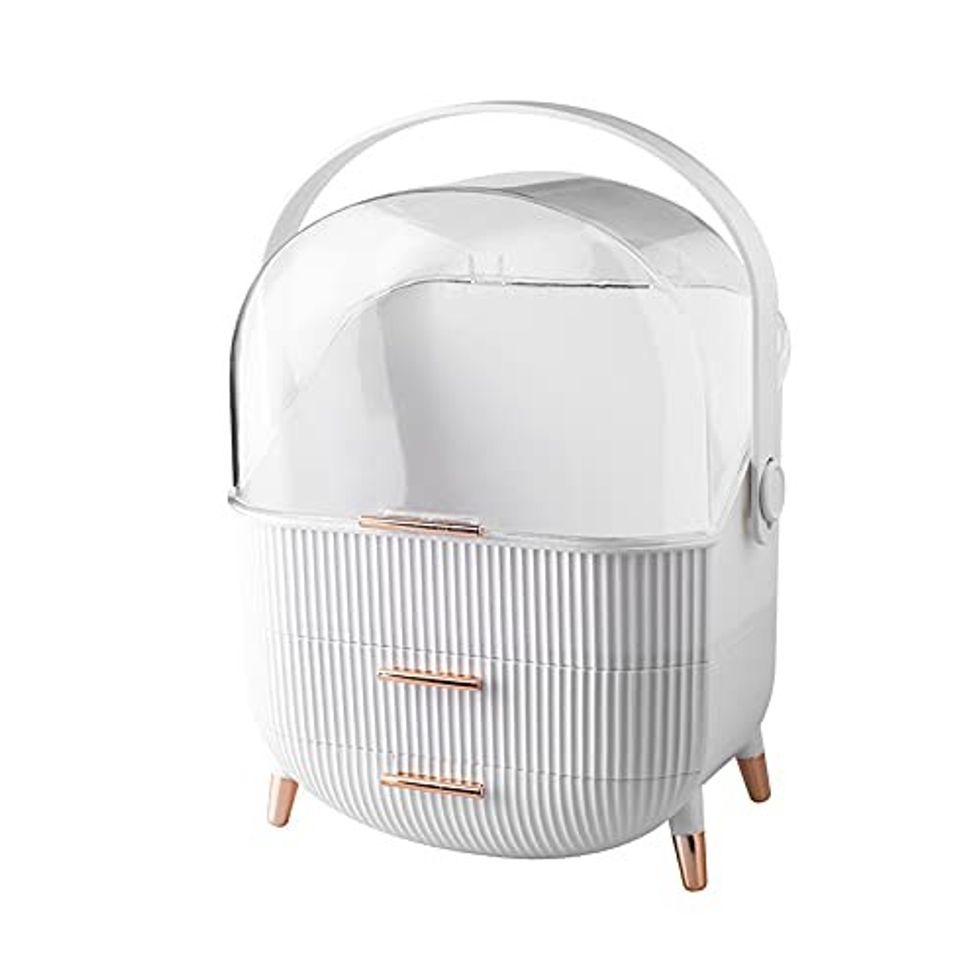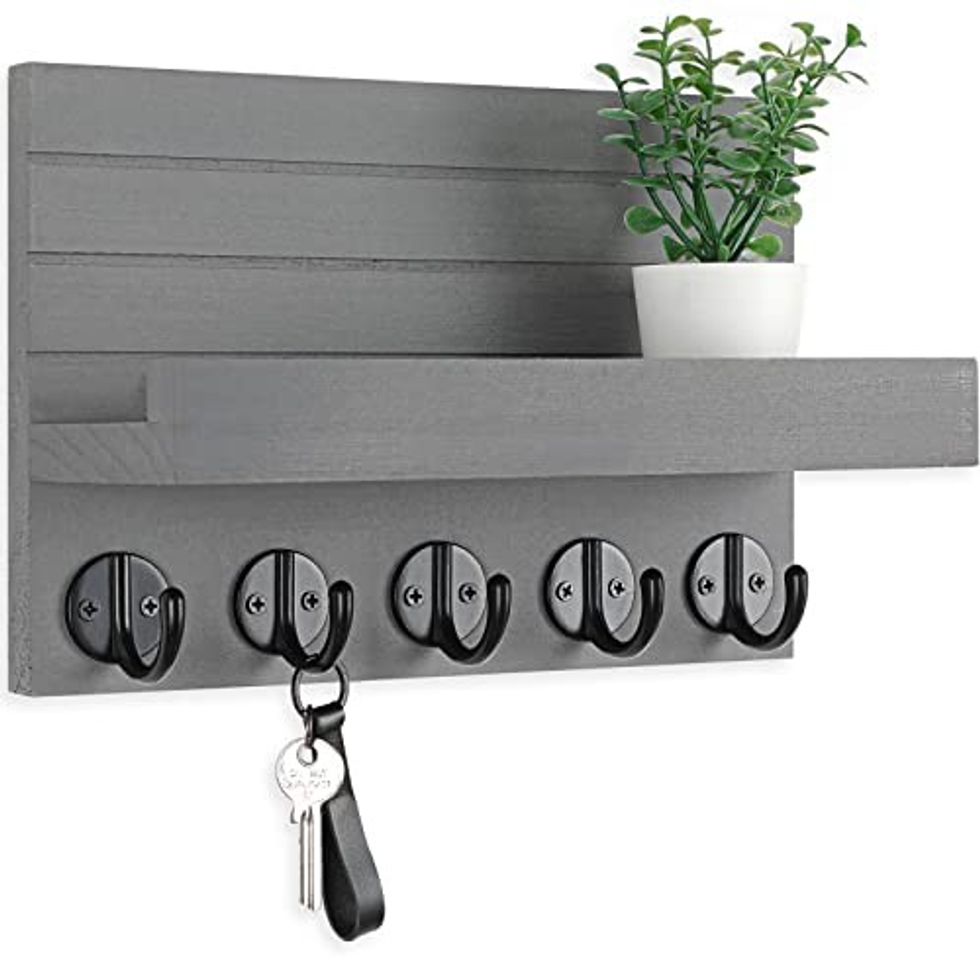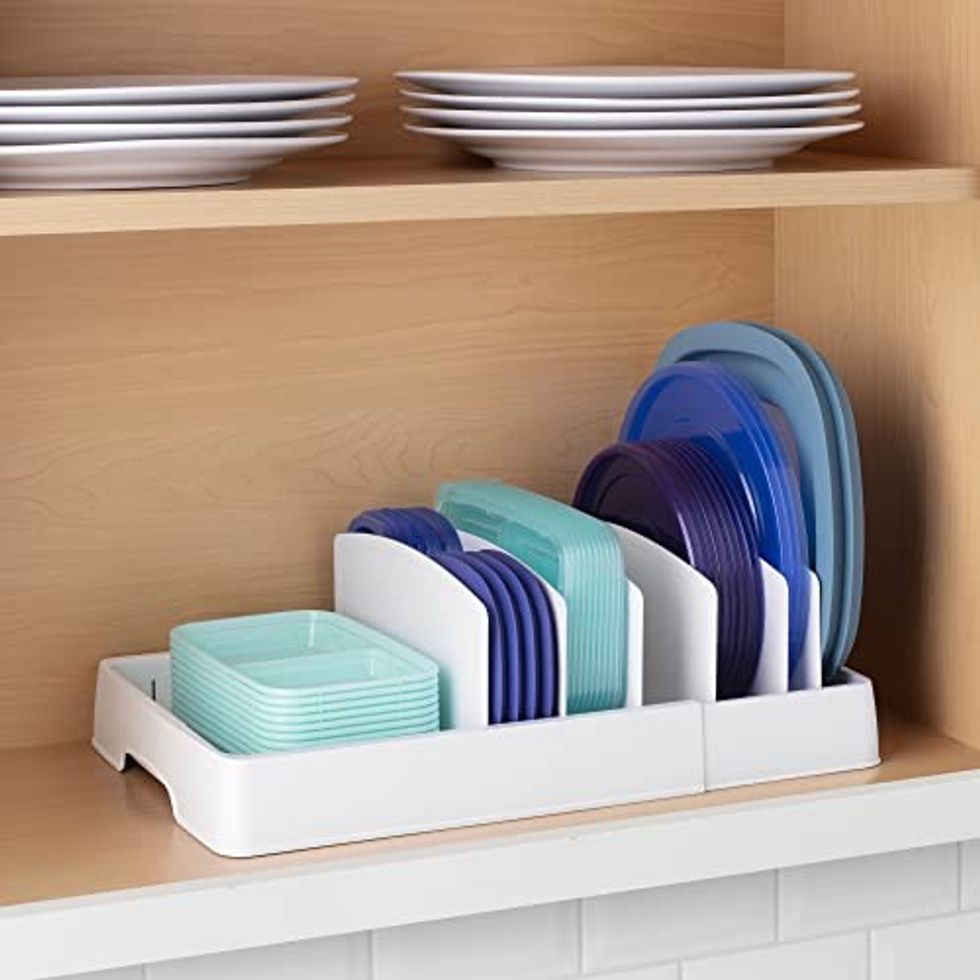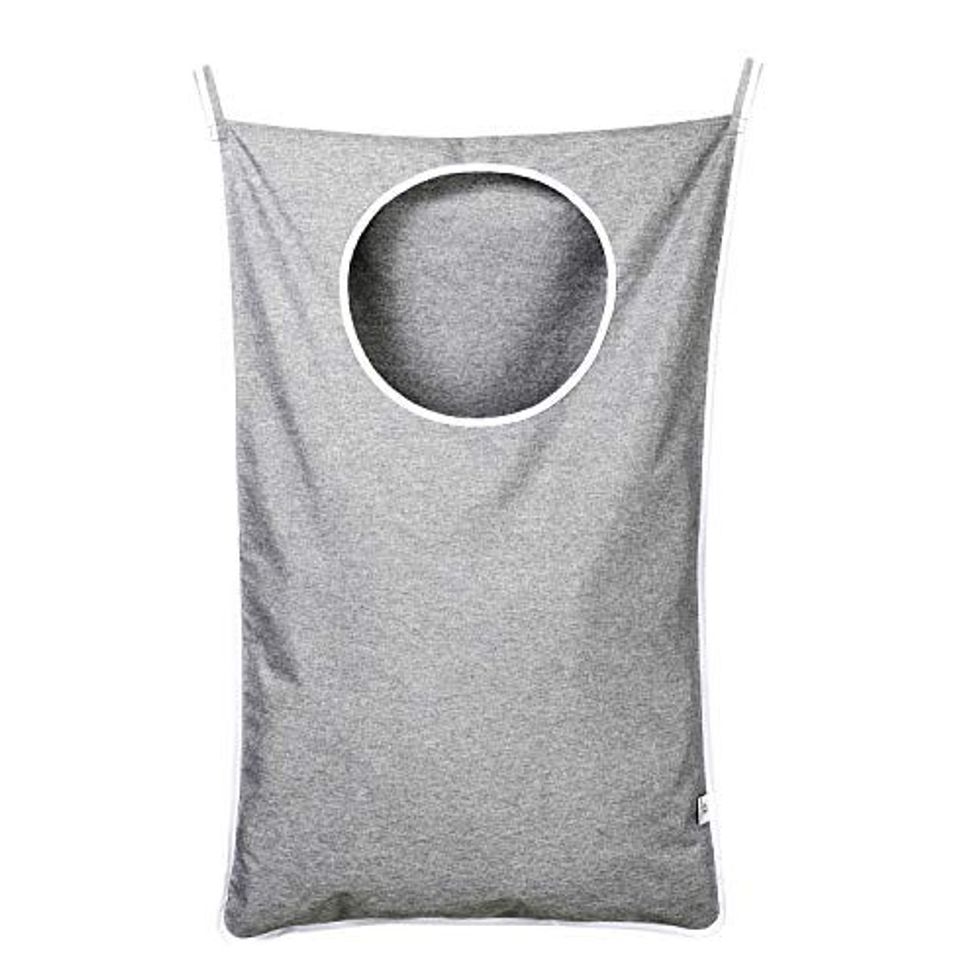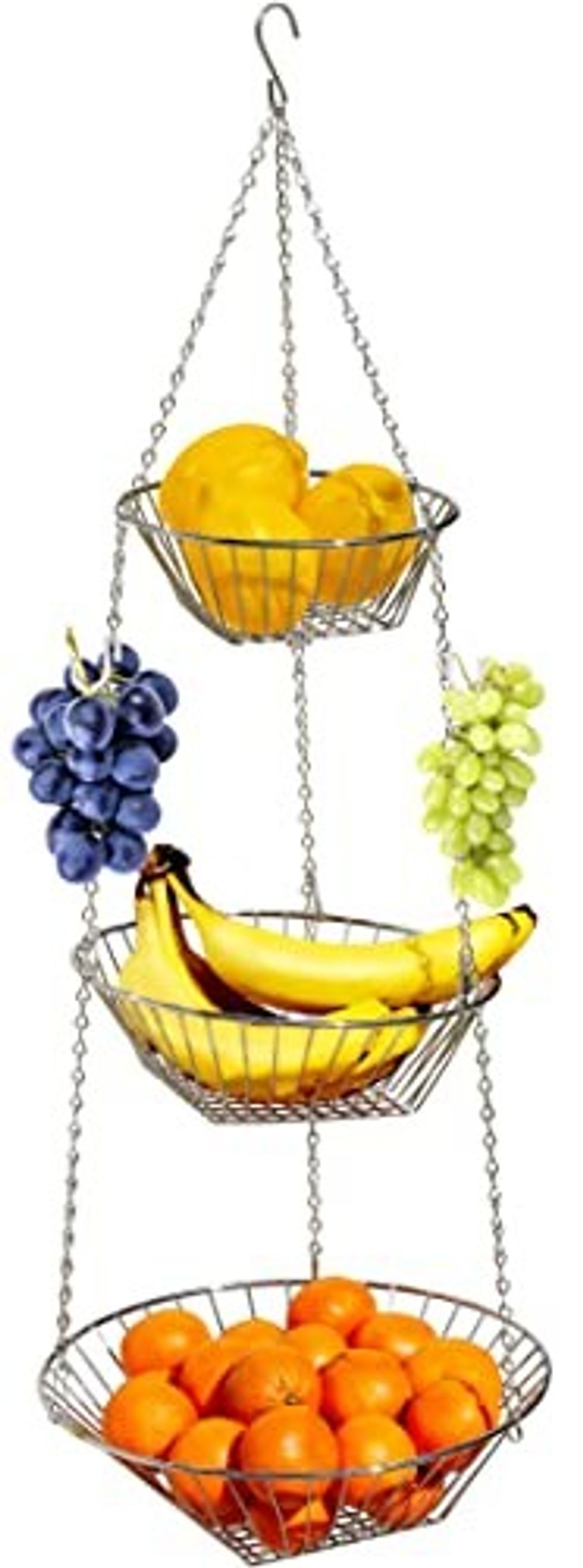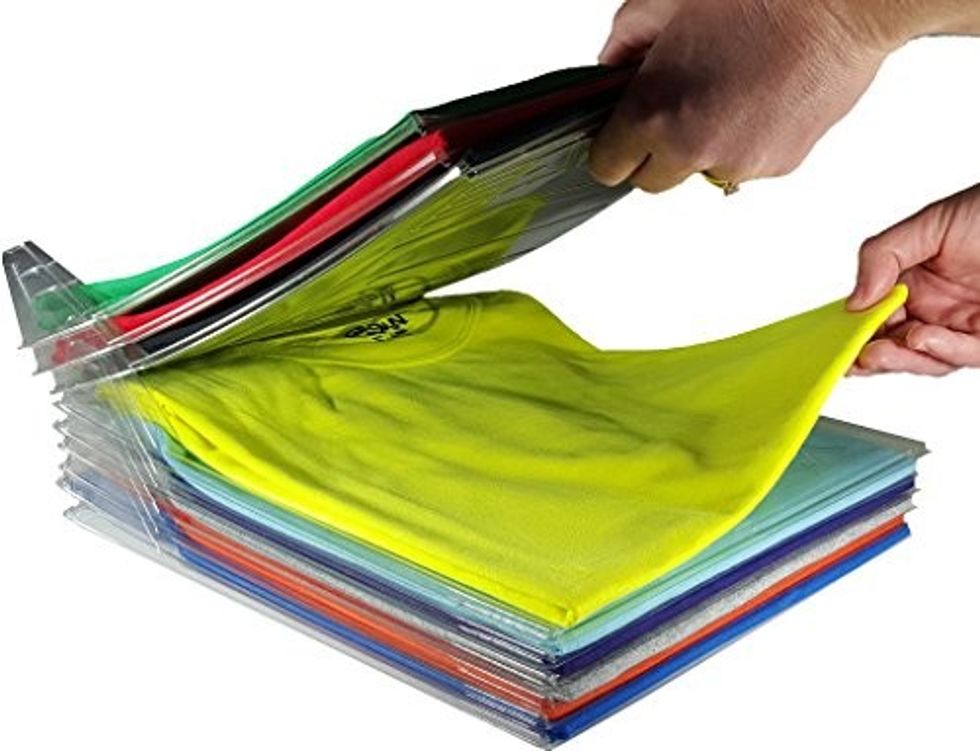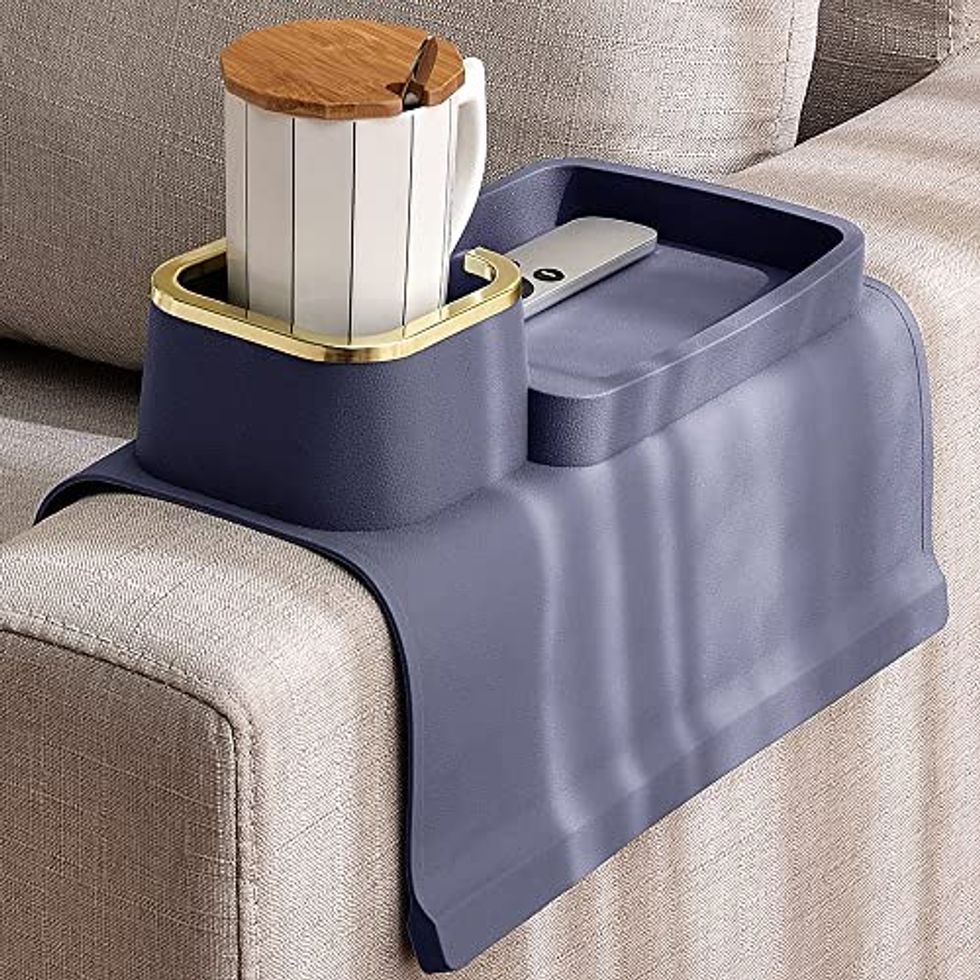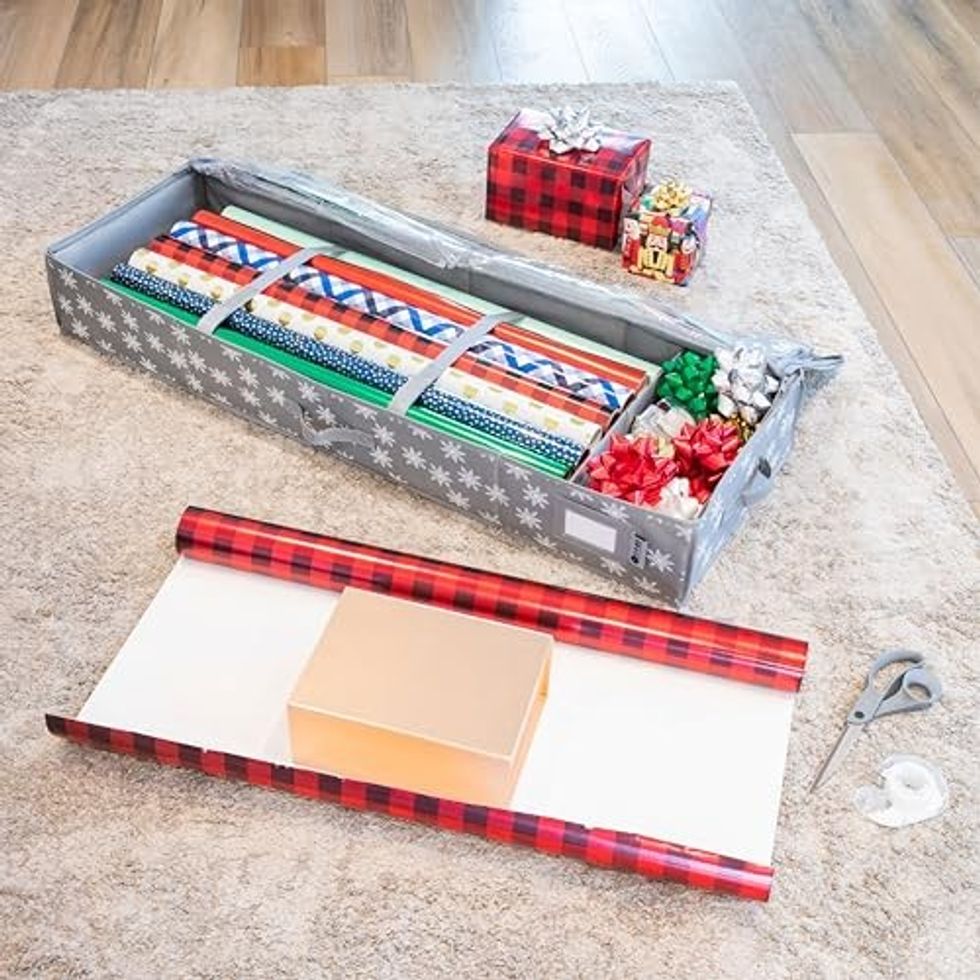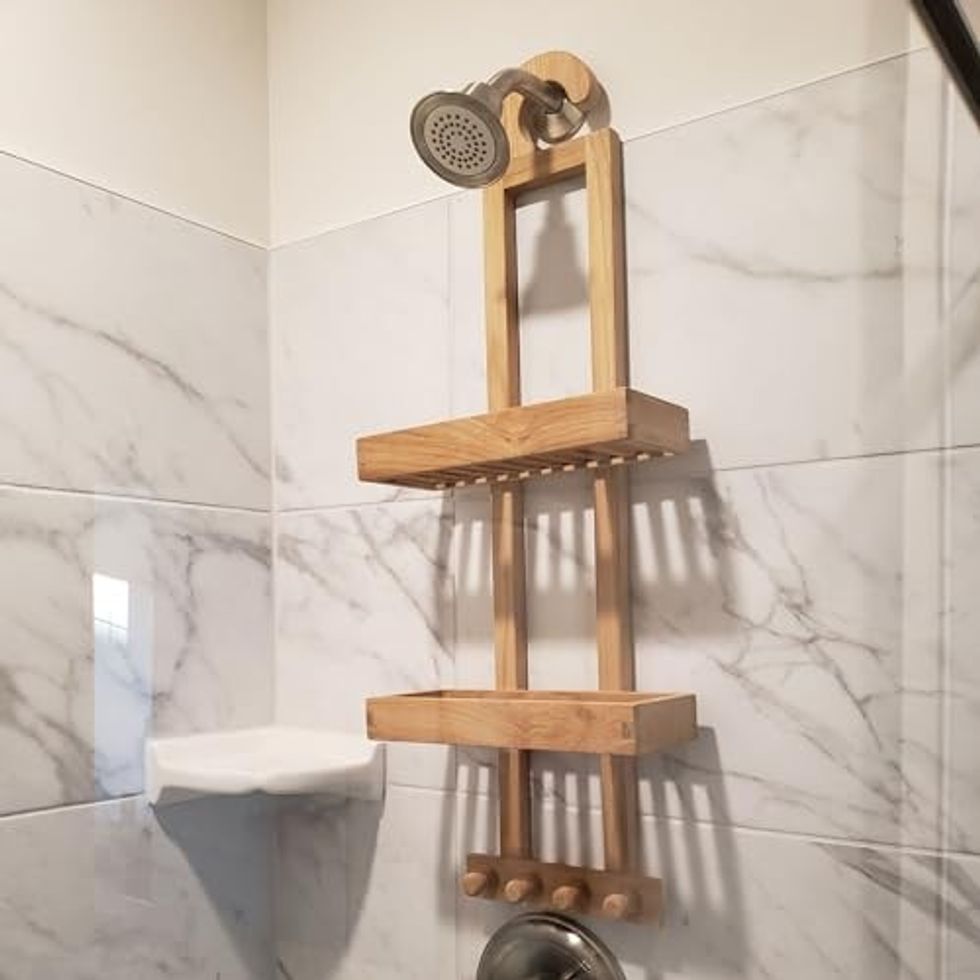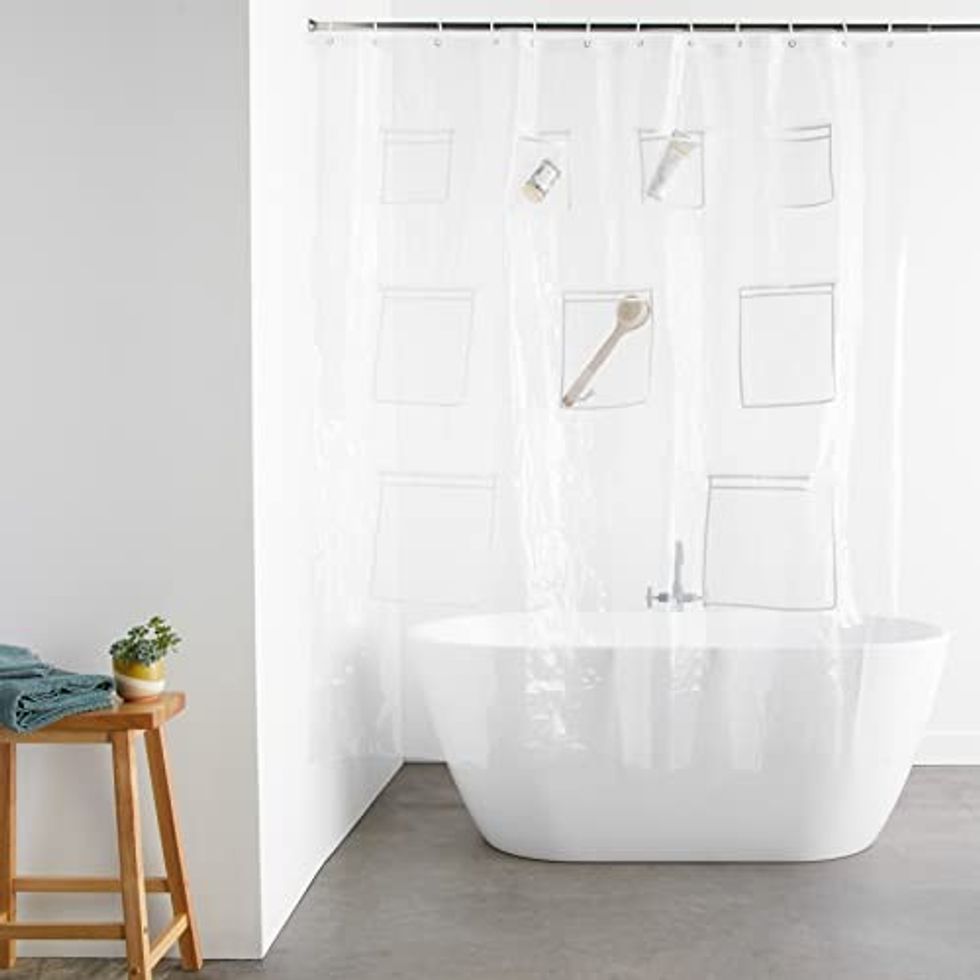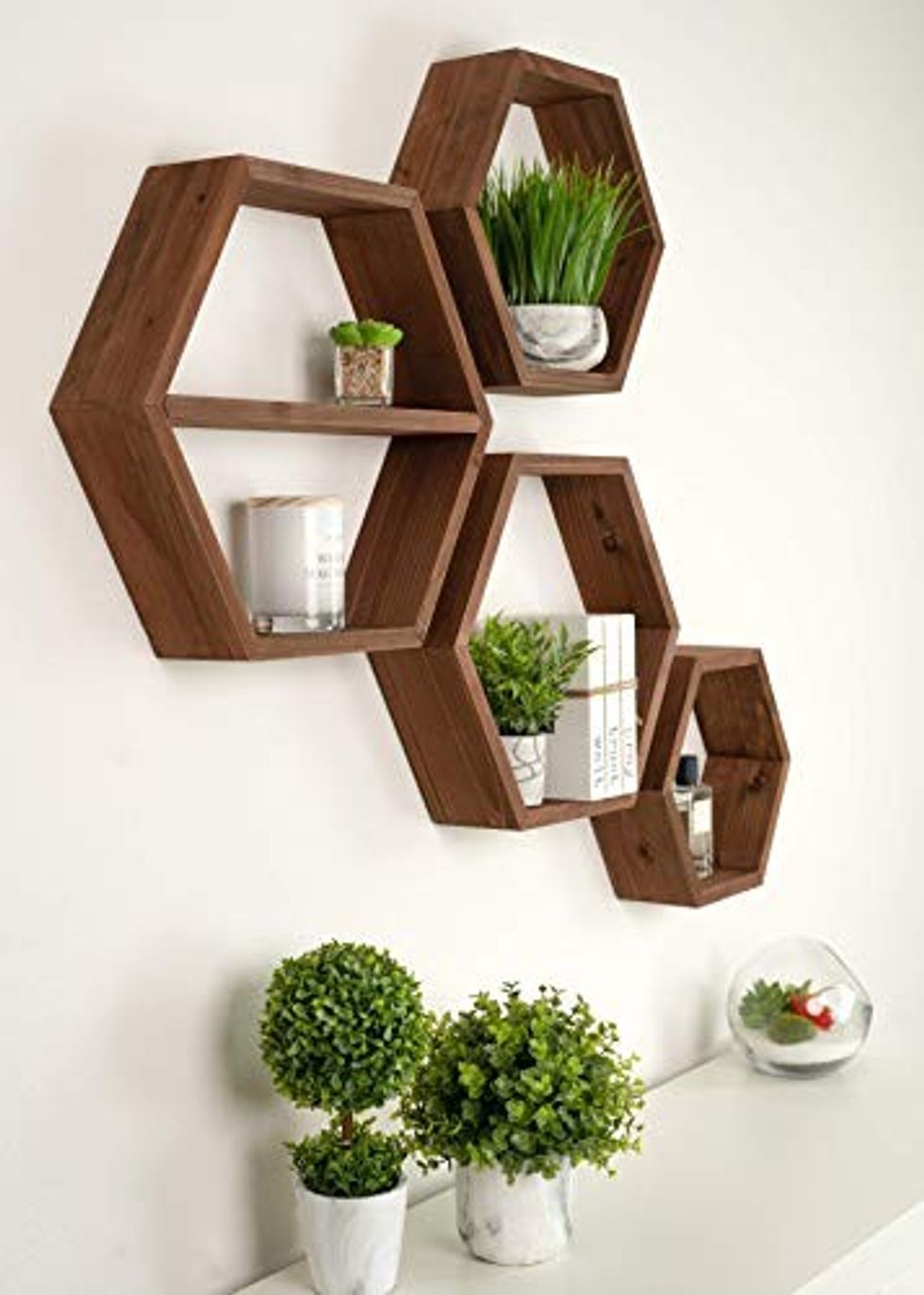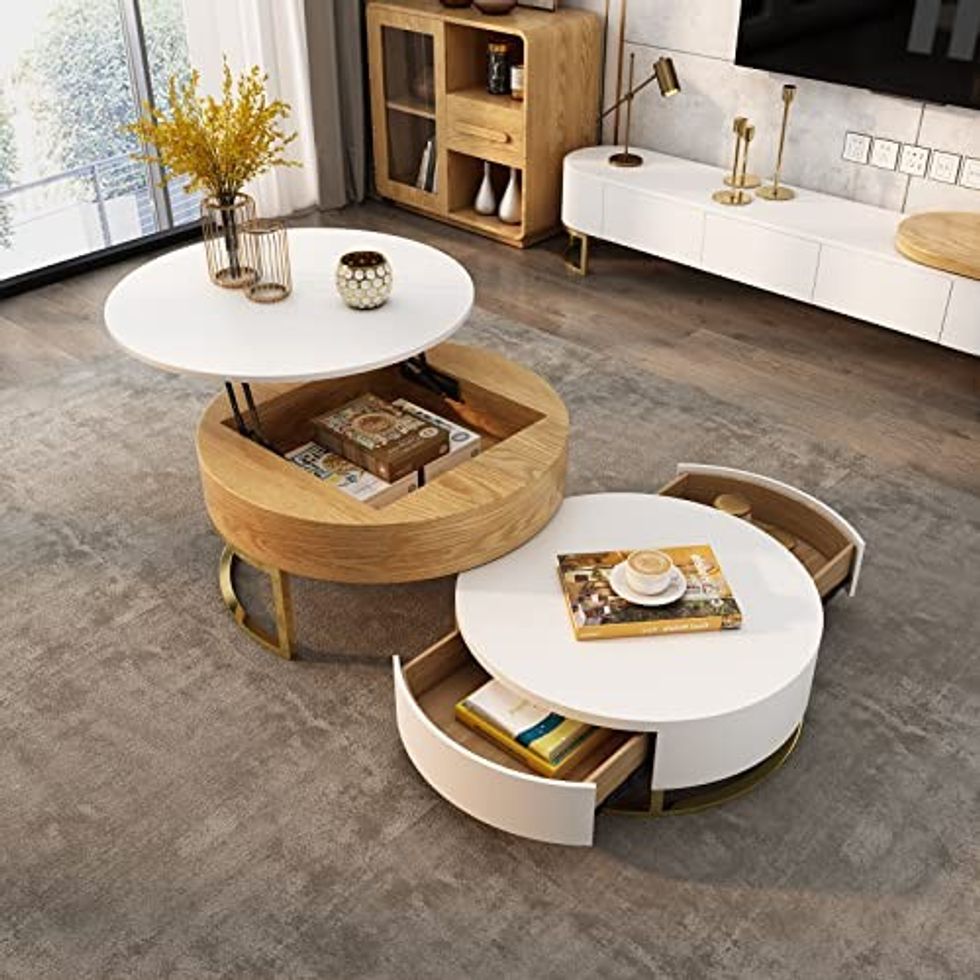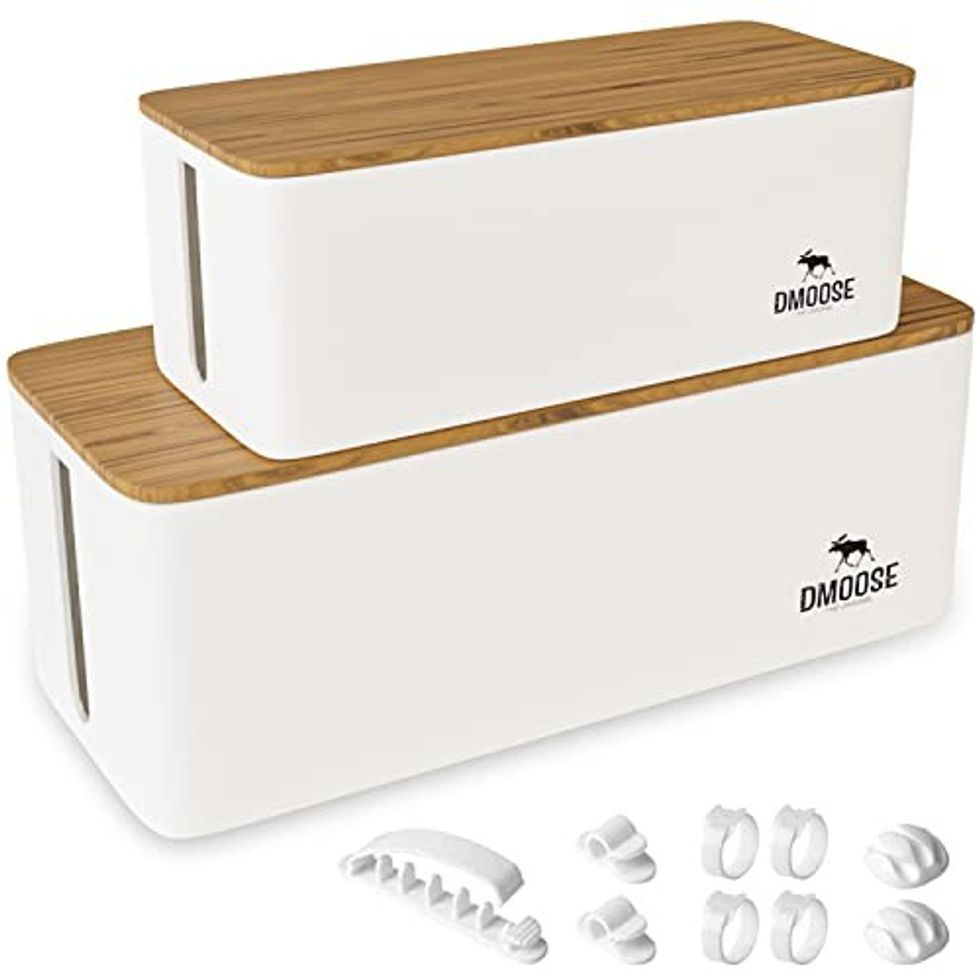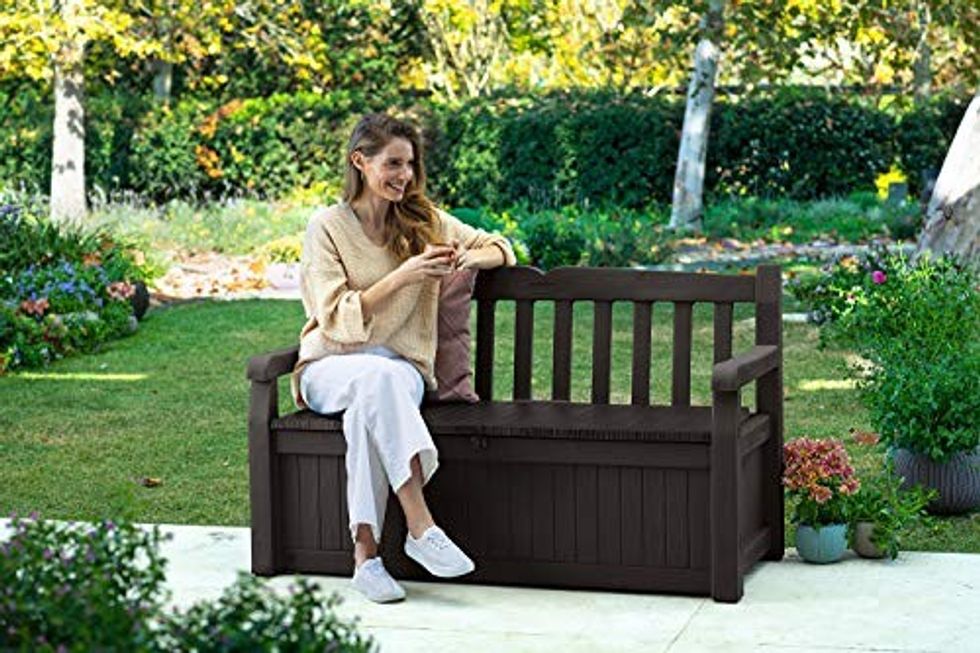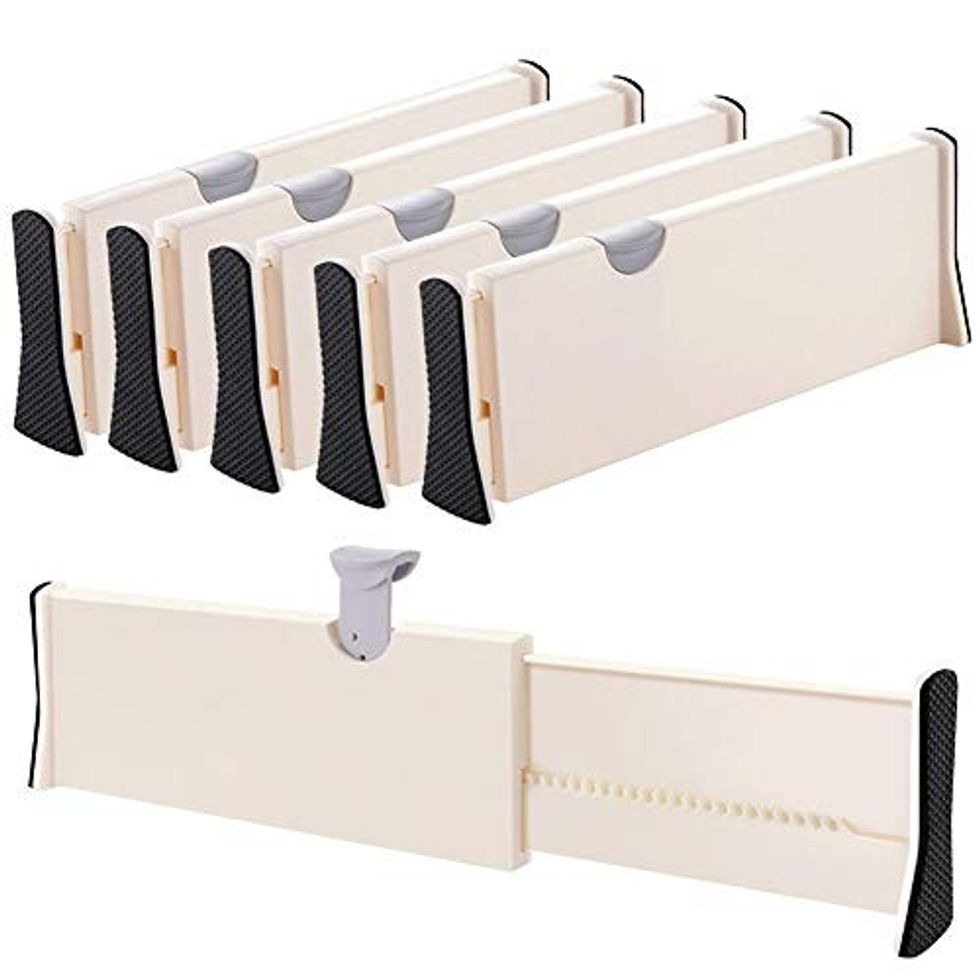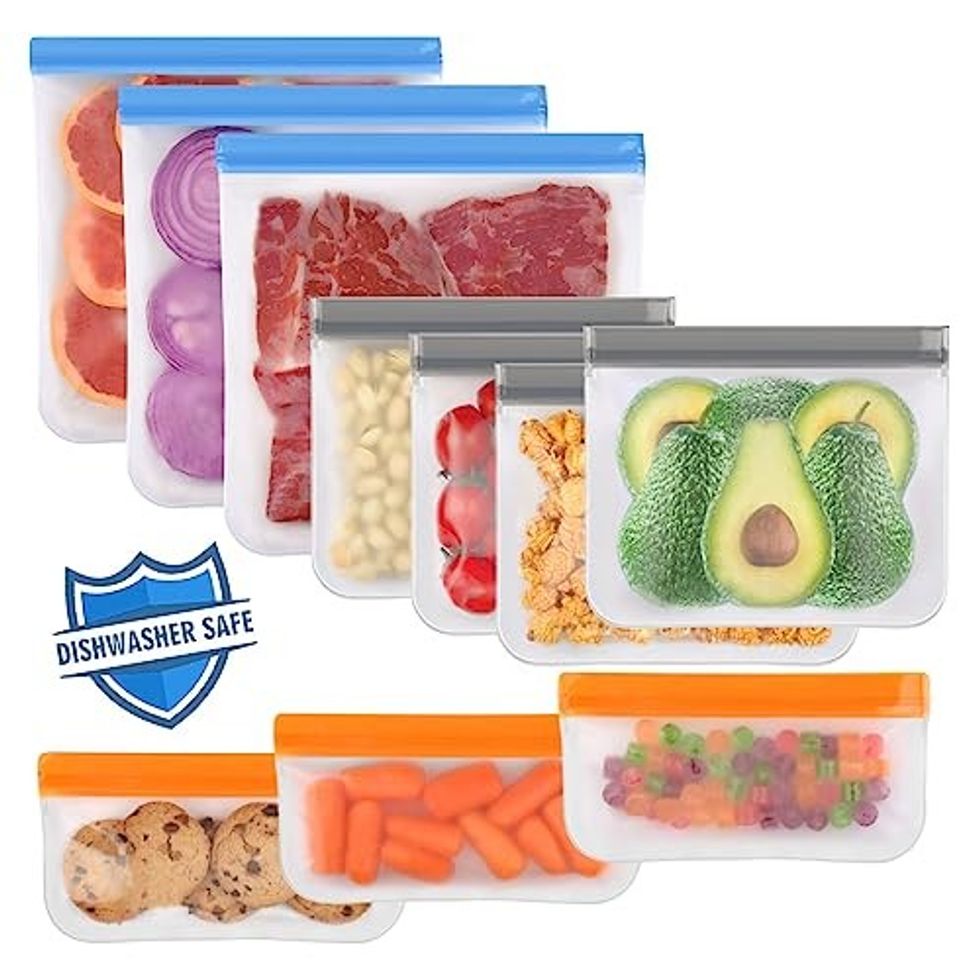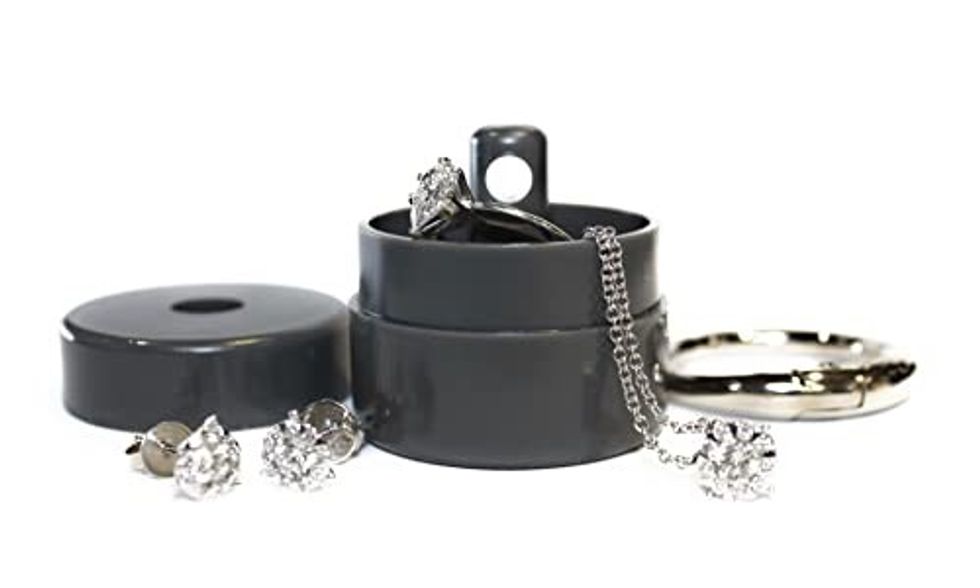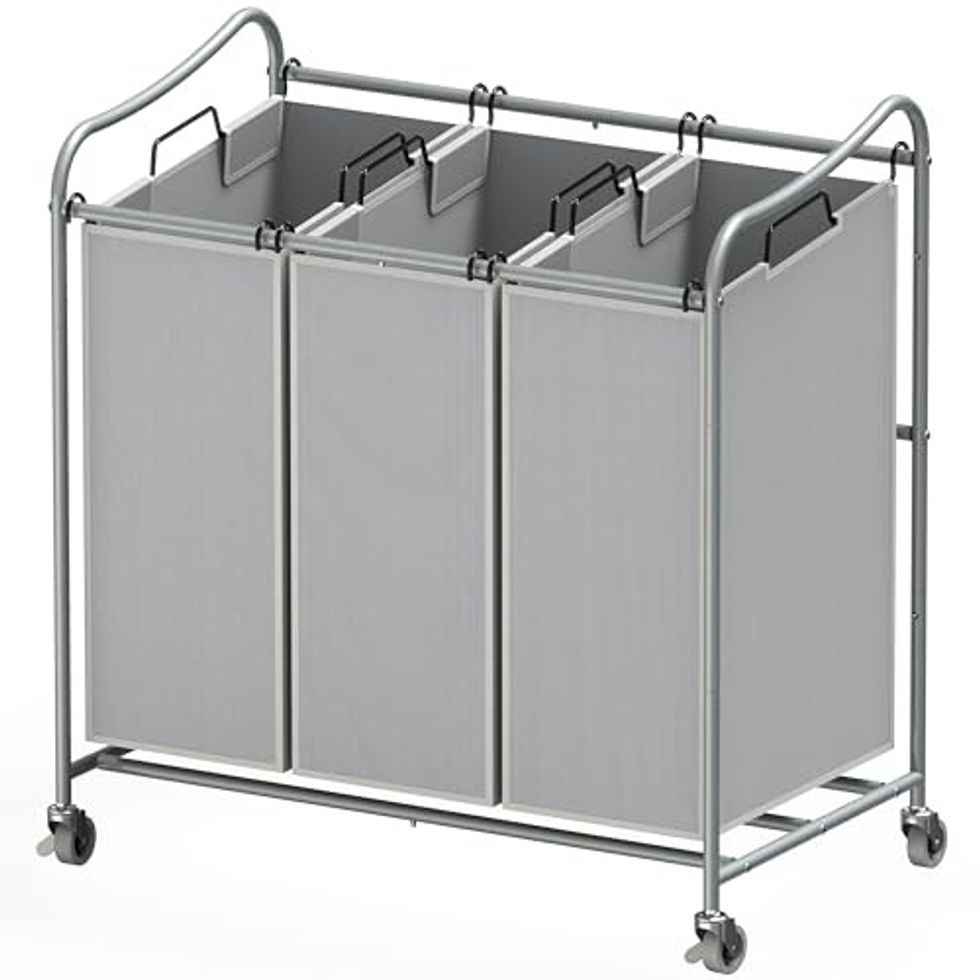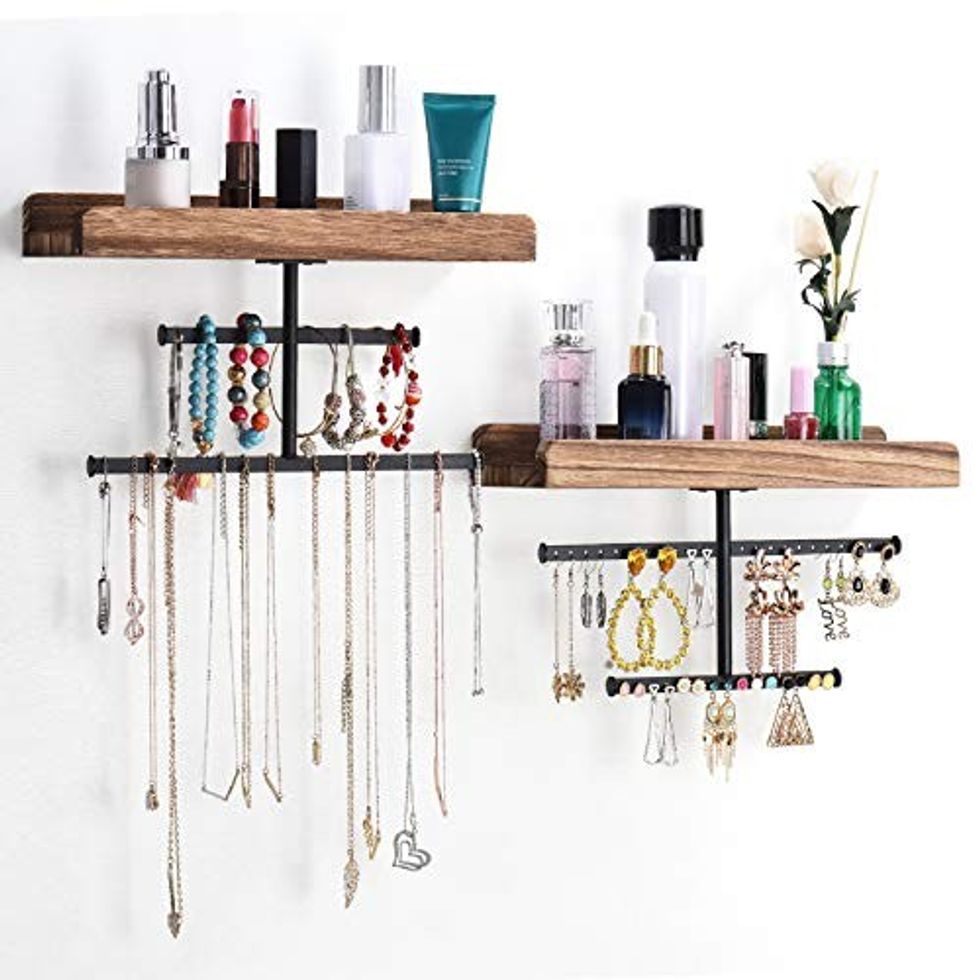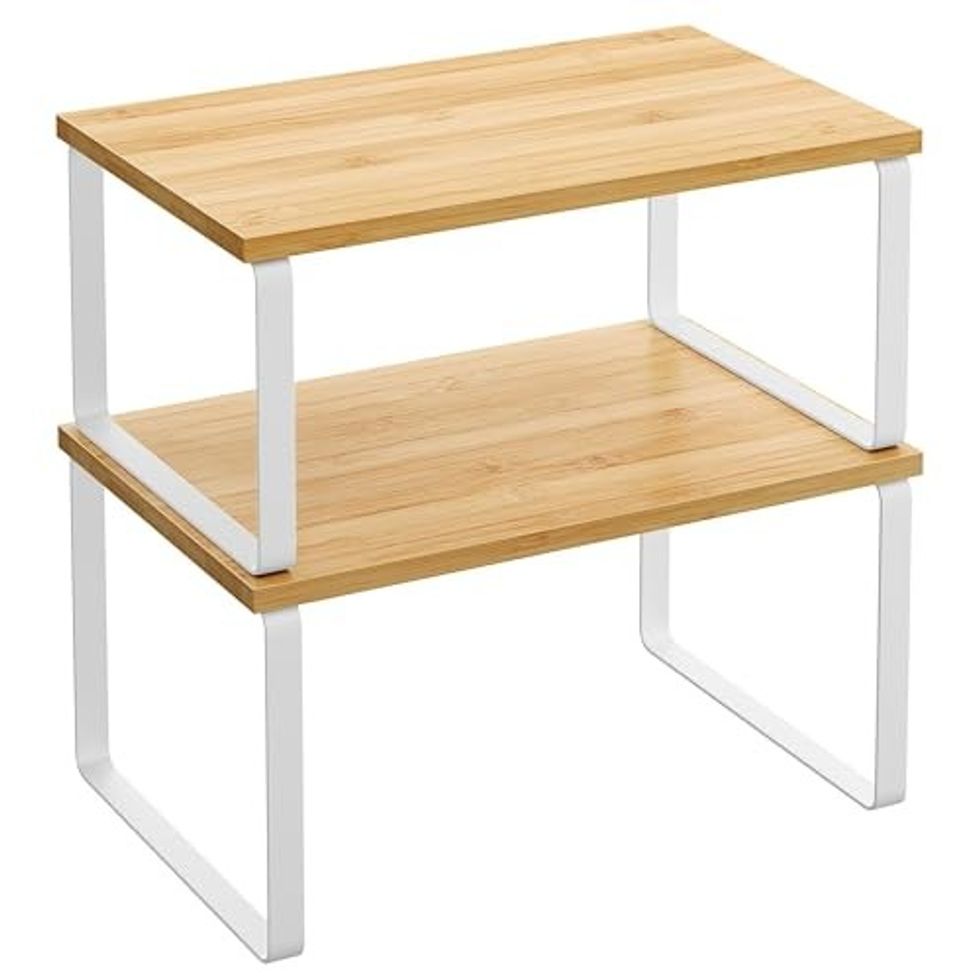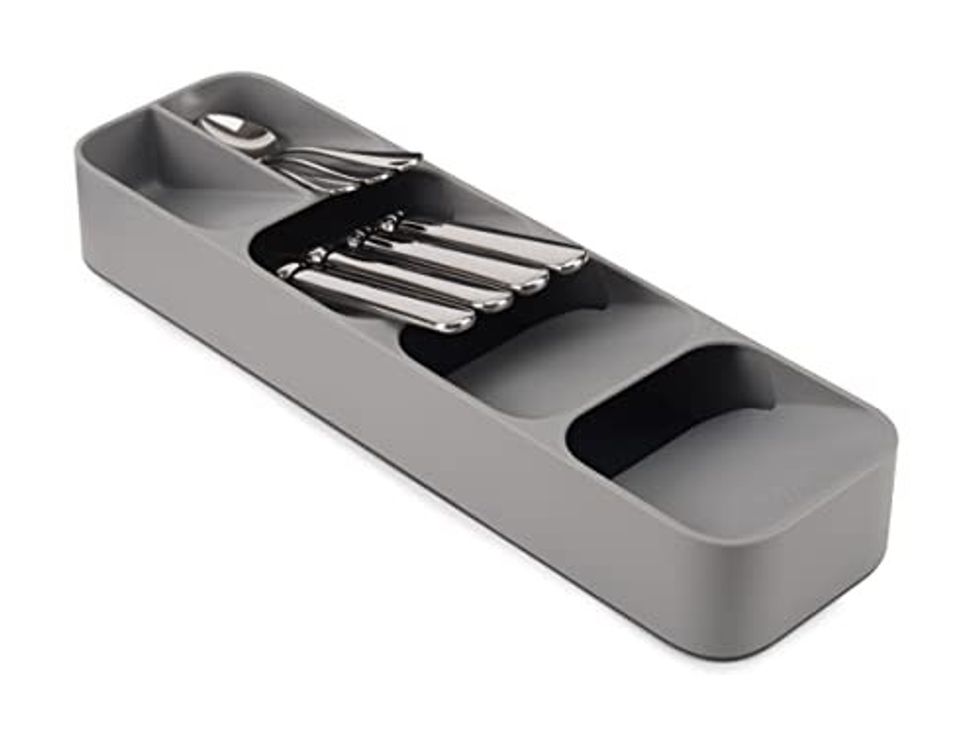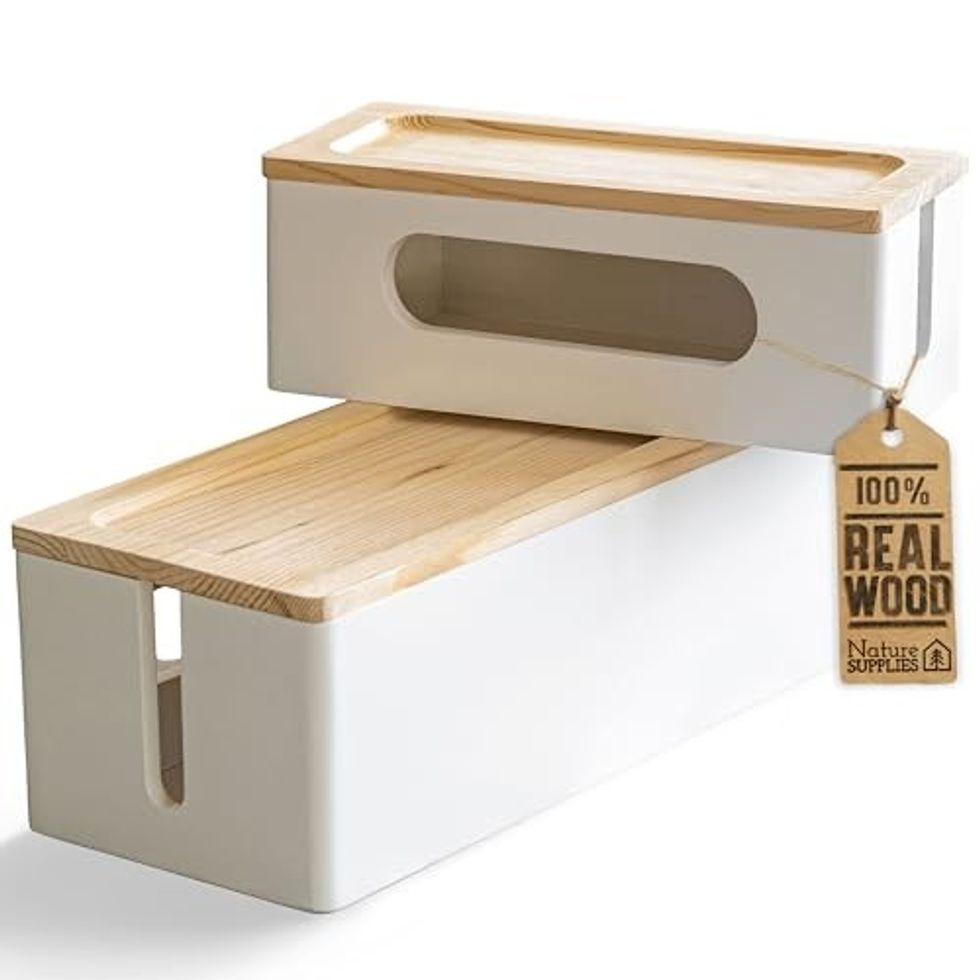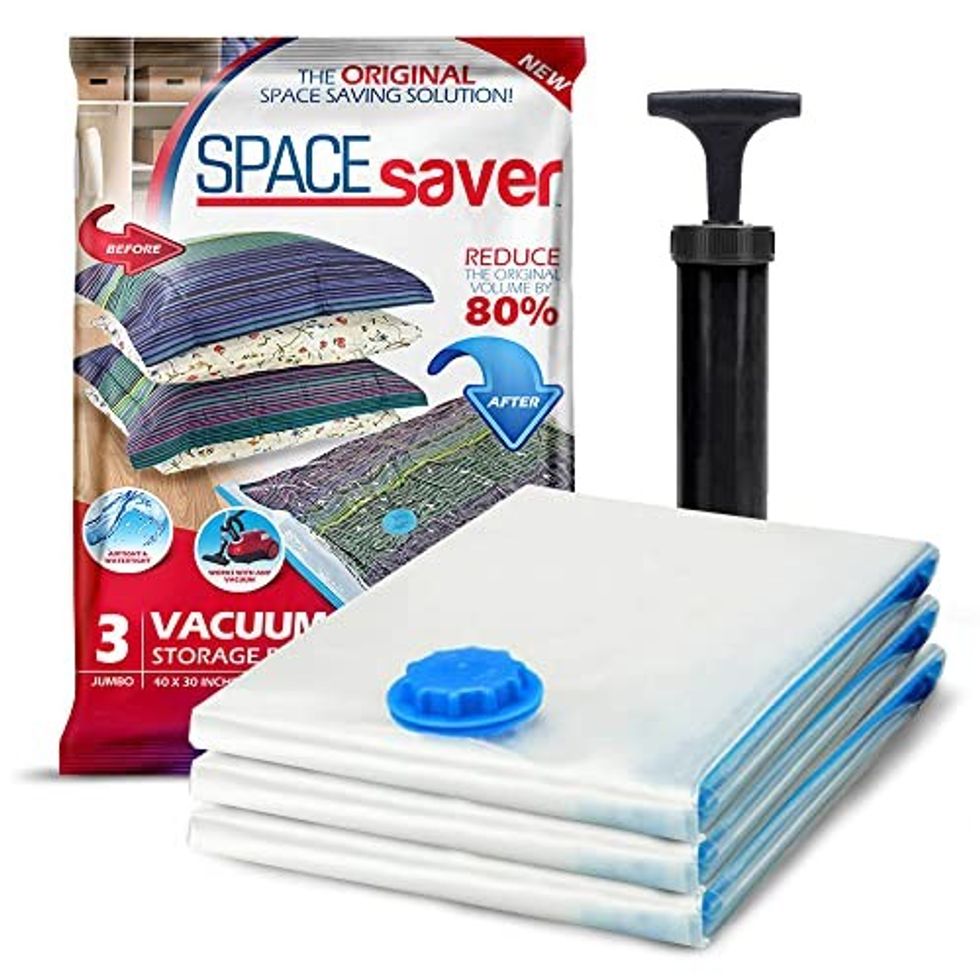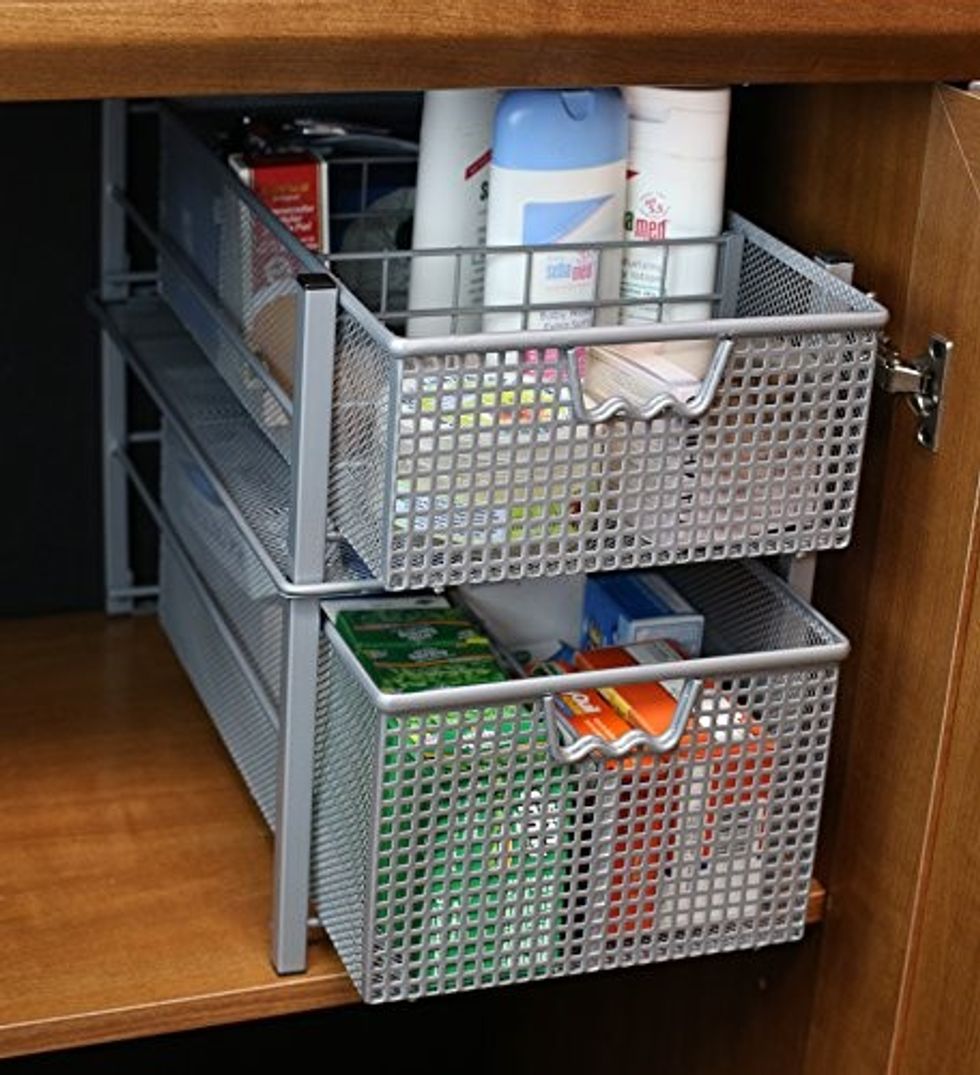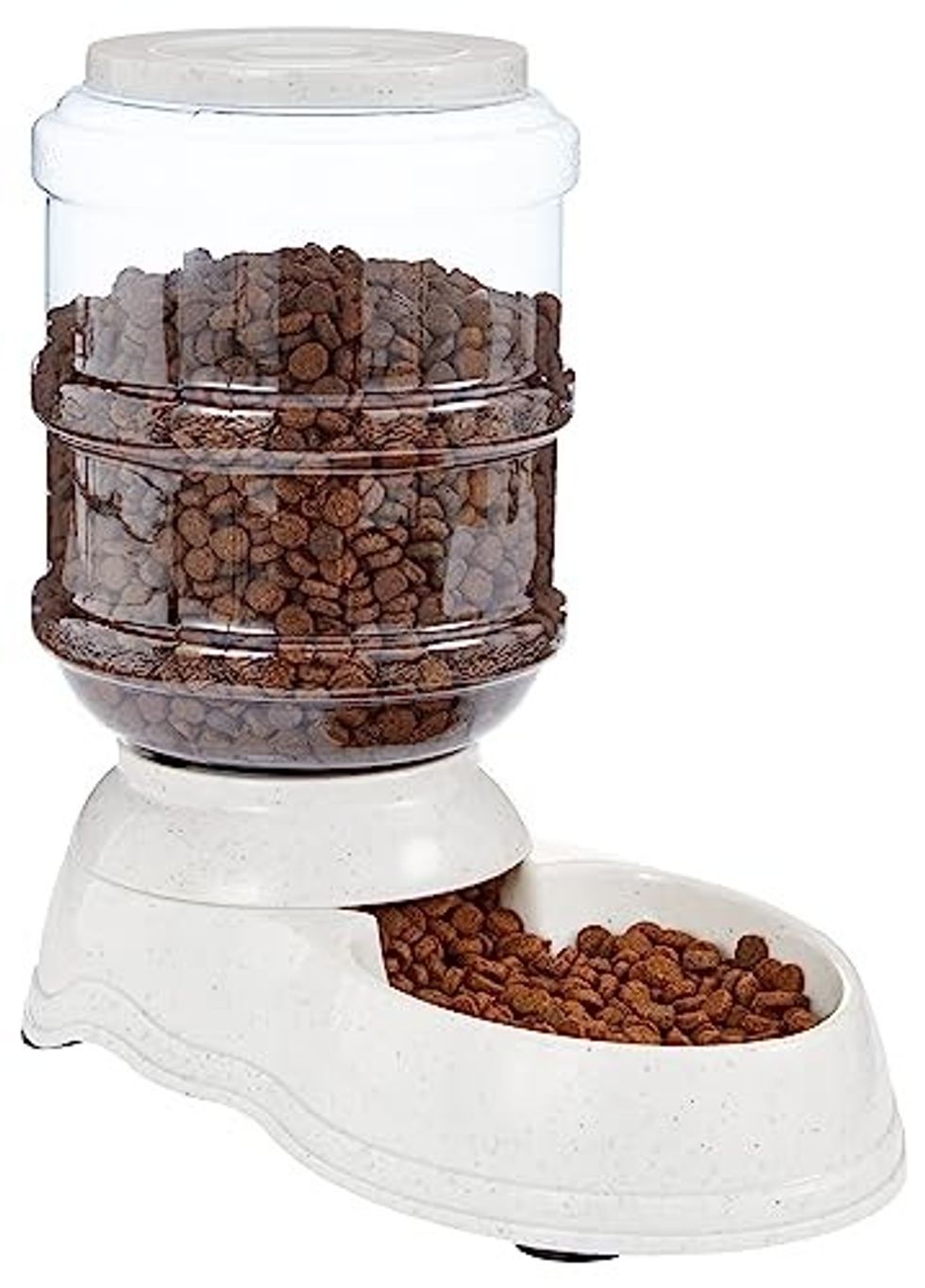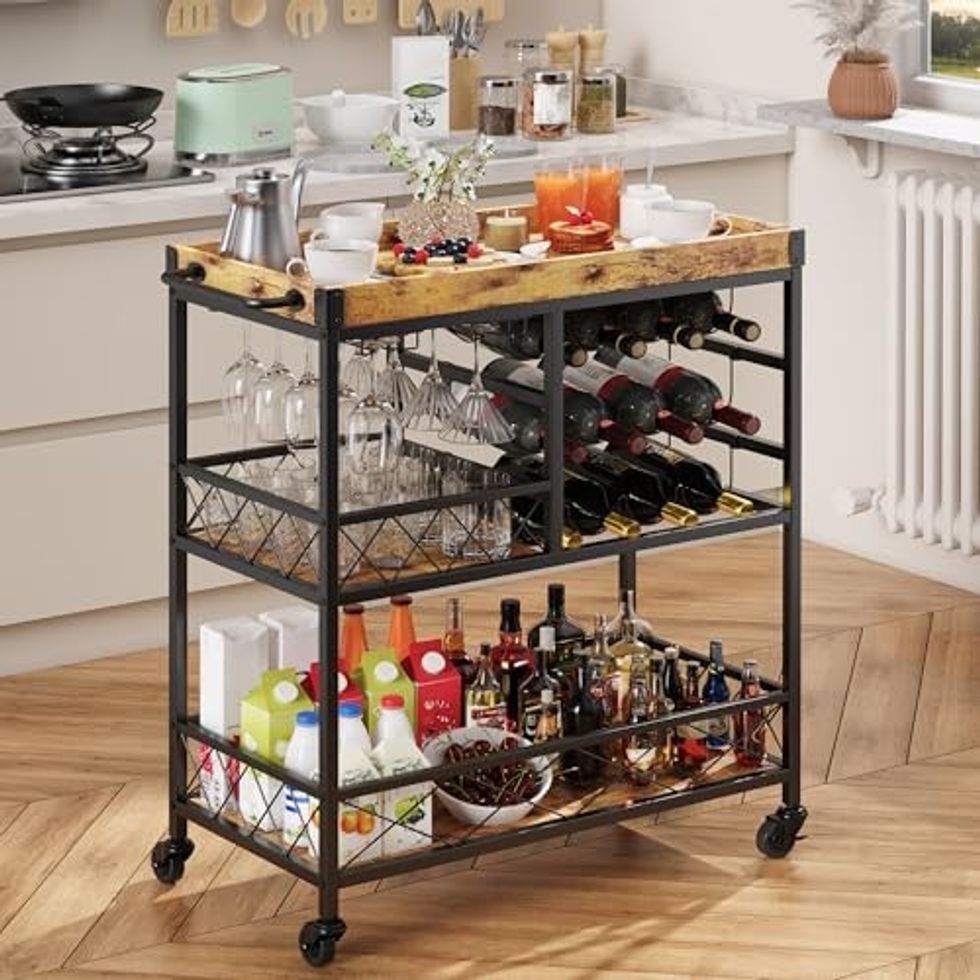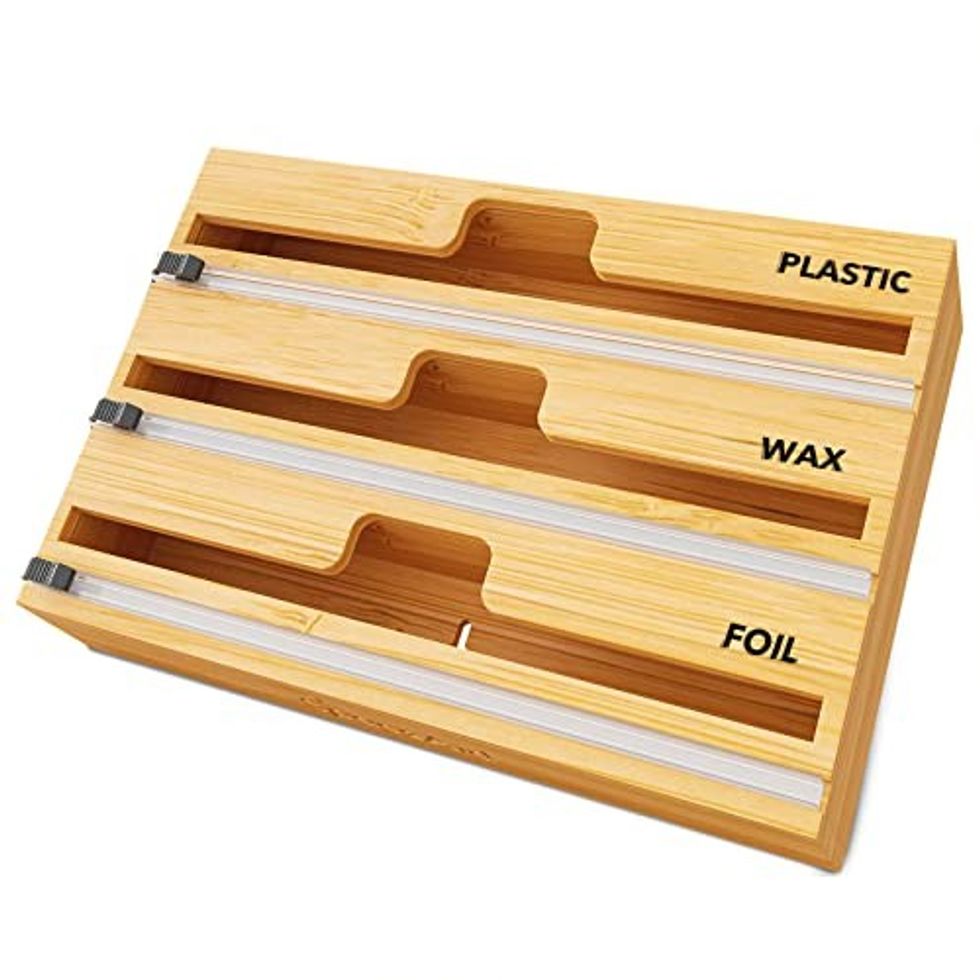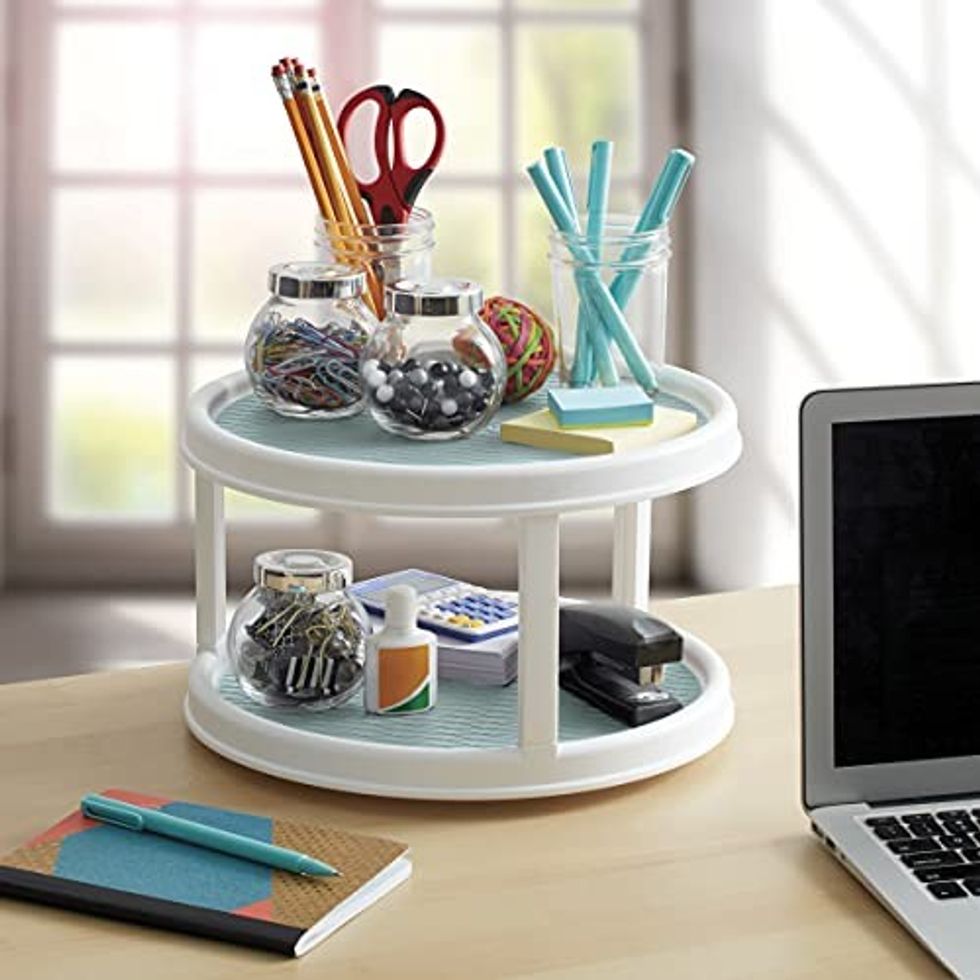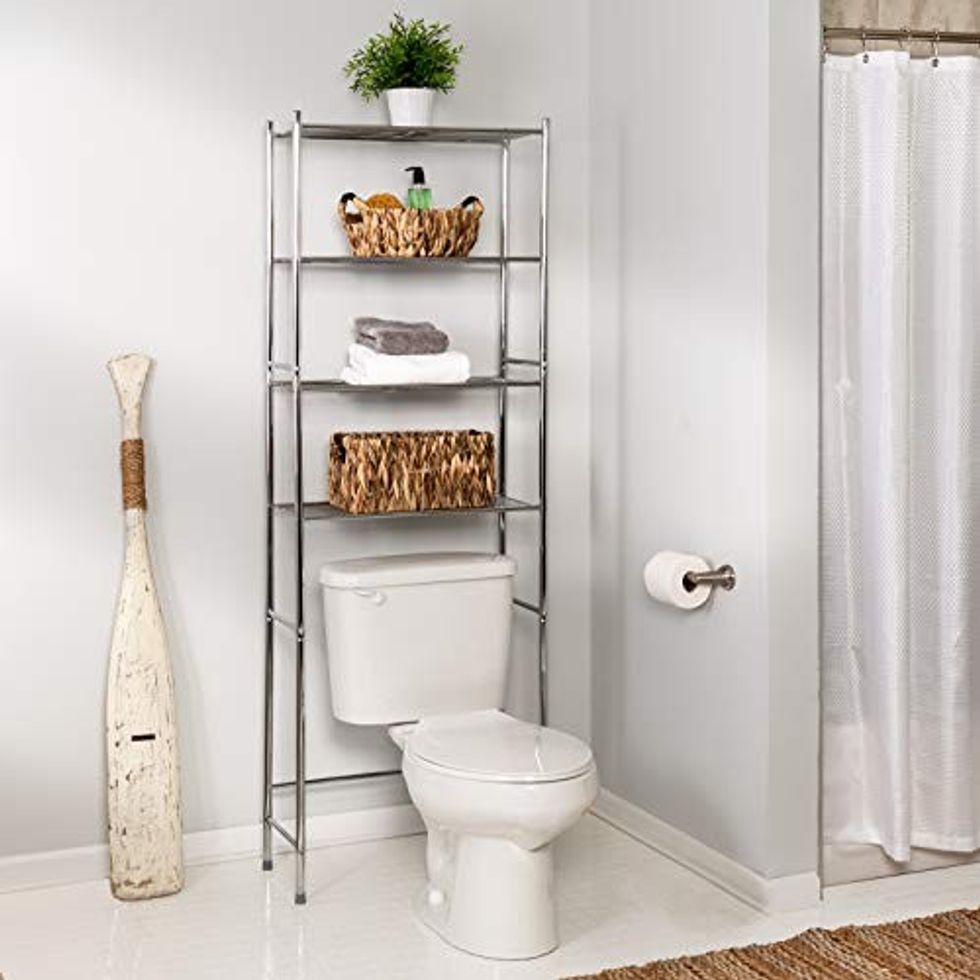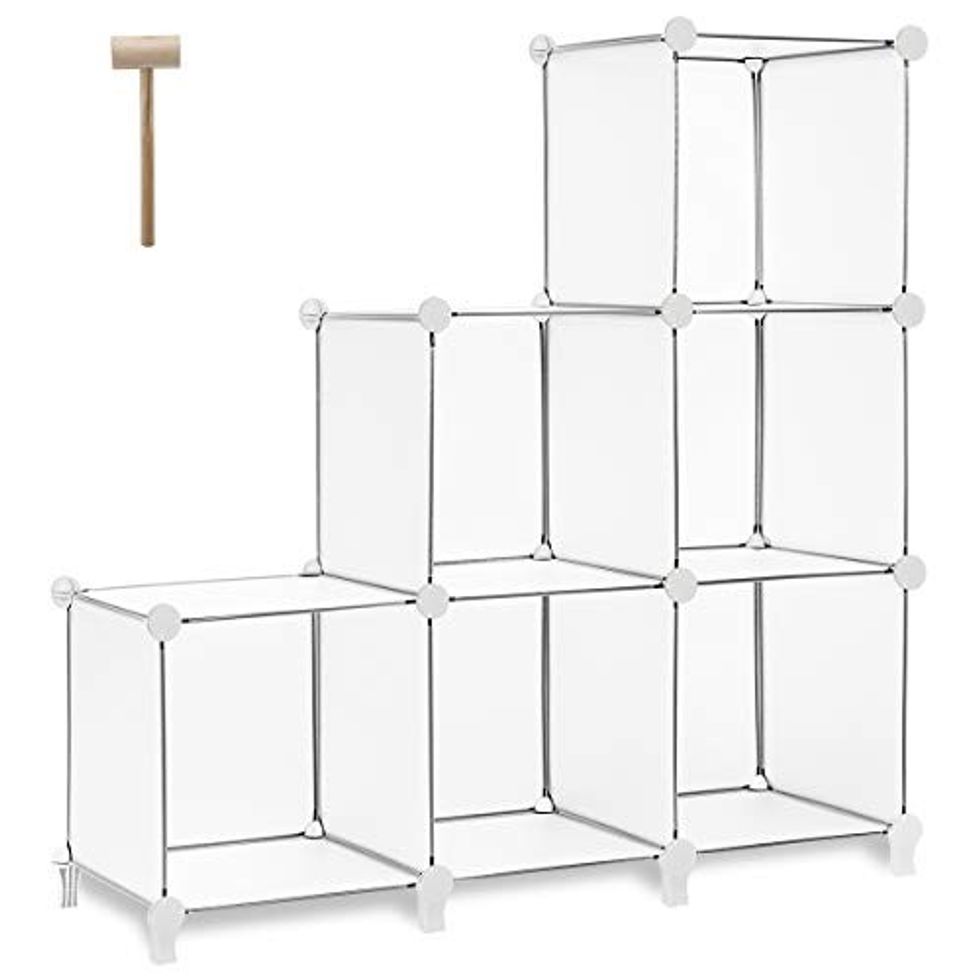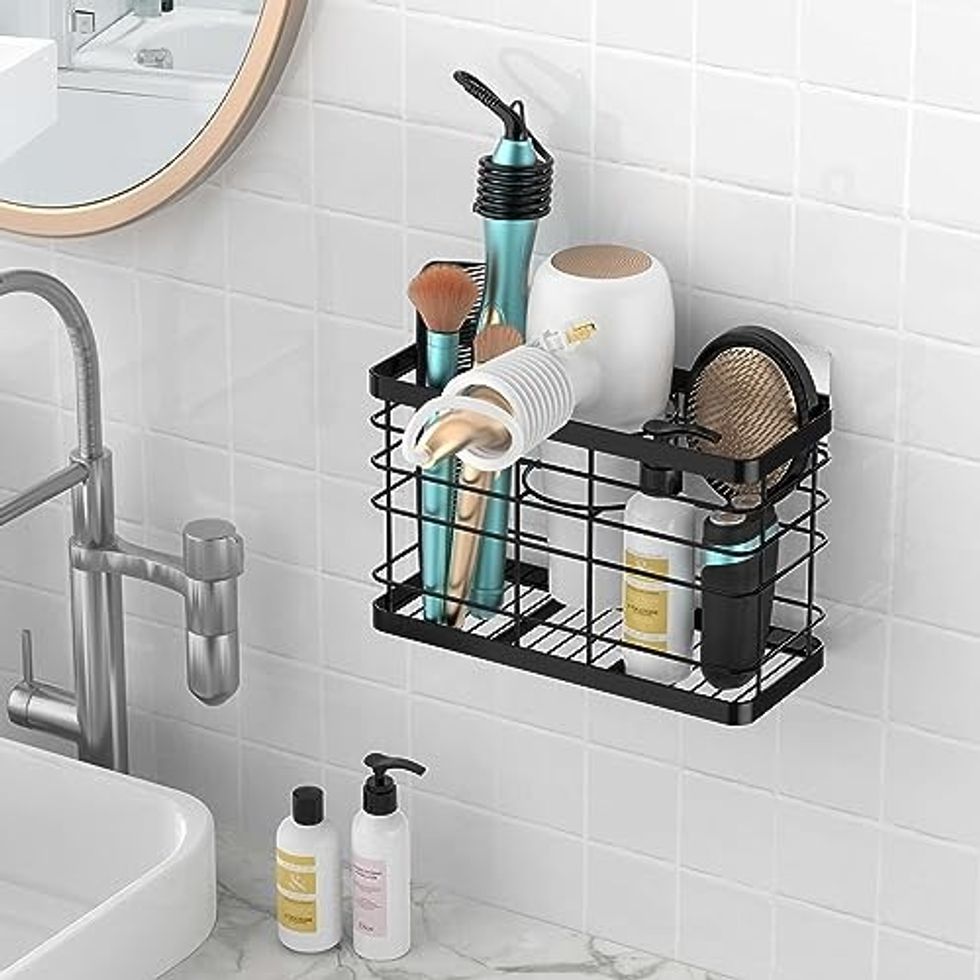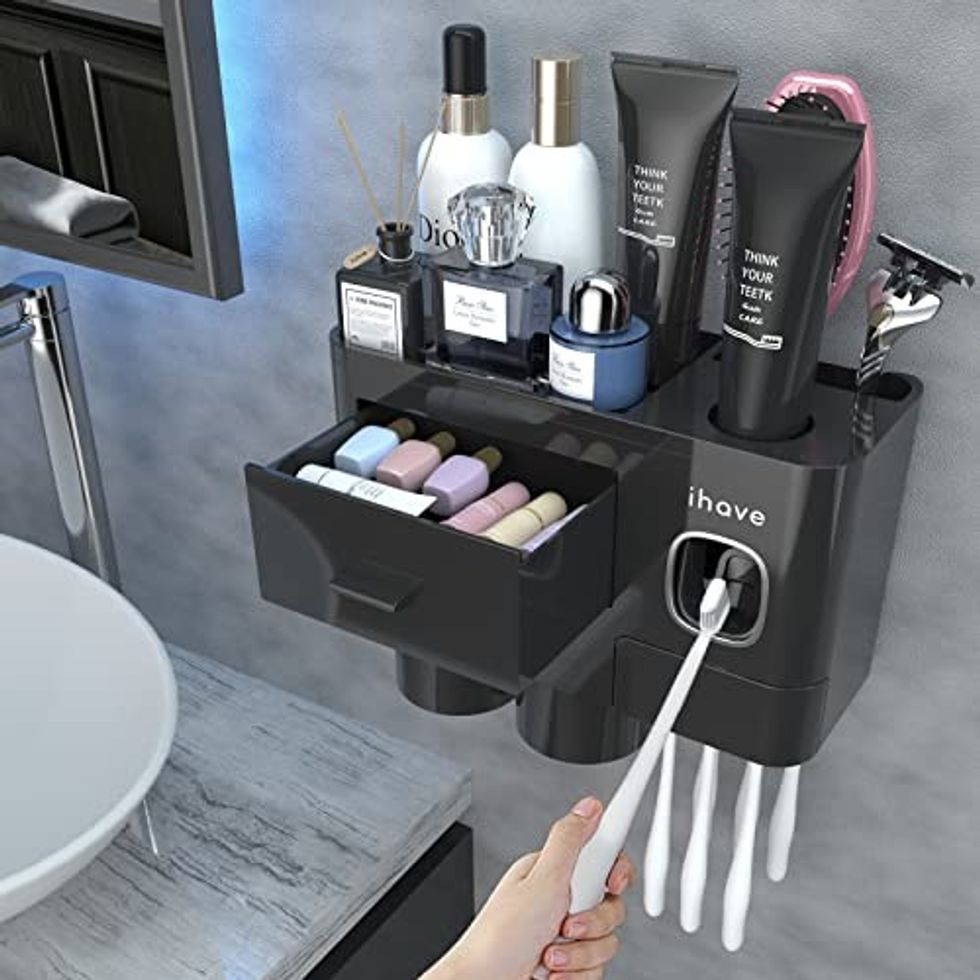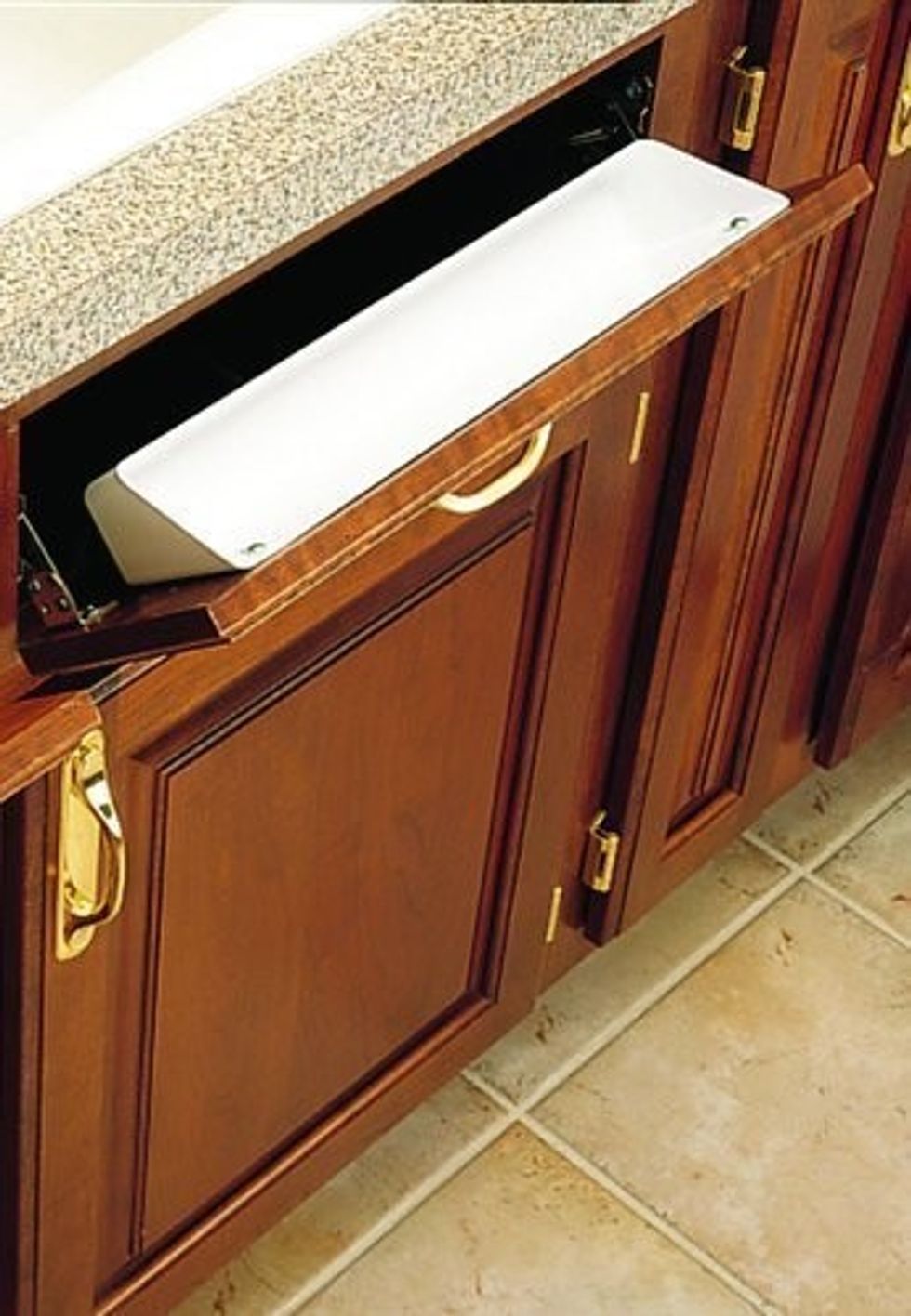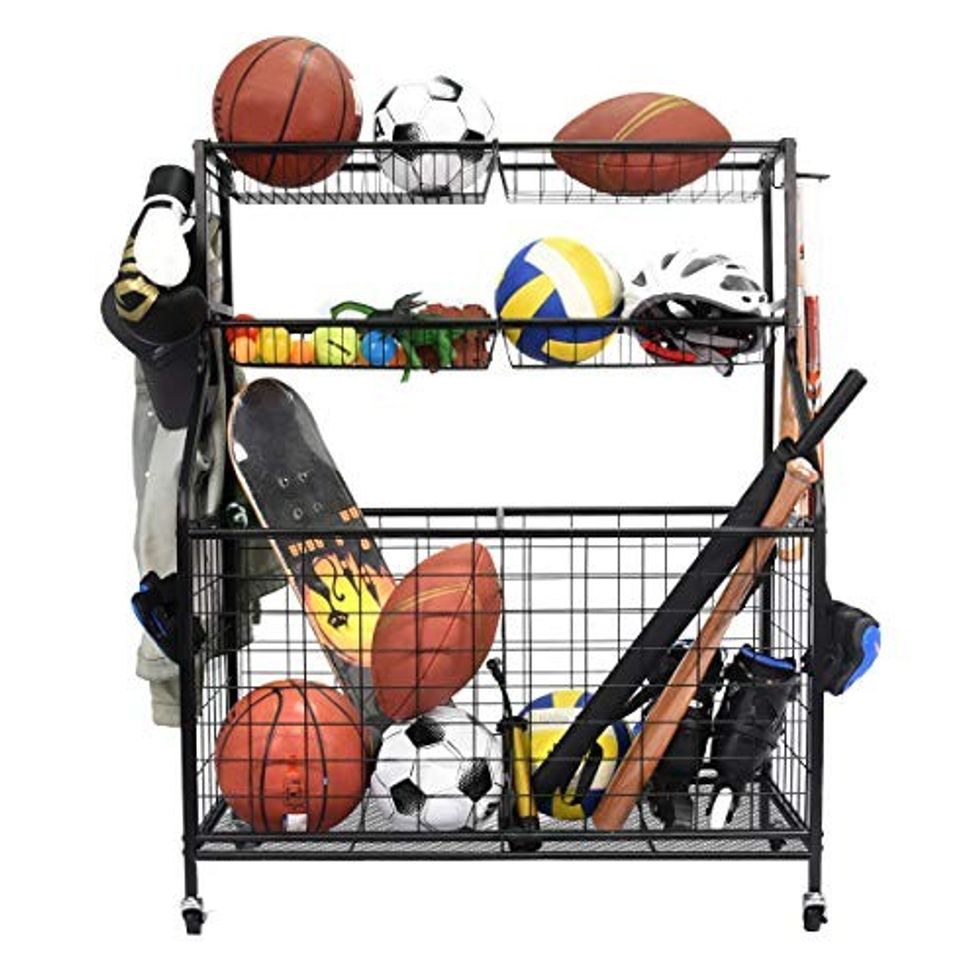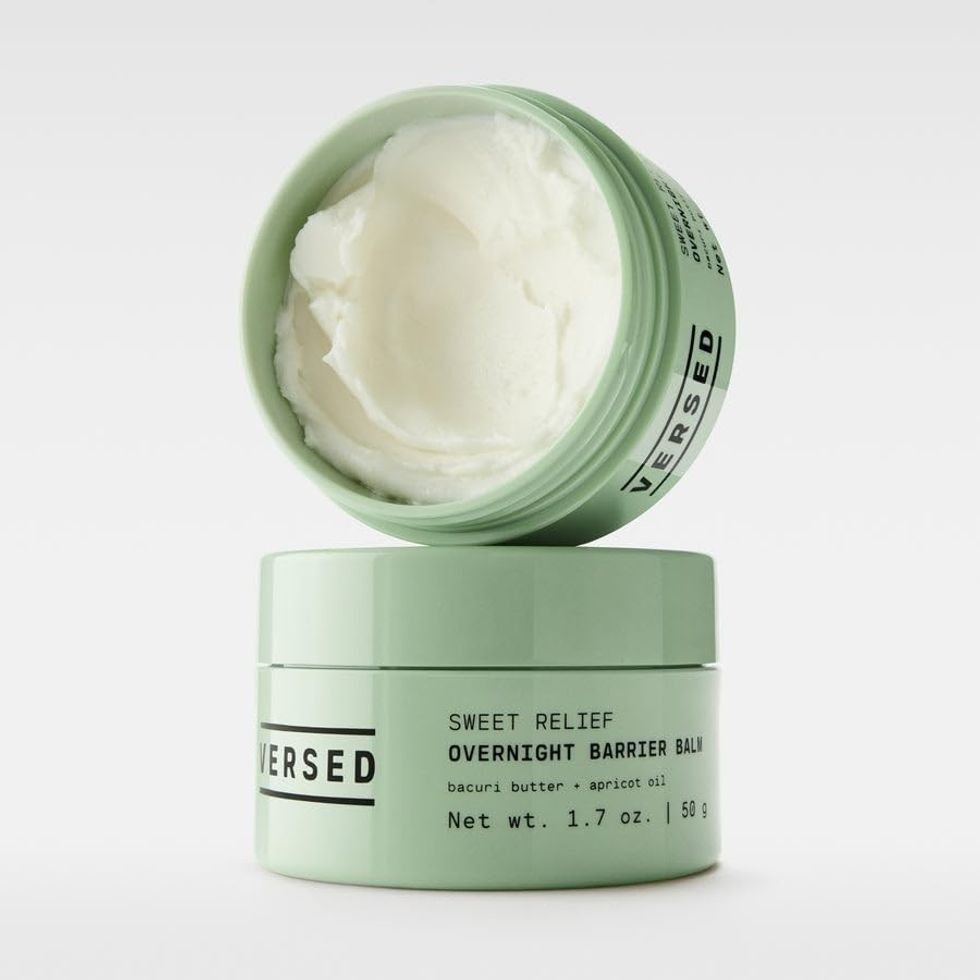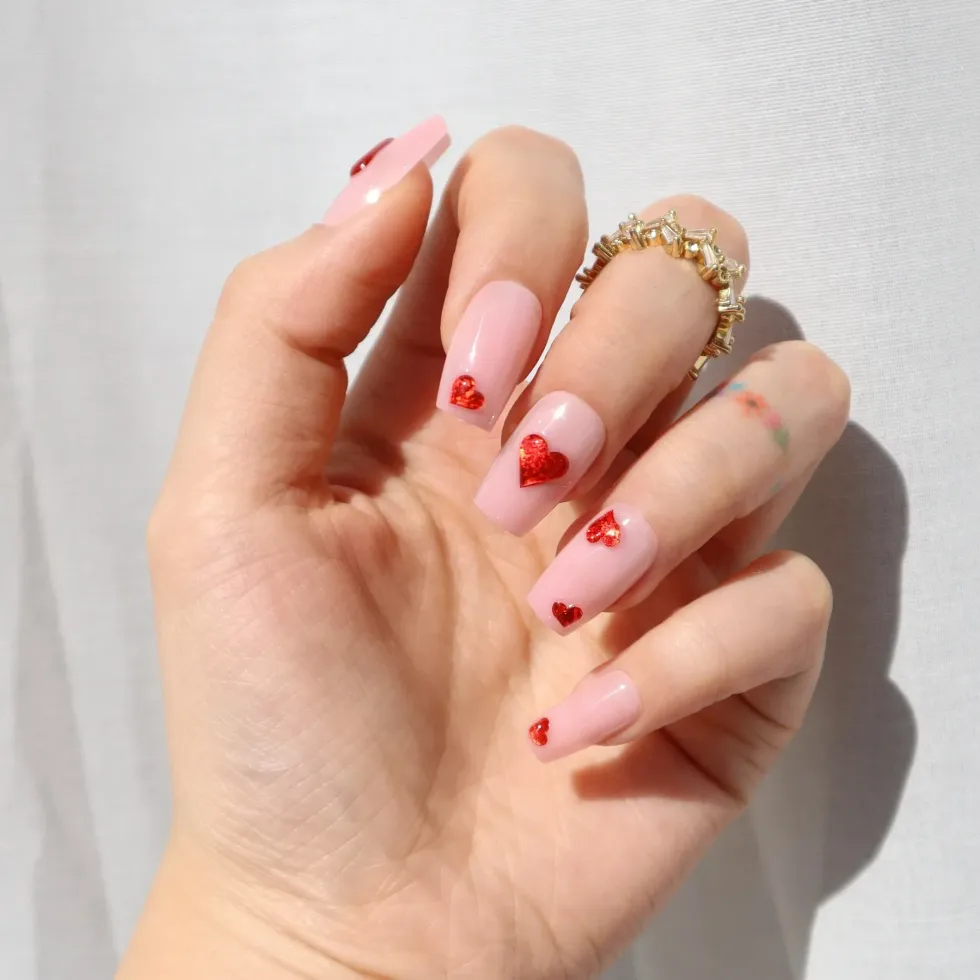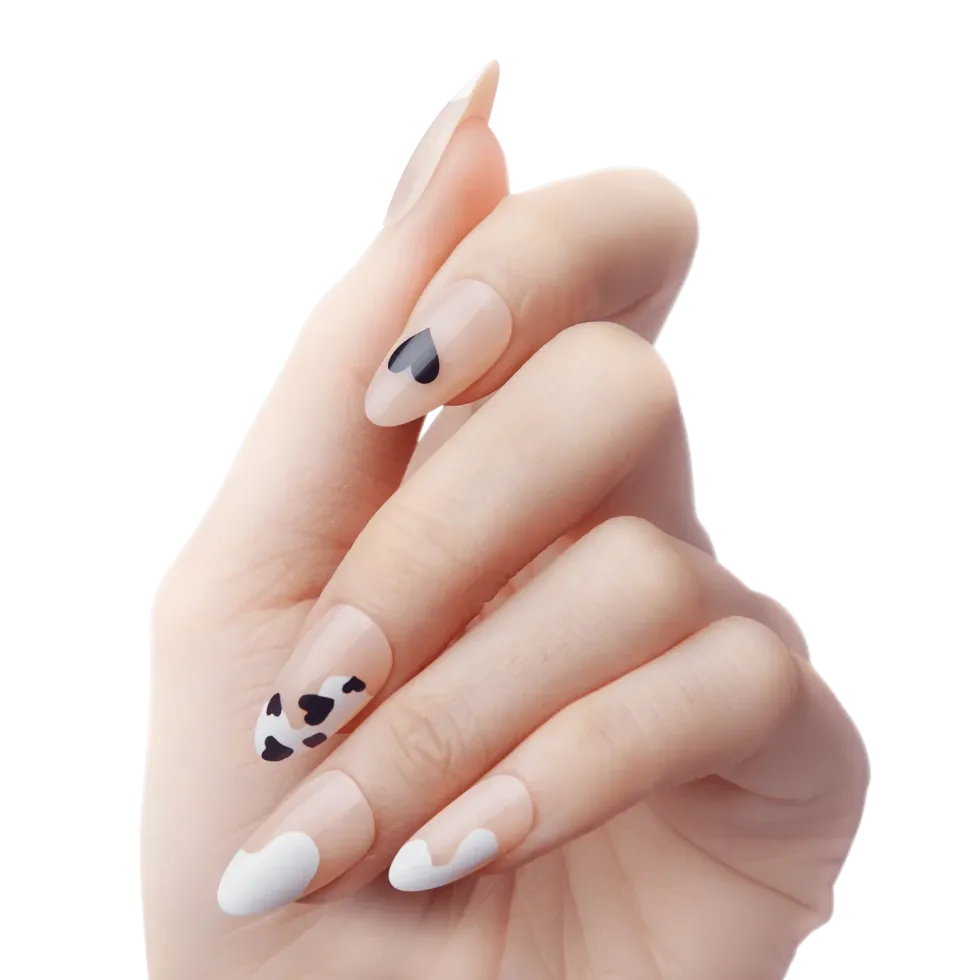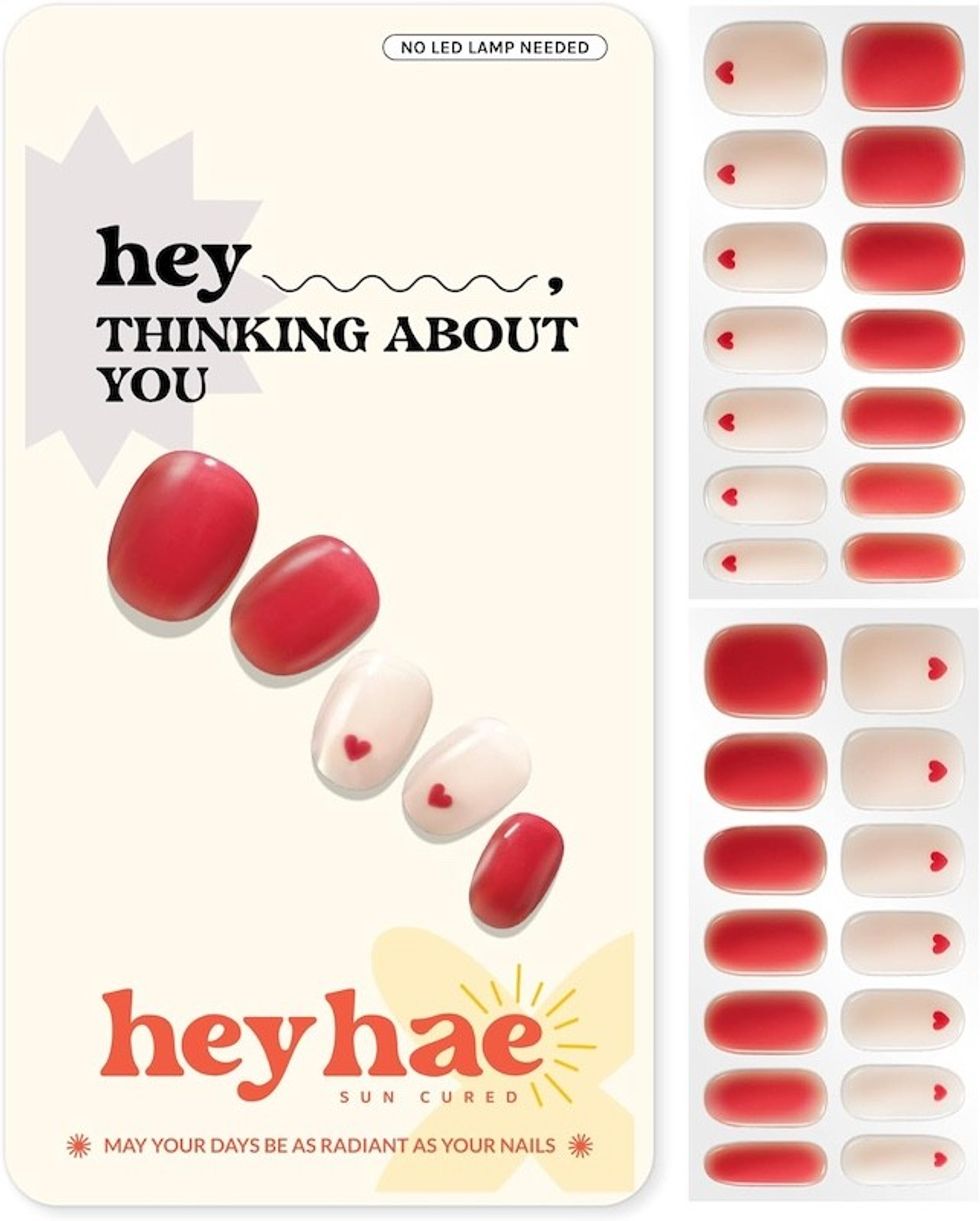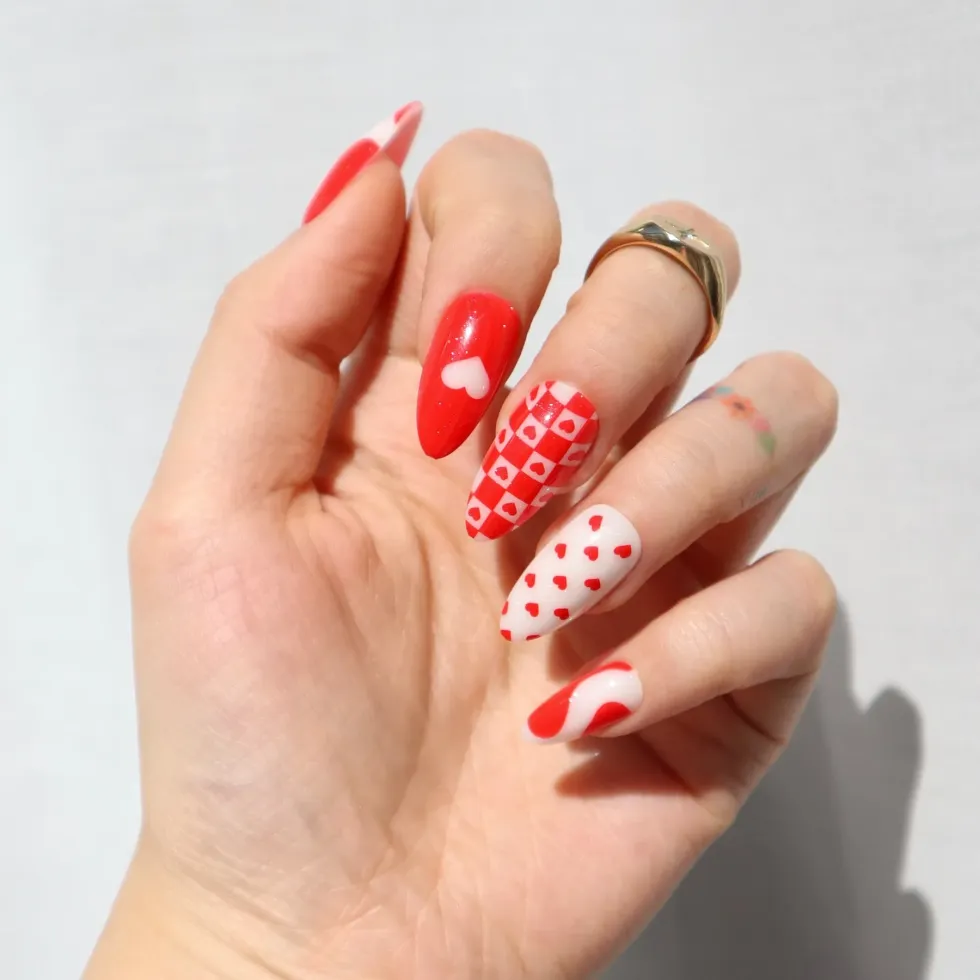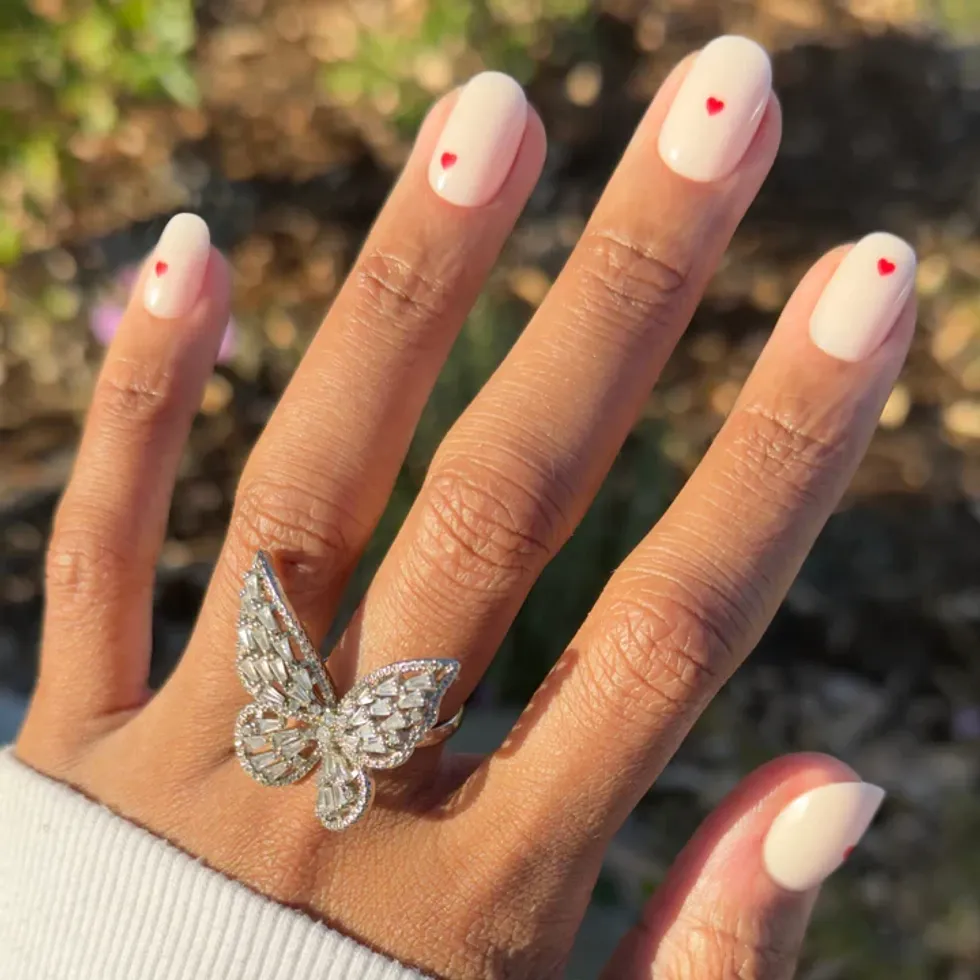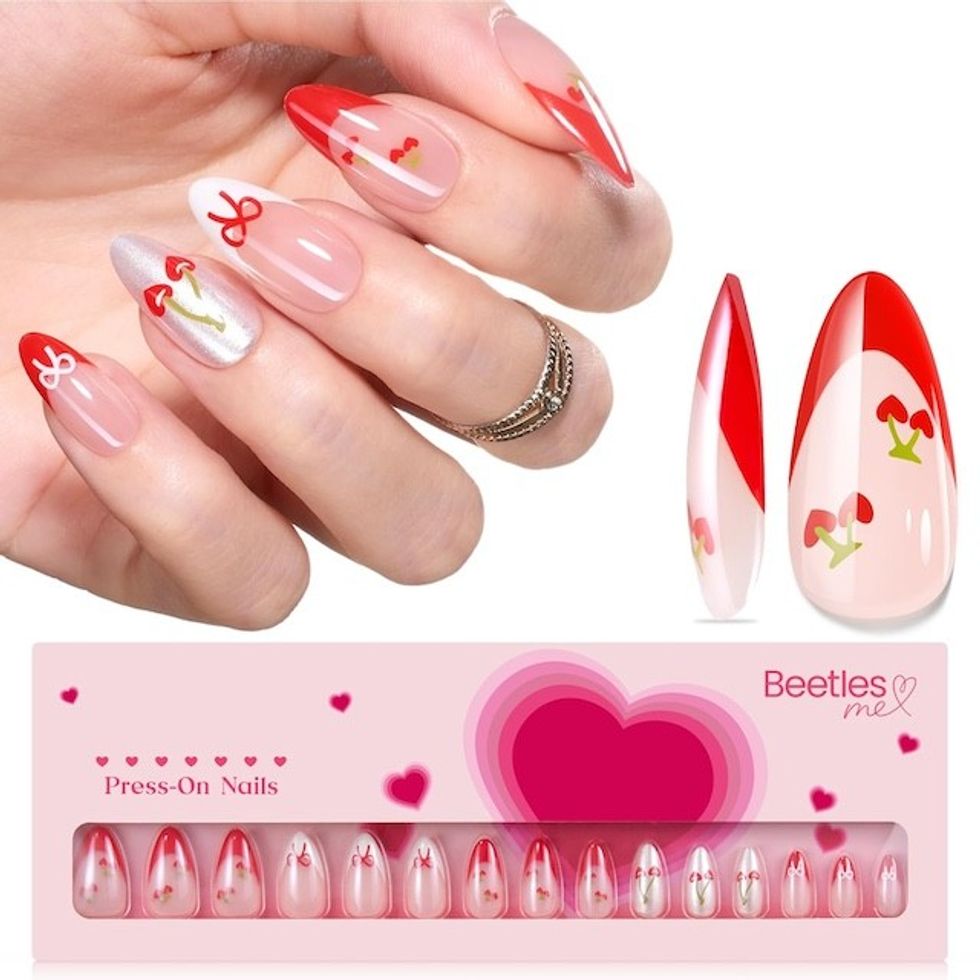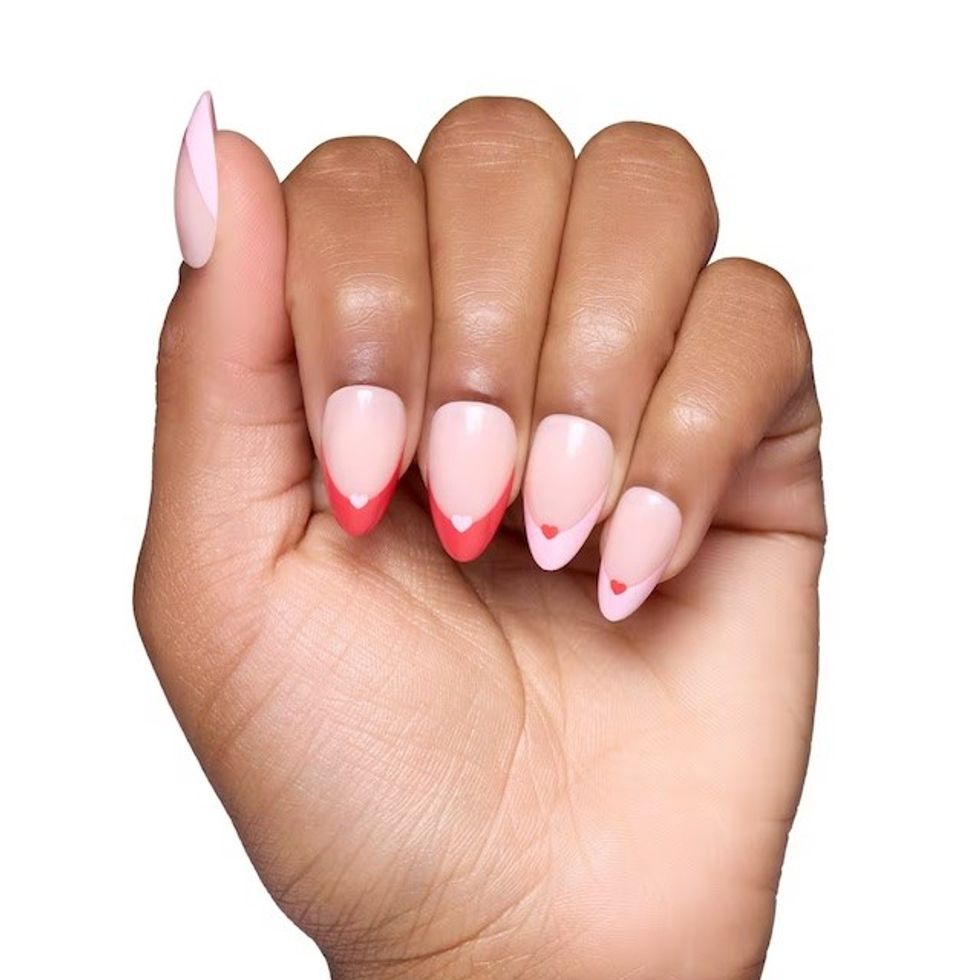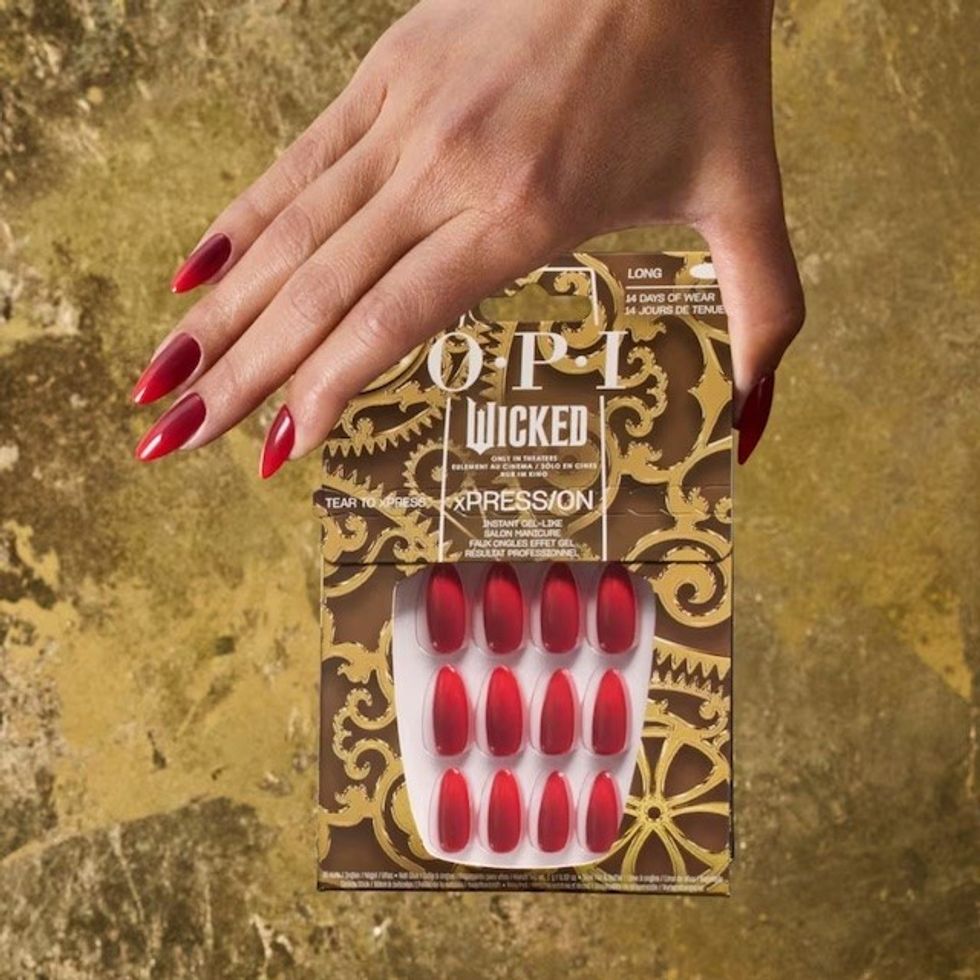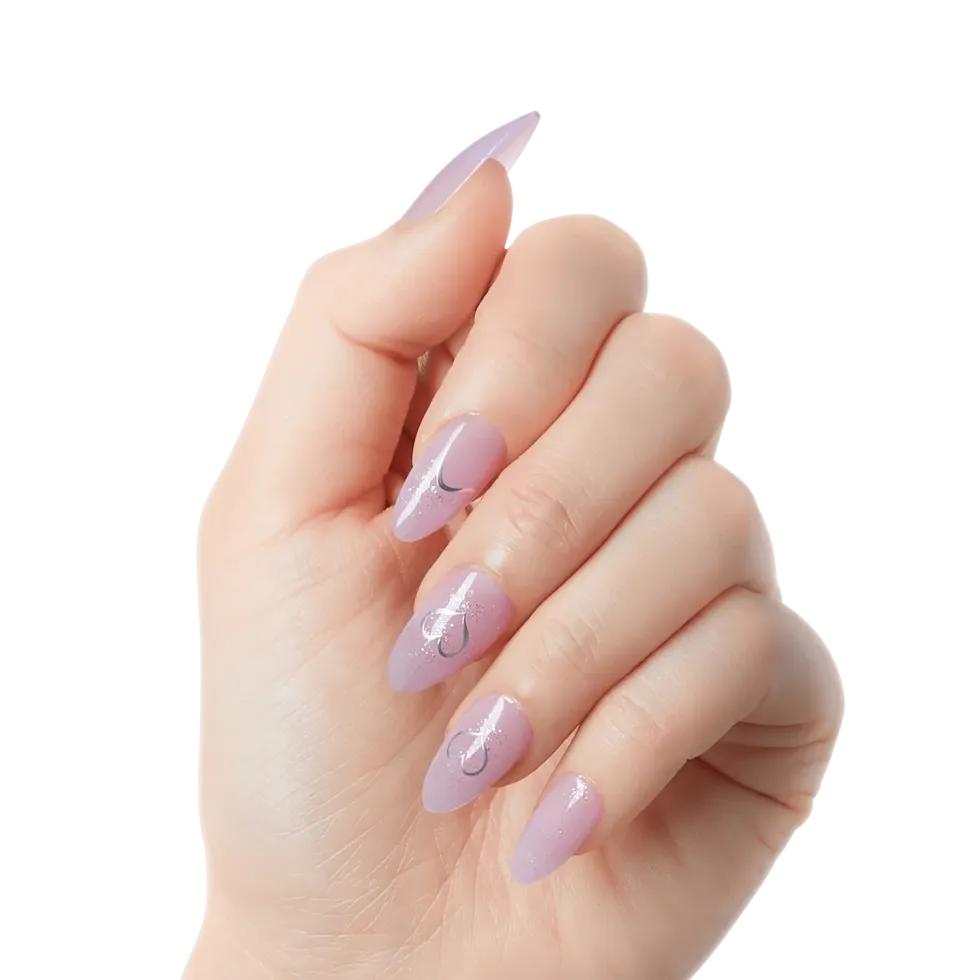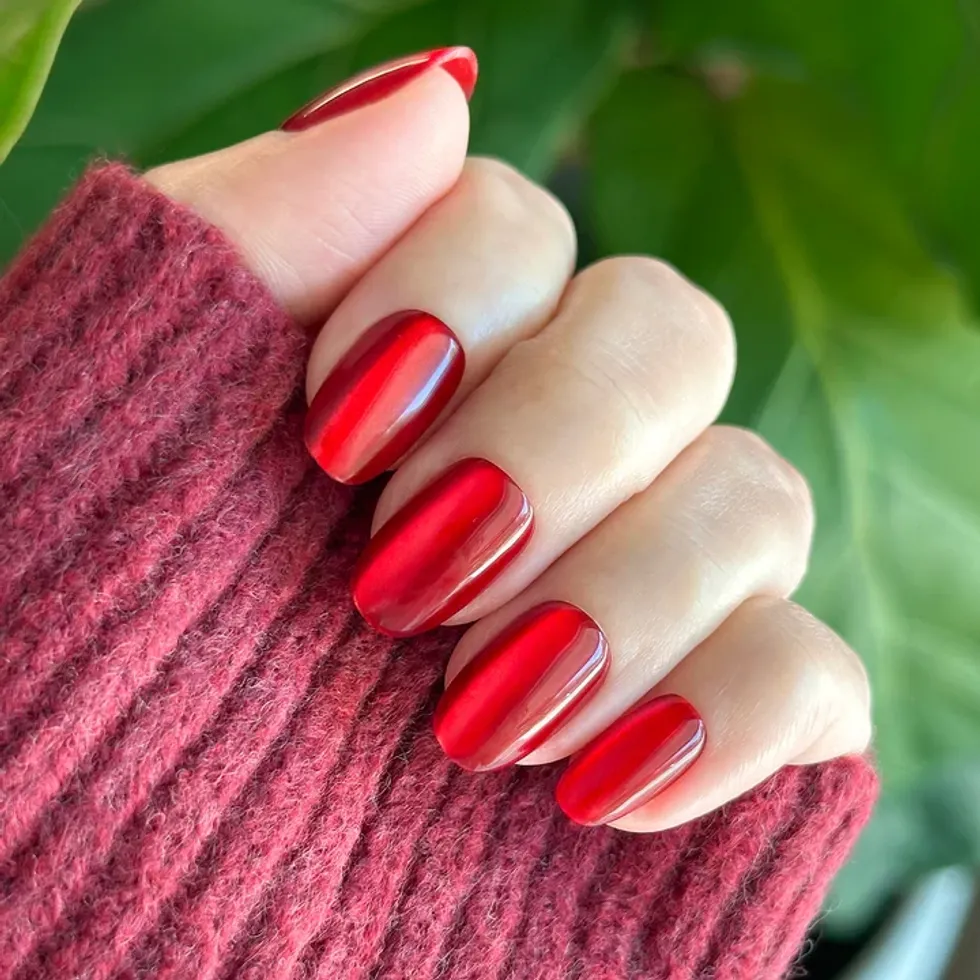Baby bootcamp is calling!
5 Easy Ways to Hold Your Baby to Help Them Get Stronger

You hold your baby all the time, right? You hold them while you walk around the house. You prop them on your knees while you’re in Netflix and chill mode. You cradle them while you eat or check your phone for messages. You probably even put them on your lap while you shop in the Brit + Co Shop. Make that baby-holding time work for you and your tiny babe with these five easy moves to help them get strong and meet their milestones.
Basic Training
 You can either prop your knees up and place your baby like she’s climbing a mountain, or put her on her tummy over a rolled-up blanket on the floor. (Her head should be higher than her feet.) Your job now is to hold her feet while she pushes. It should look like she’s an army recruit crawling under an obstacle. It’s natural for her to push their feet, and such good practice for learning to crawl. Tummy time is legit! It’s one of the best ways to build a baby’s core and help them hit their milestones.
You can either prop your knees up and place your baby like she’s climbing a mountain, or put her on her tummy over a rolled-up blanket on the floor. (Her head should be higher than her feet.) Your job now is to hold her feet while she pushes. It should look like she’s an army recruit crawling under an obstacle. It’s natural for her to push their feet, and such good practice for learning to crawl. Tummy time is legit! It’s one of the best ways to build a baby’s core and help them hit their milestones.
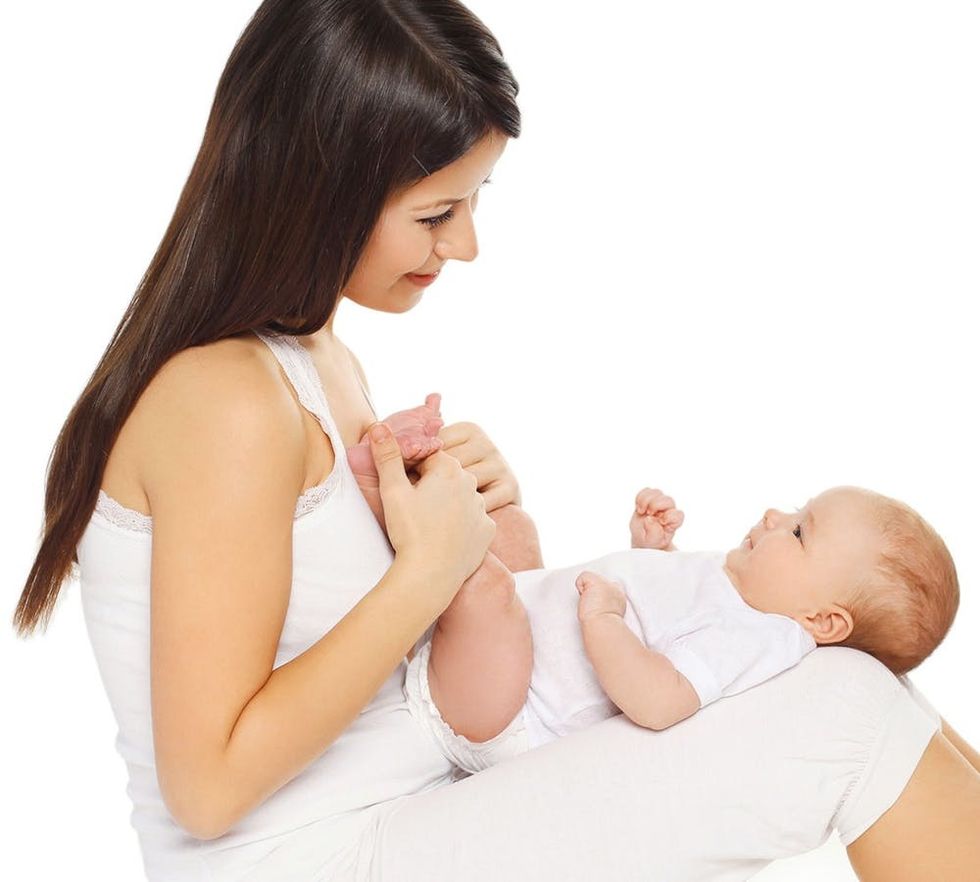
2. Crunches: This time baby is on your lap flat on her back with her head at your knees. Take her feet and try to touch her nose. Ouch! You may not be able to do this, but your baby can! It’s more fun if you count or sing. Alternate legs or hold a favorite toy for her to kick for added fun.

3. Slider: Prop your baby on your knees. She should look like she’s getting ready to go down a slide. In this position, you can help her do jumping jacks, arm raises, deep knee bends or any other cheerleader moves you know. Turn on the music and start moving.

4. The Football: Lay your baby across your forearm or knees face down. All you have to do now is pat her on the back. If she’s wide awake, she’ll automatically try to raise her head, arch her back and stretch her arms and legs. She might look like a sea turtle, but it’s good for her!
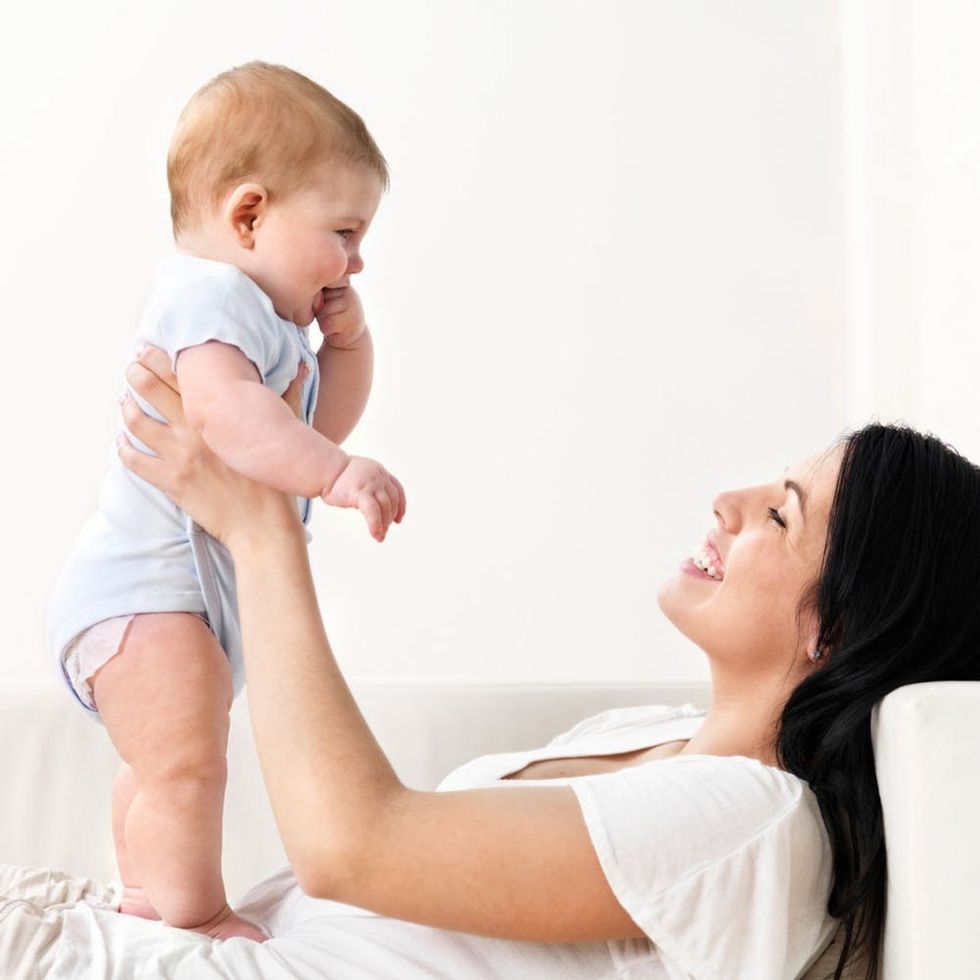
5. Face to Face: Sit down and hold your baby under their armpits facing you. Barely let her feet touch your thighs. (This is a secret workout for your arms!) Let her bounce as much as she wants. Support her when she stops bouncing and she should be in a standing position. This is good practice for standing on her own.
























